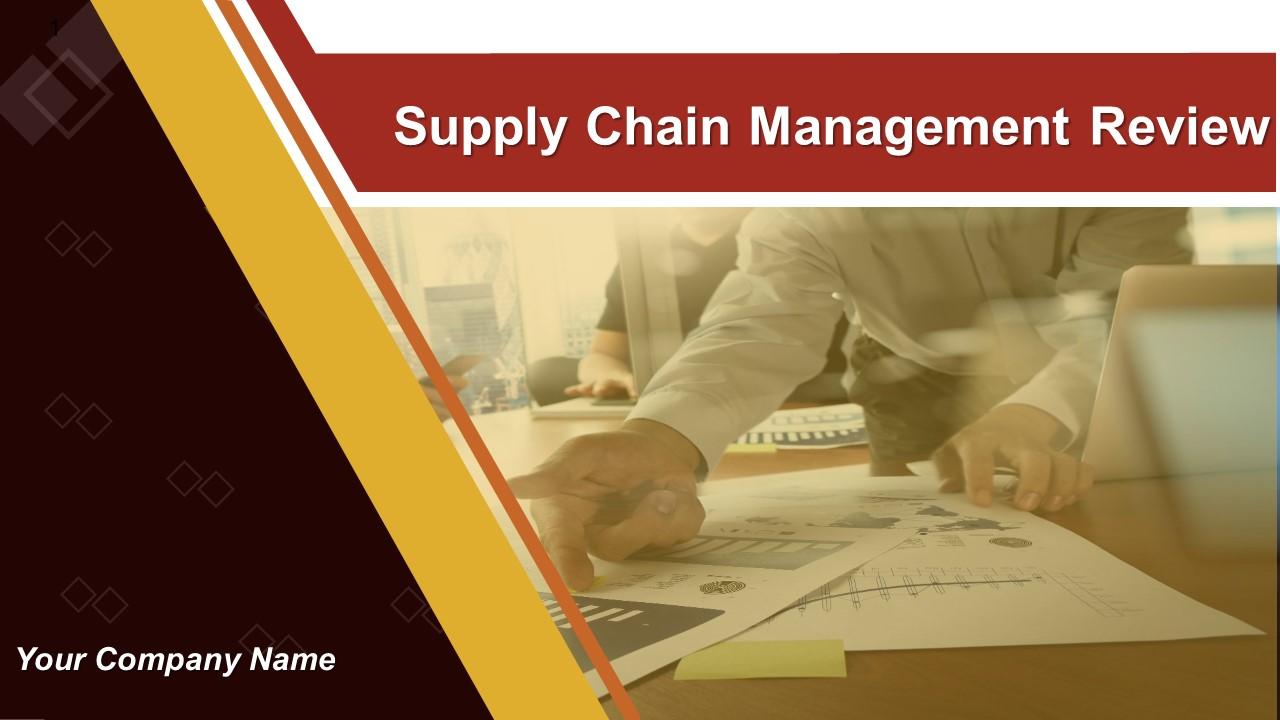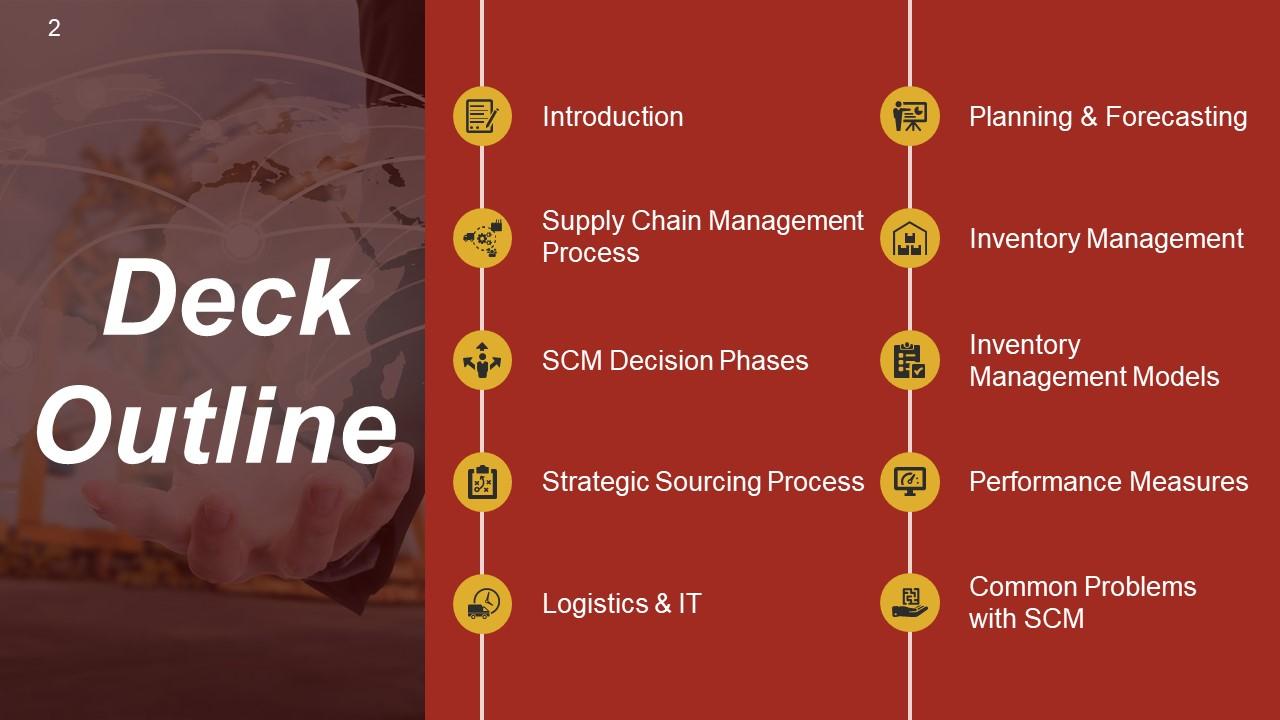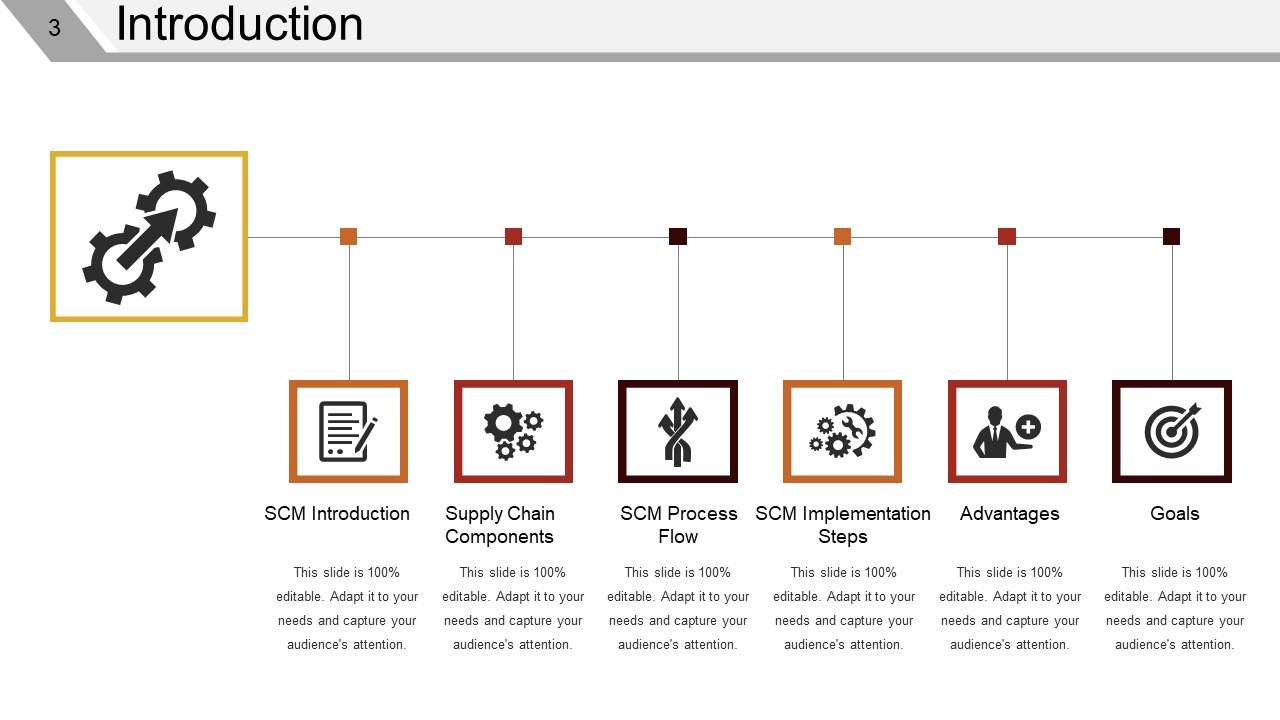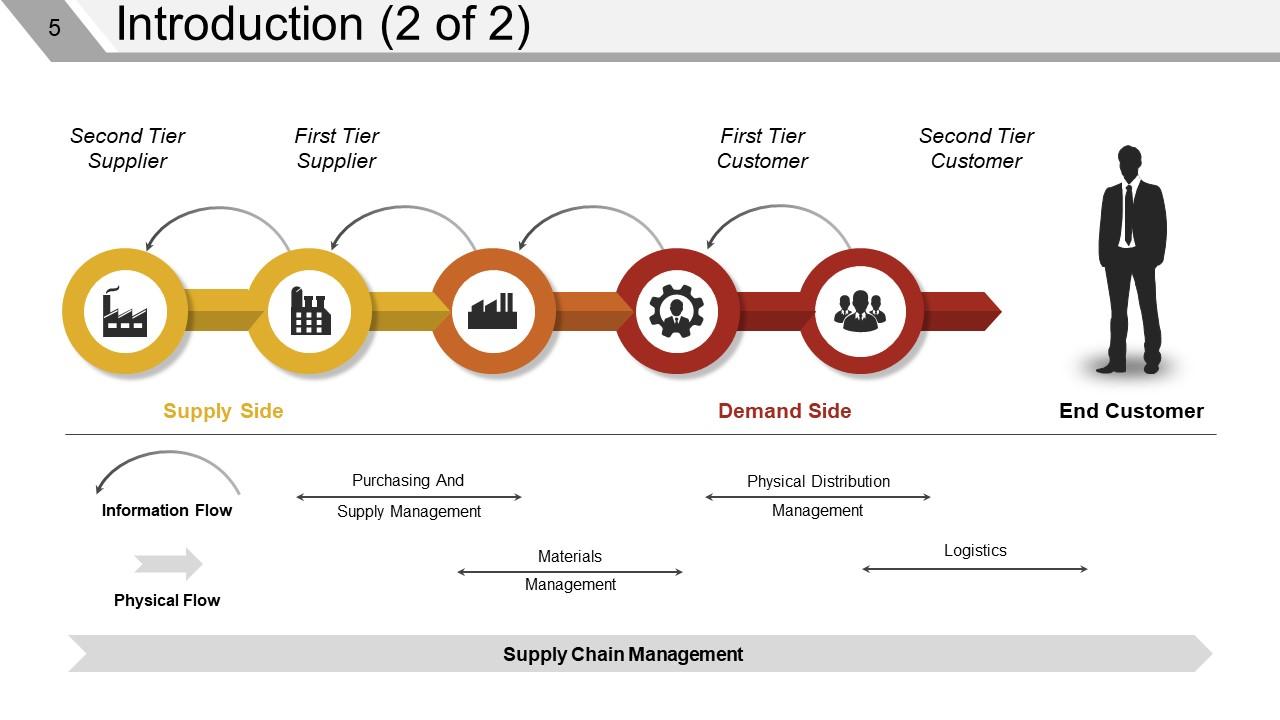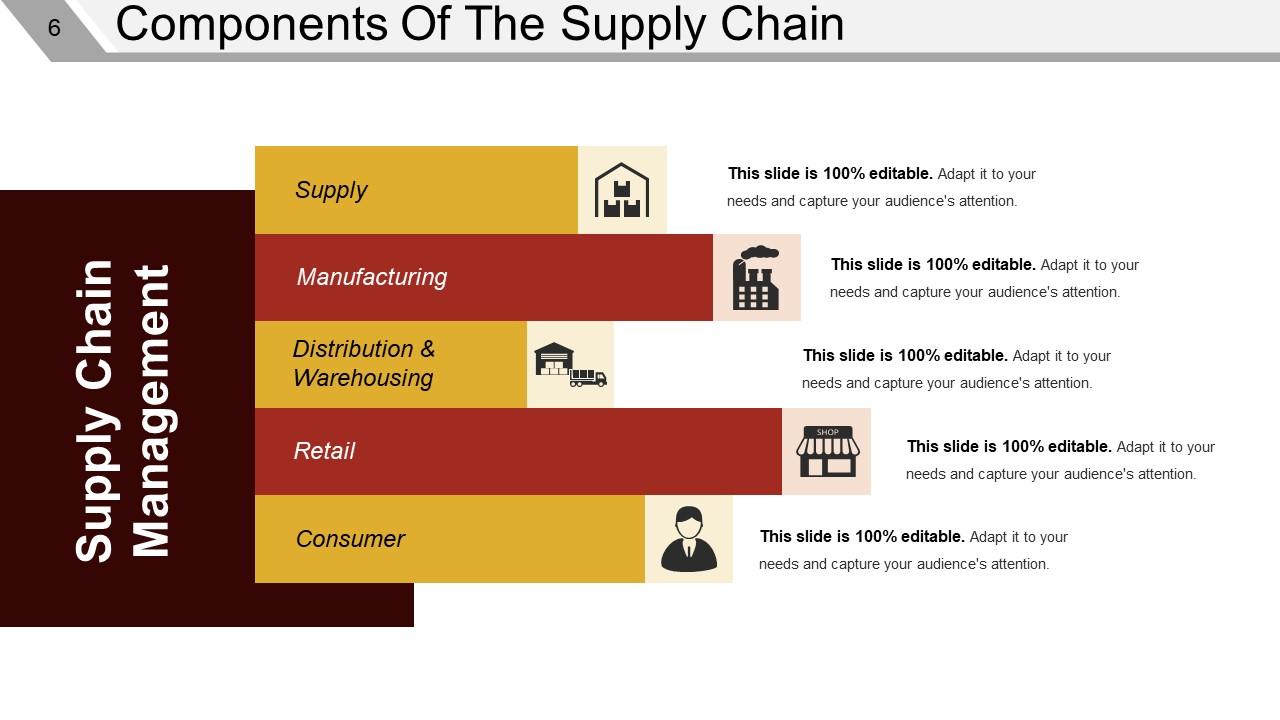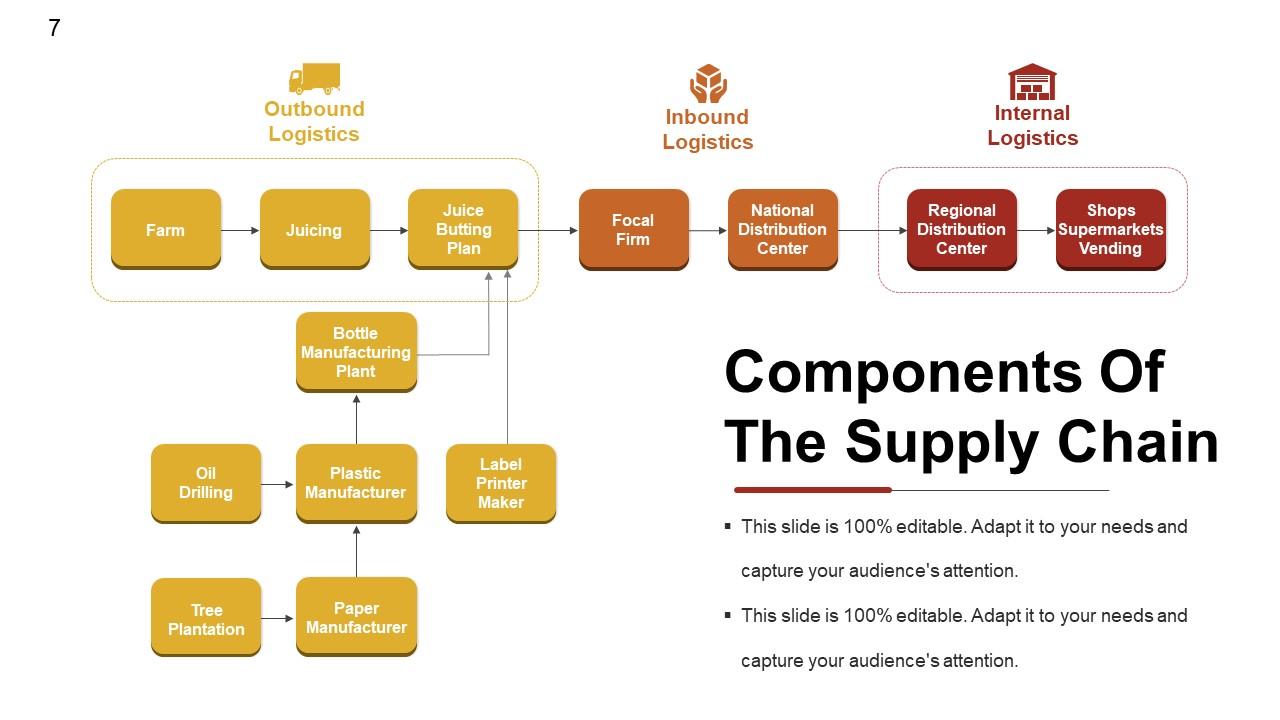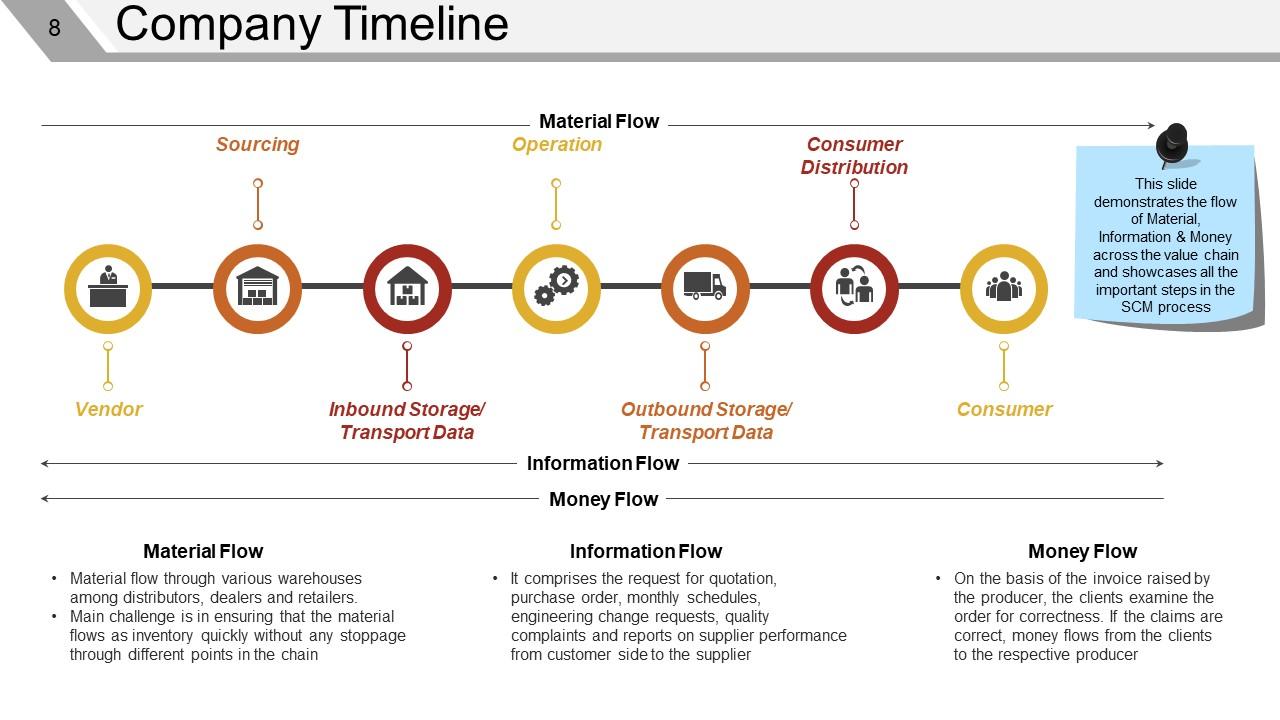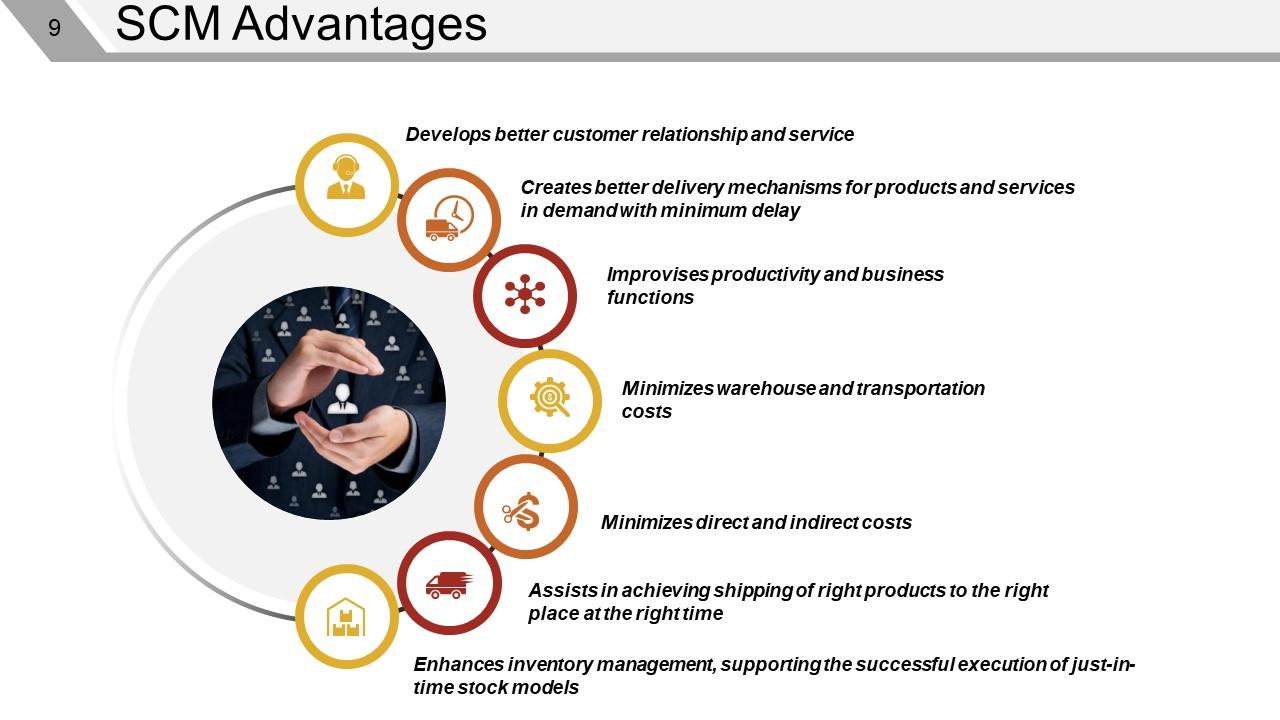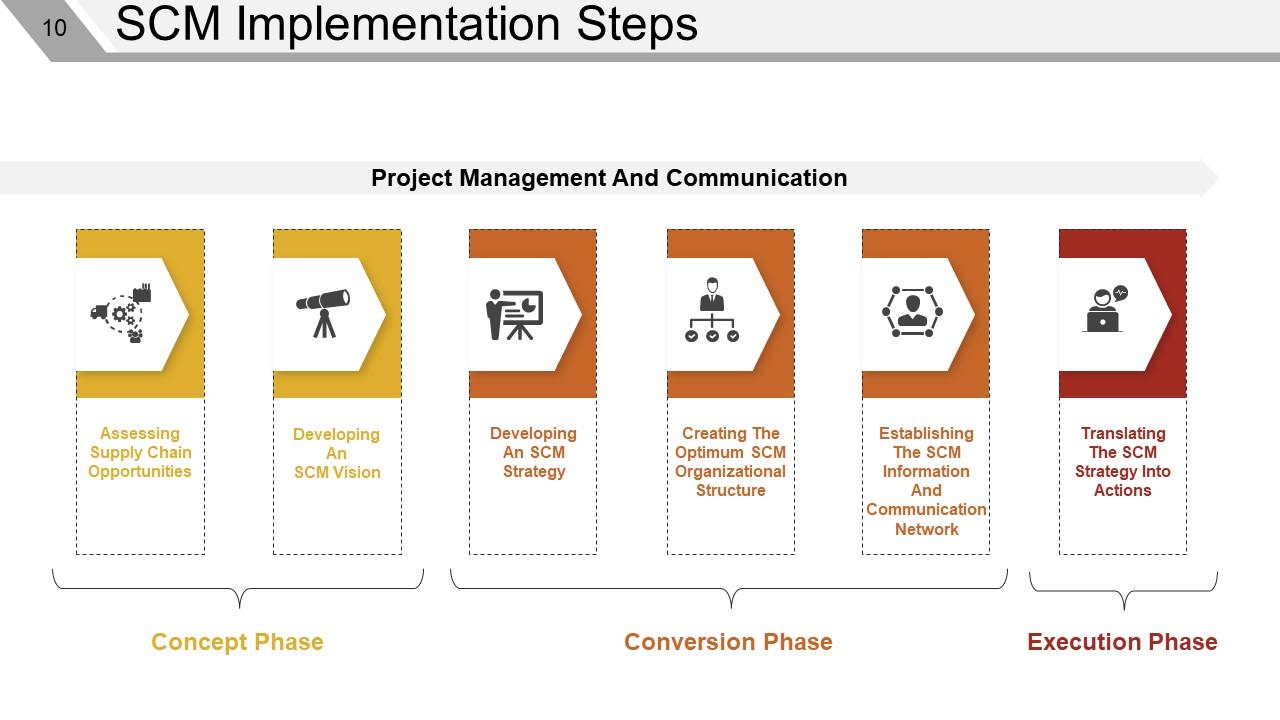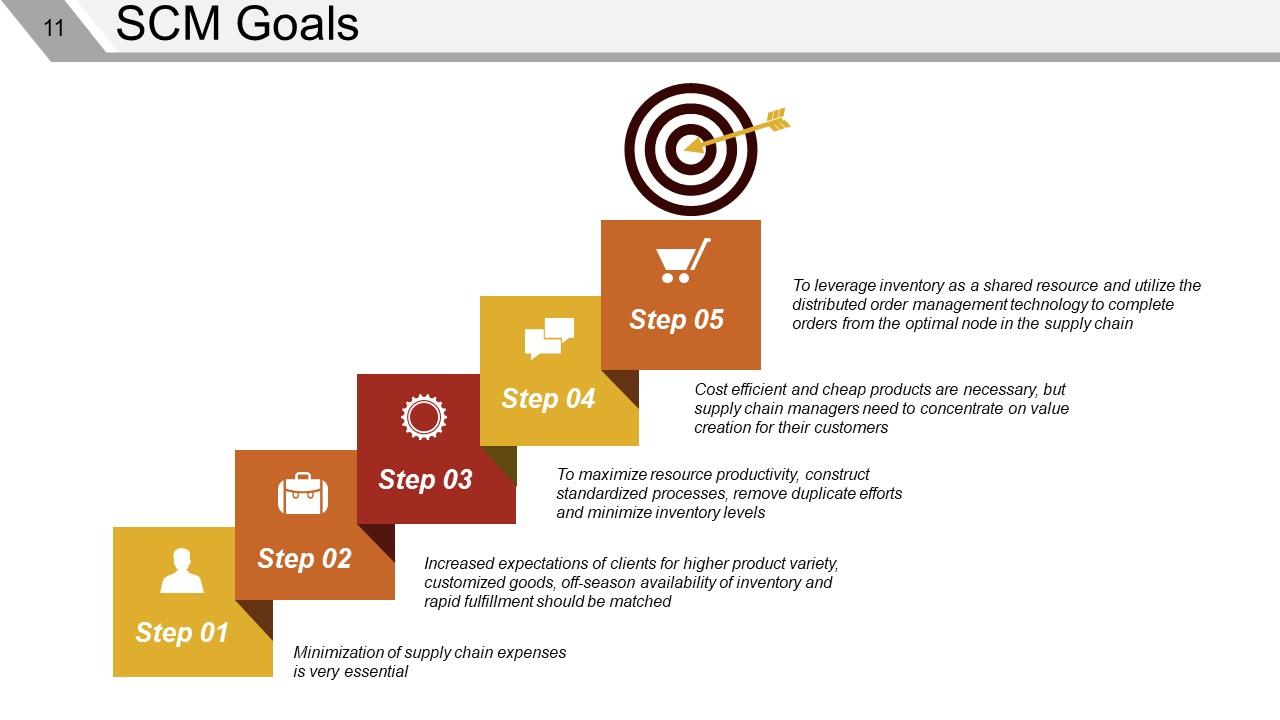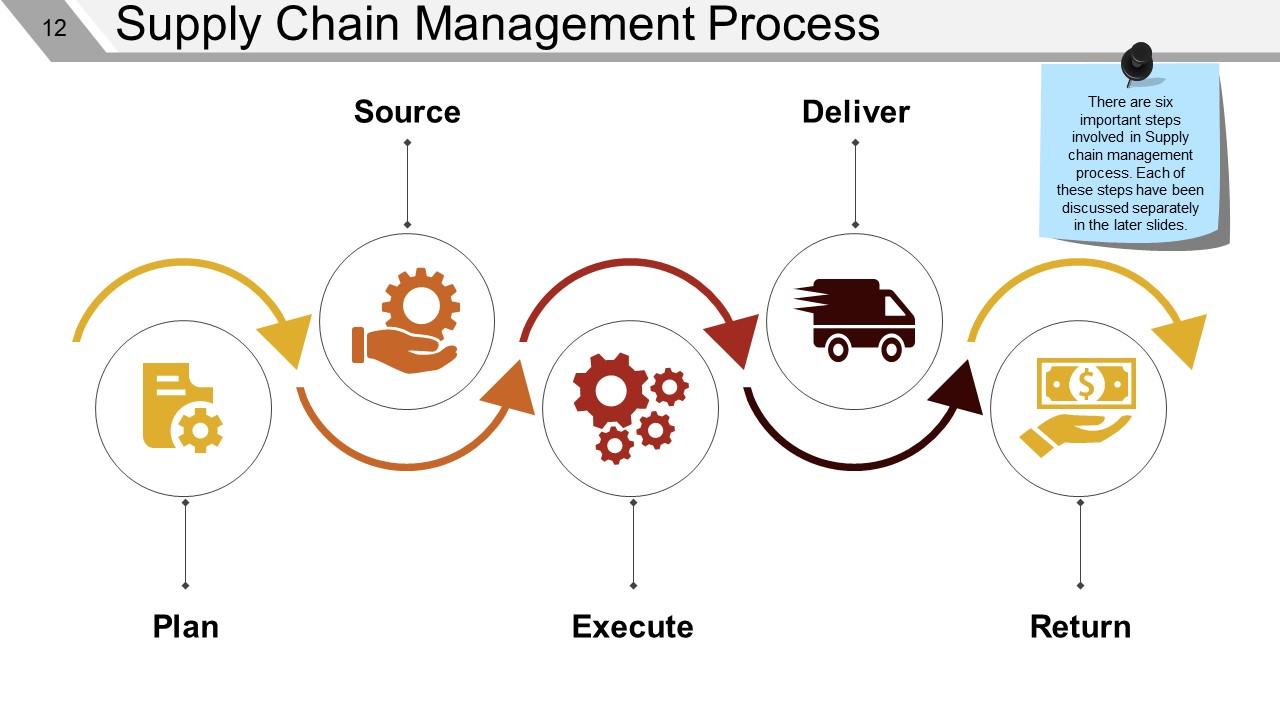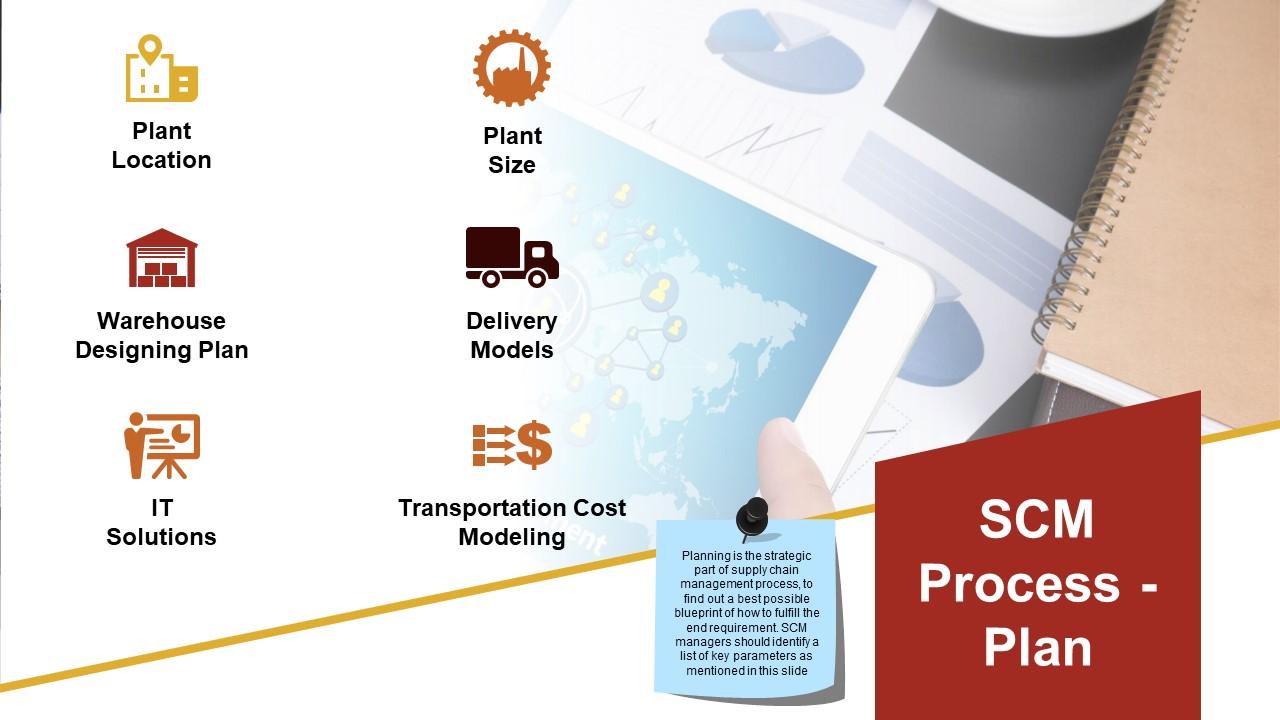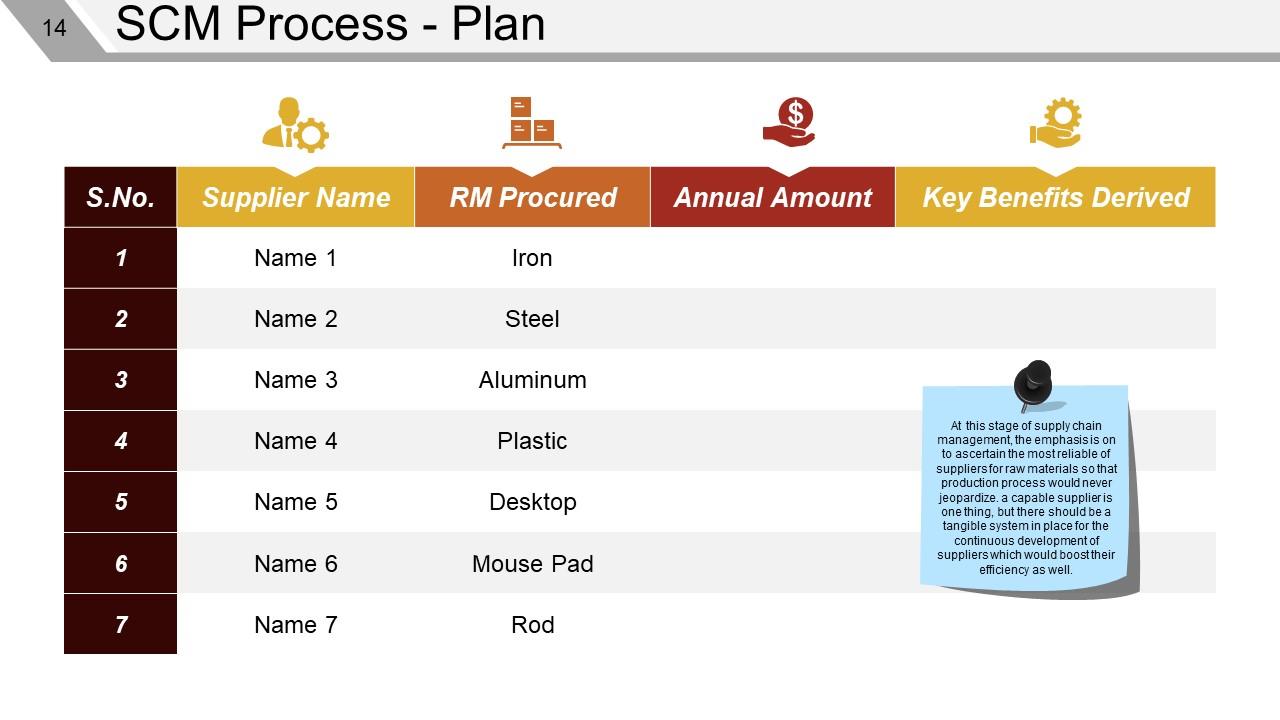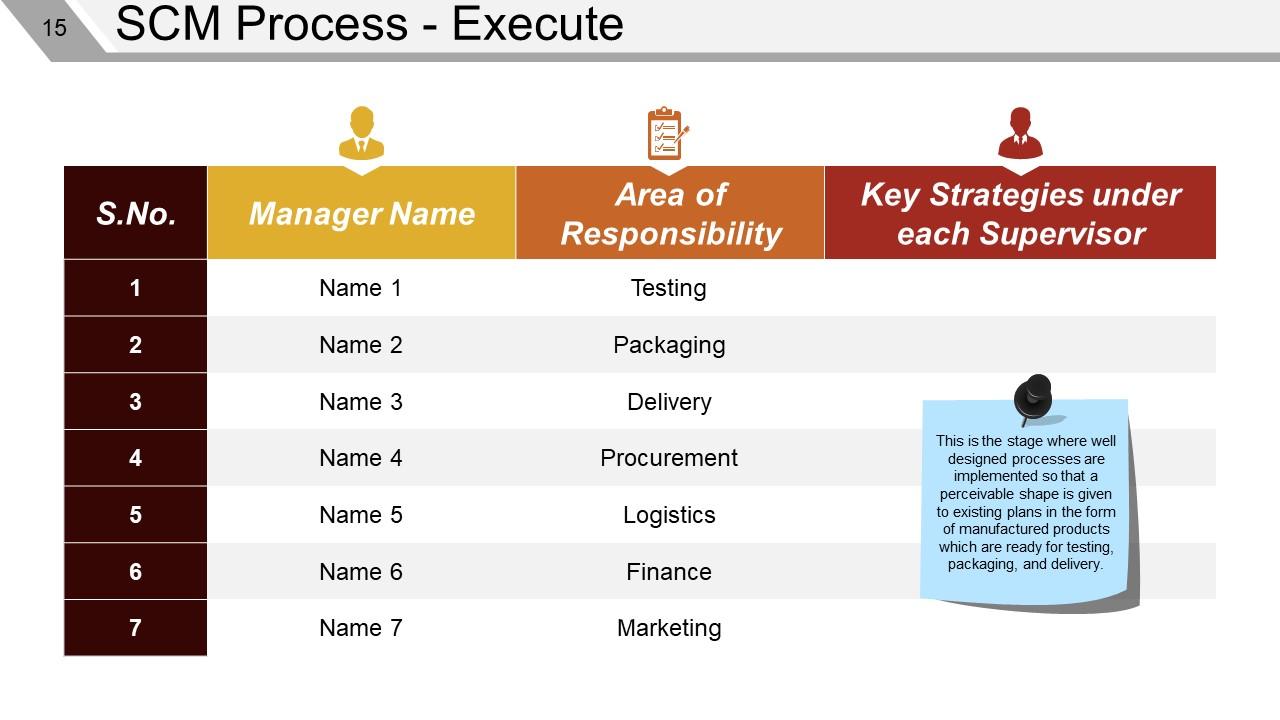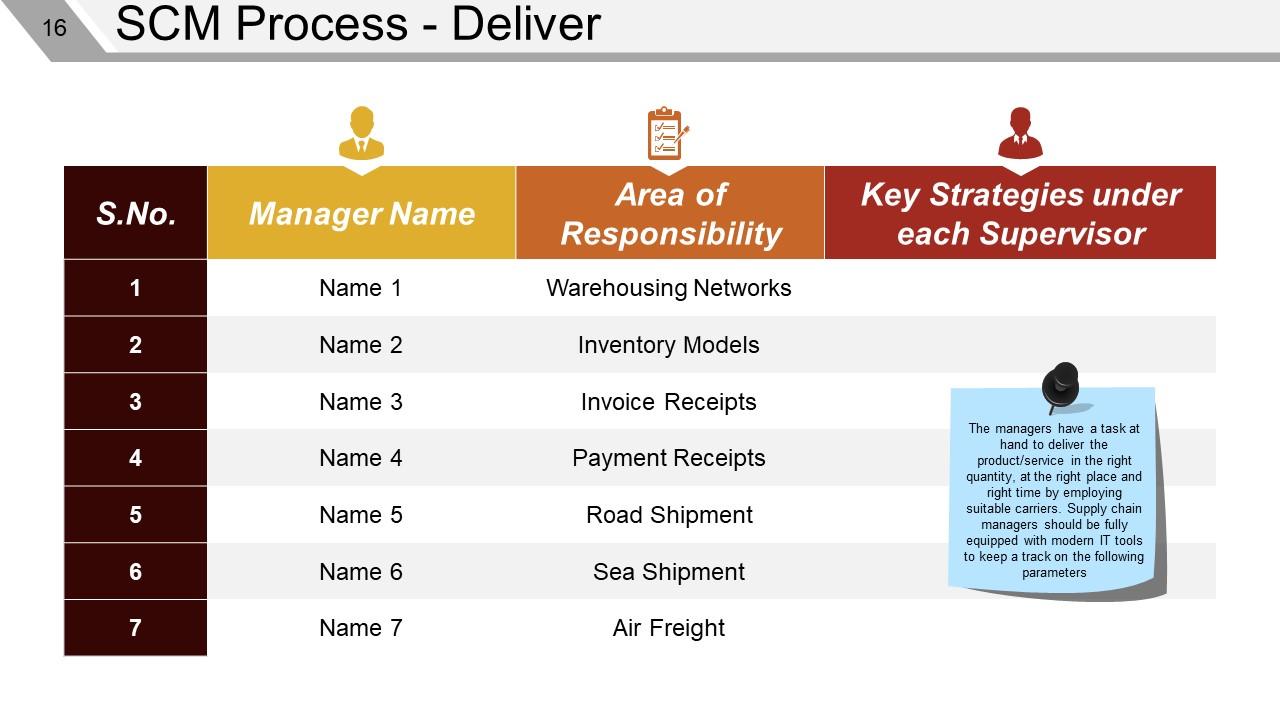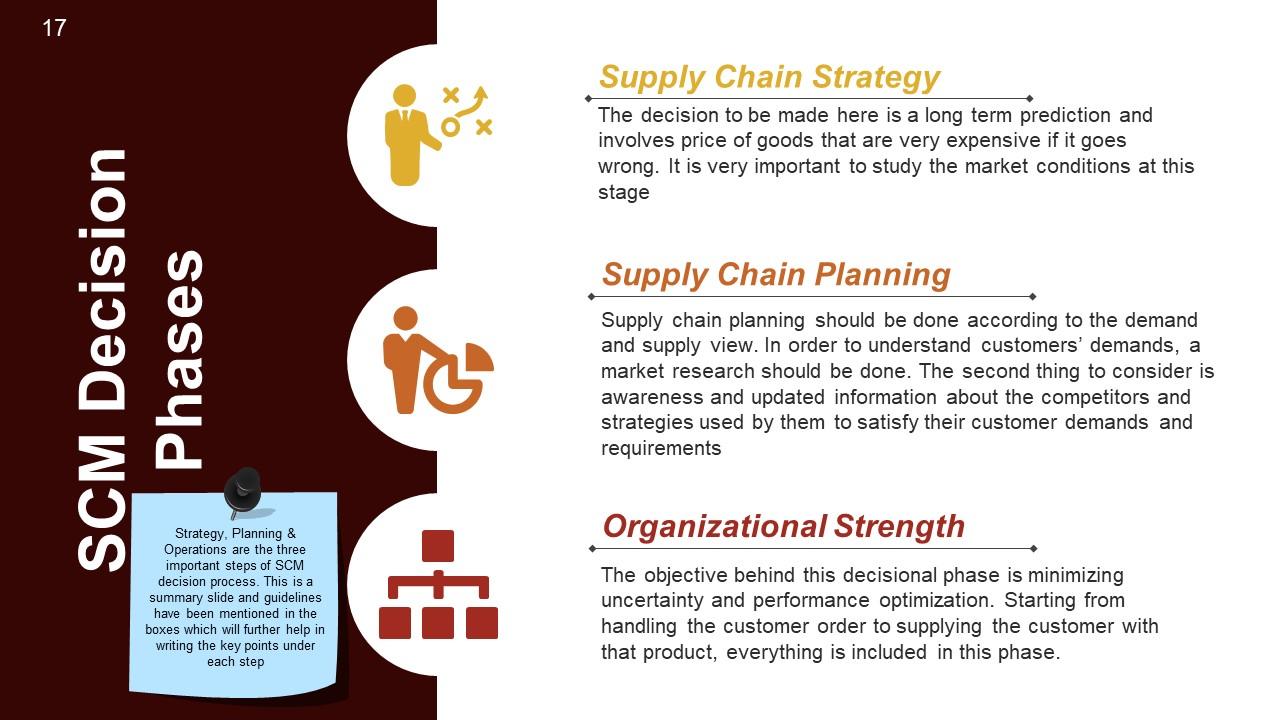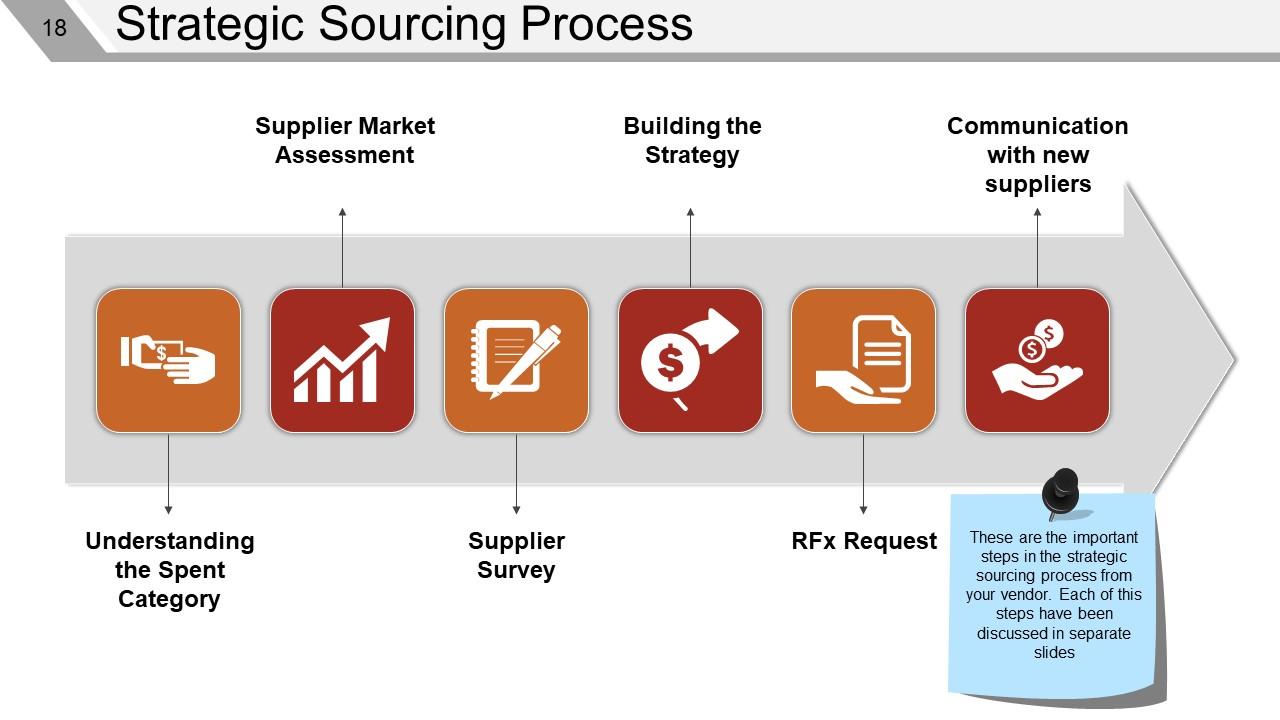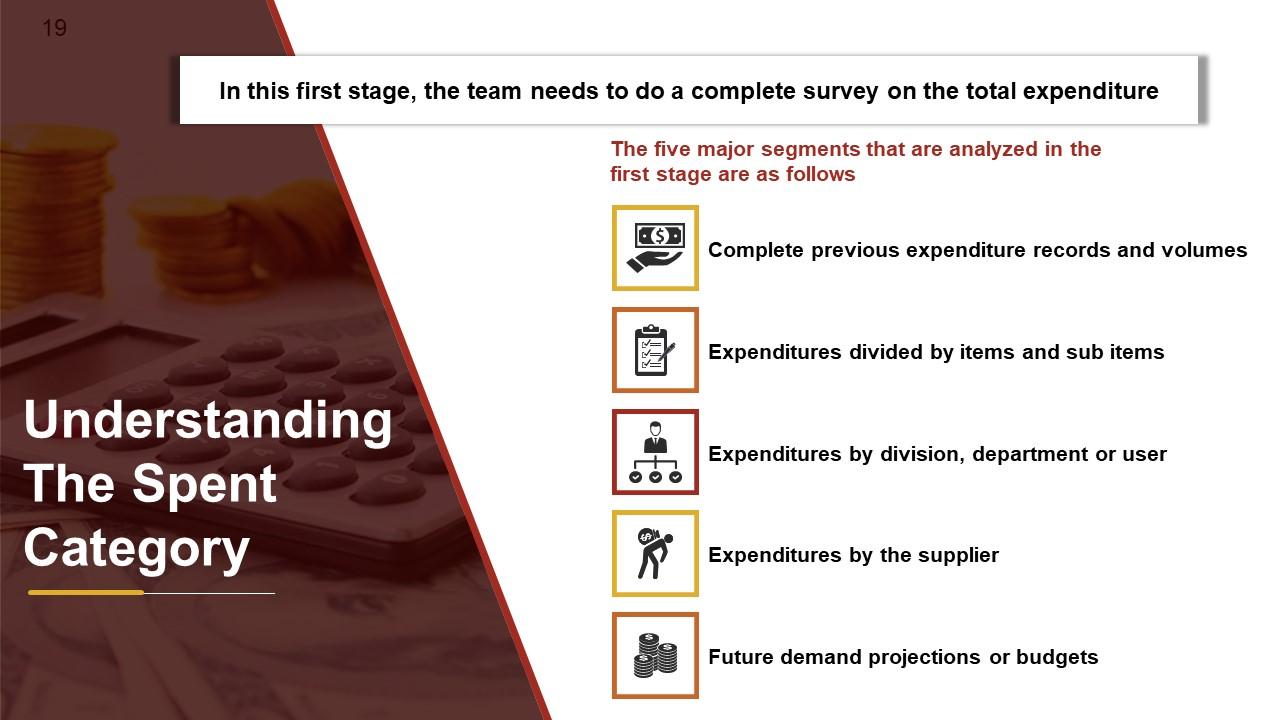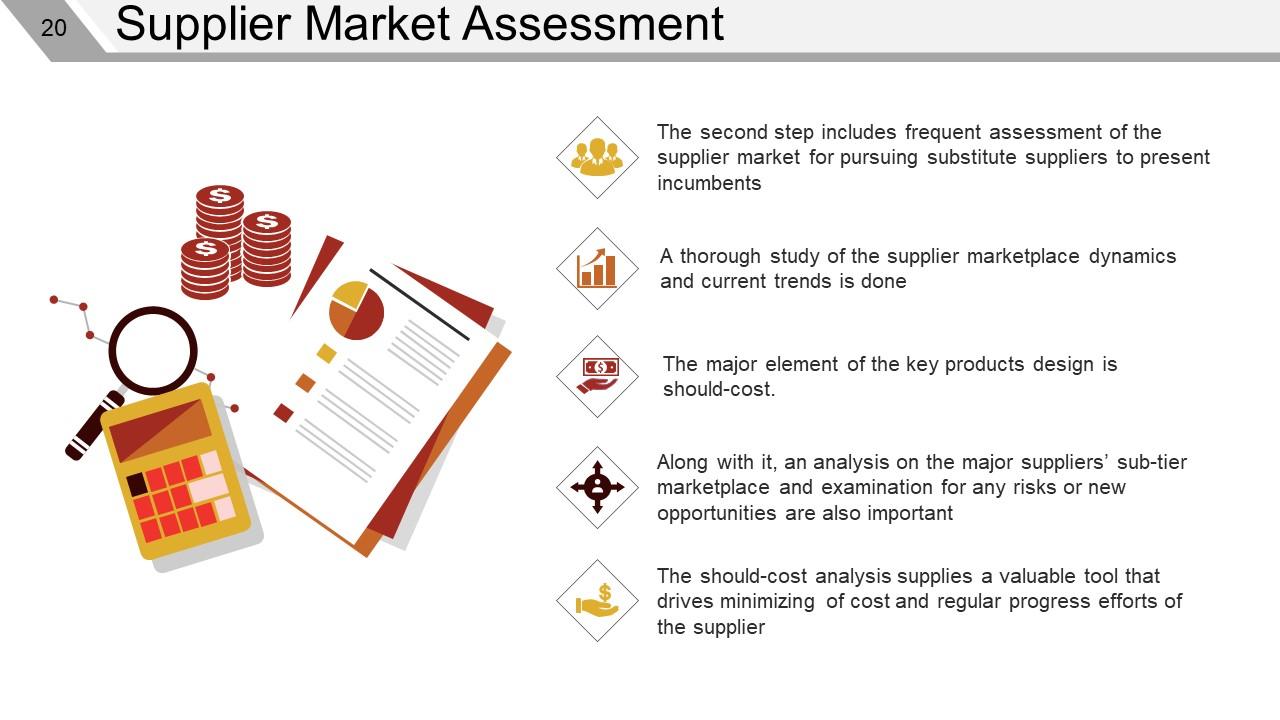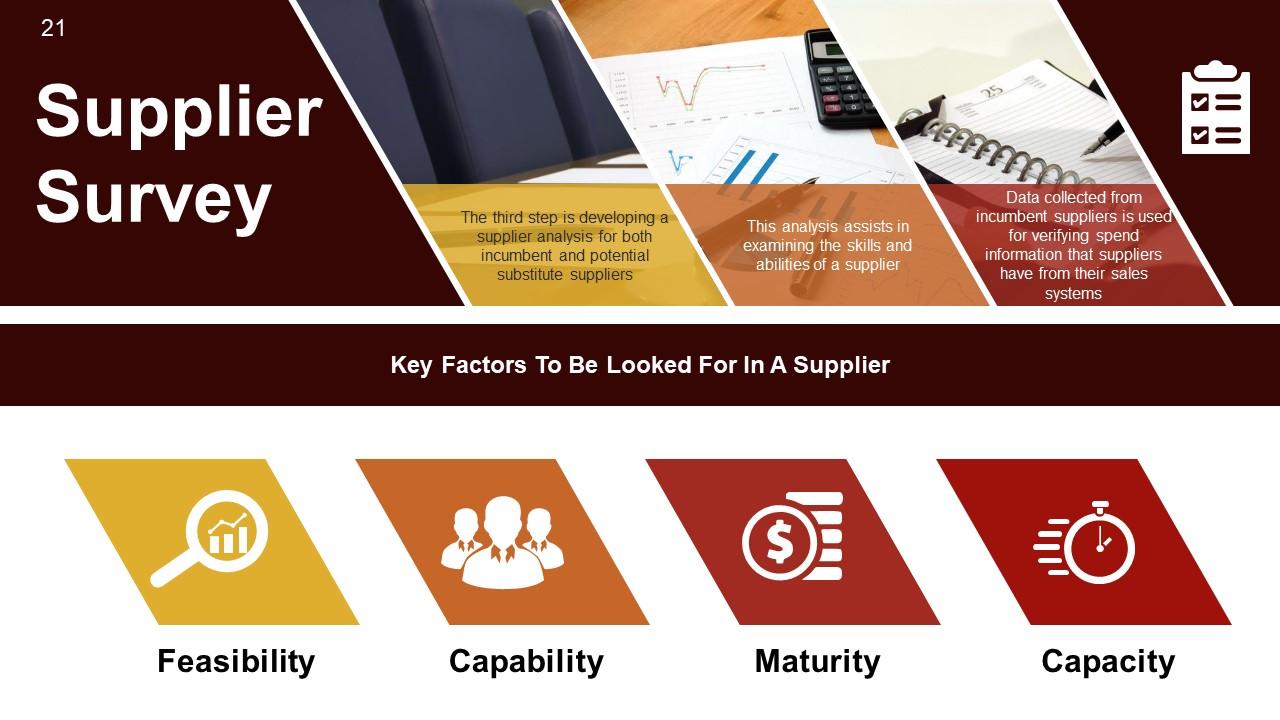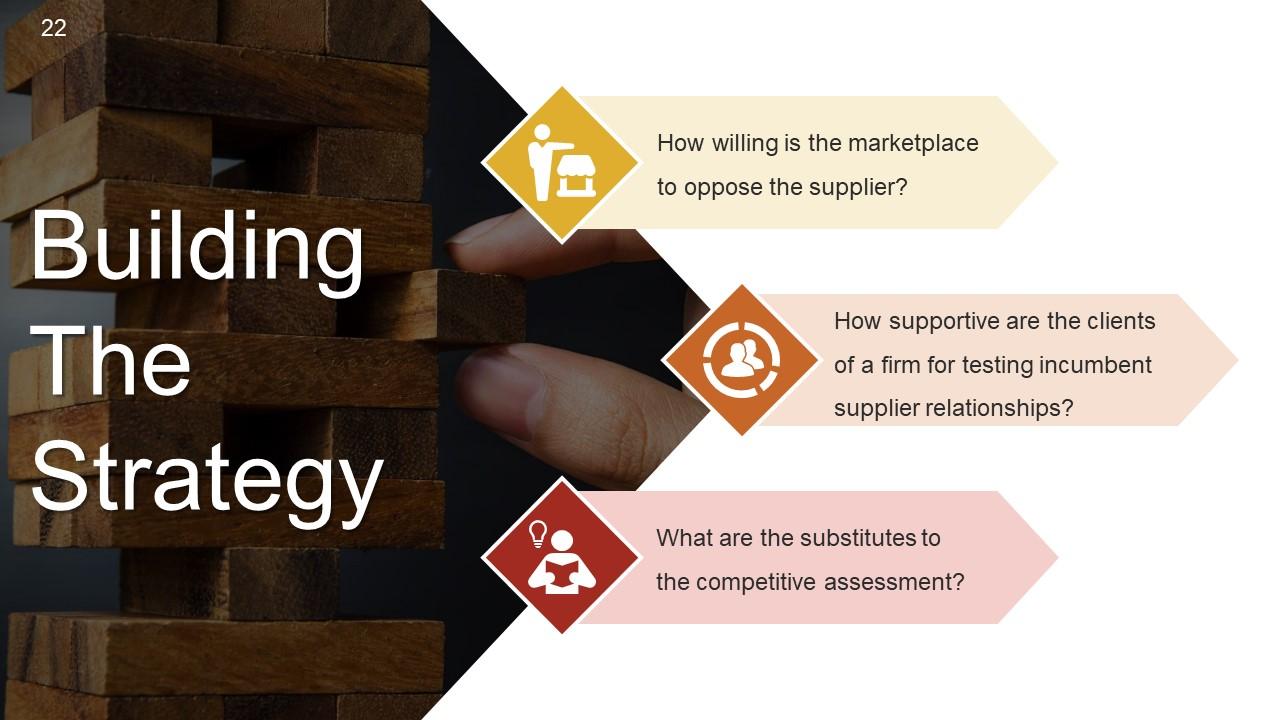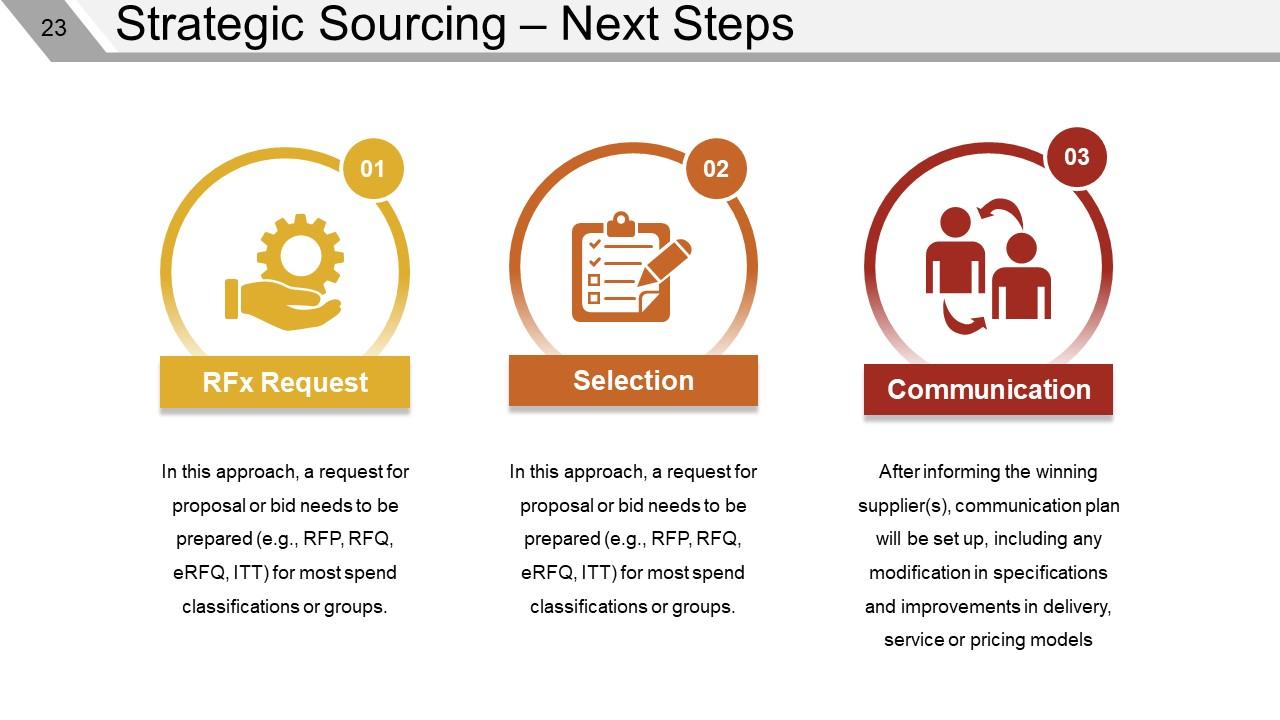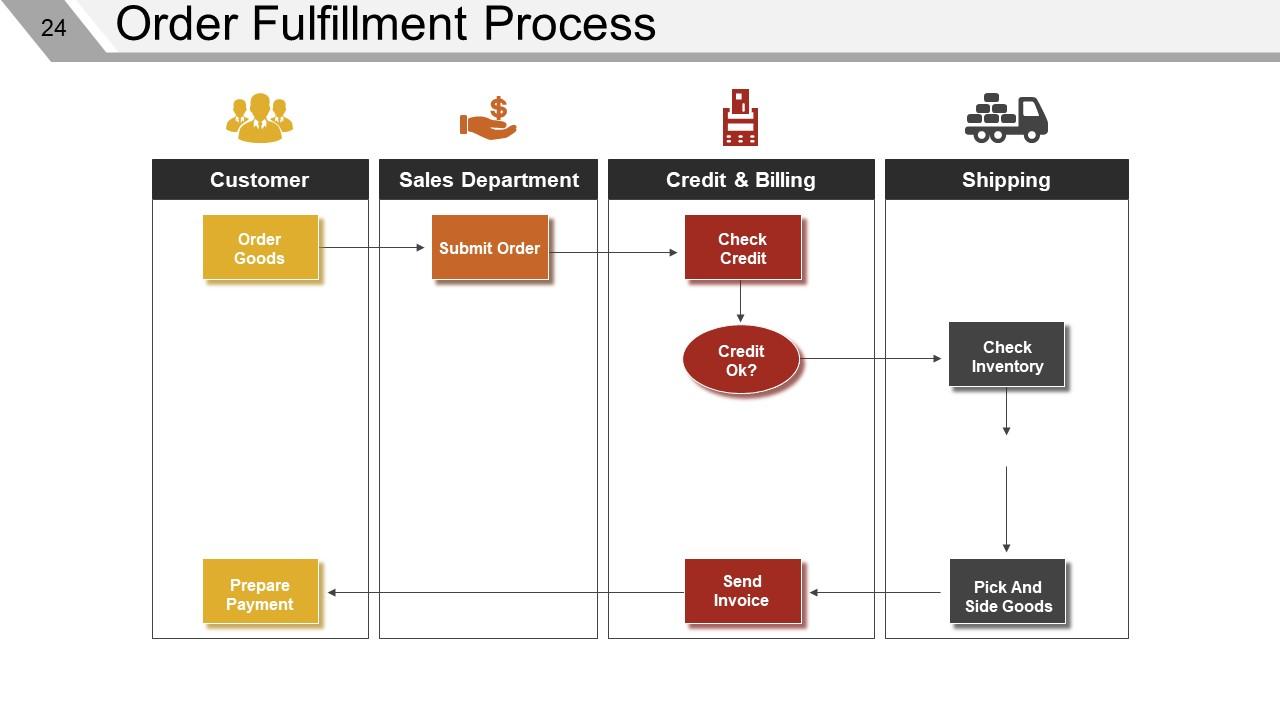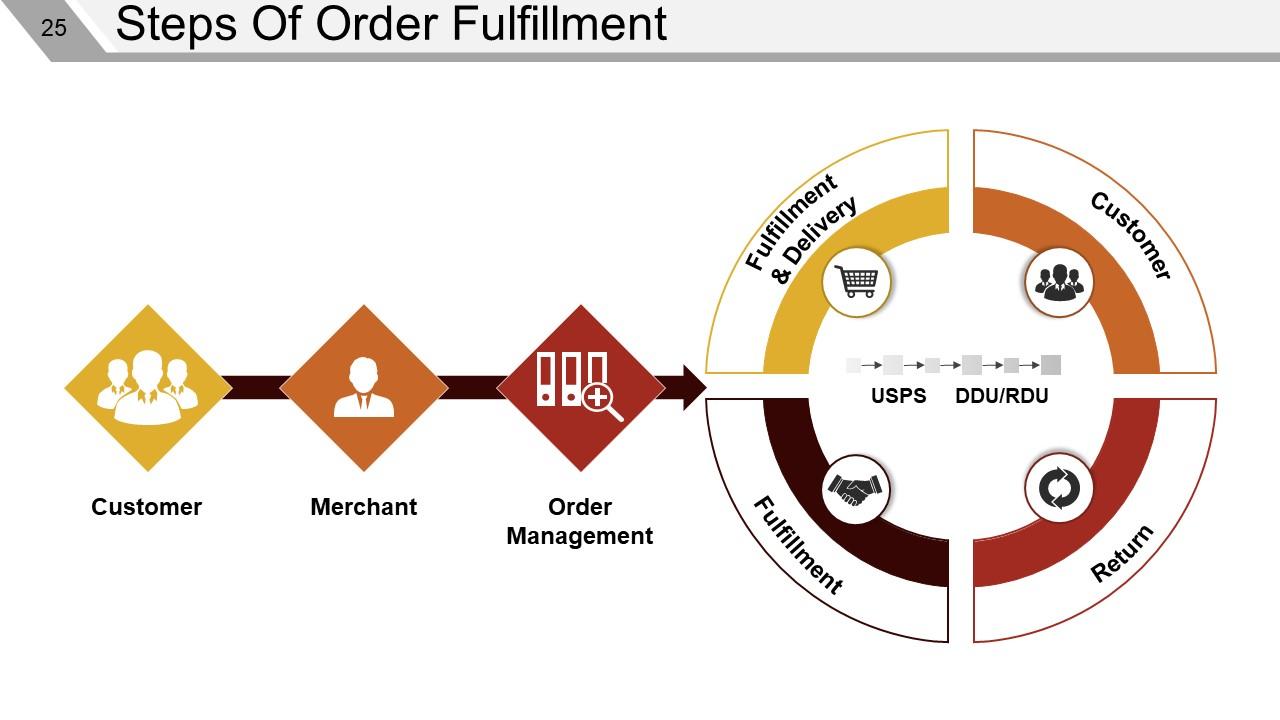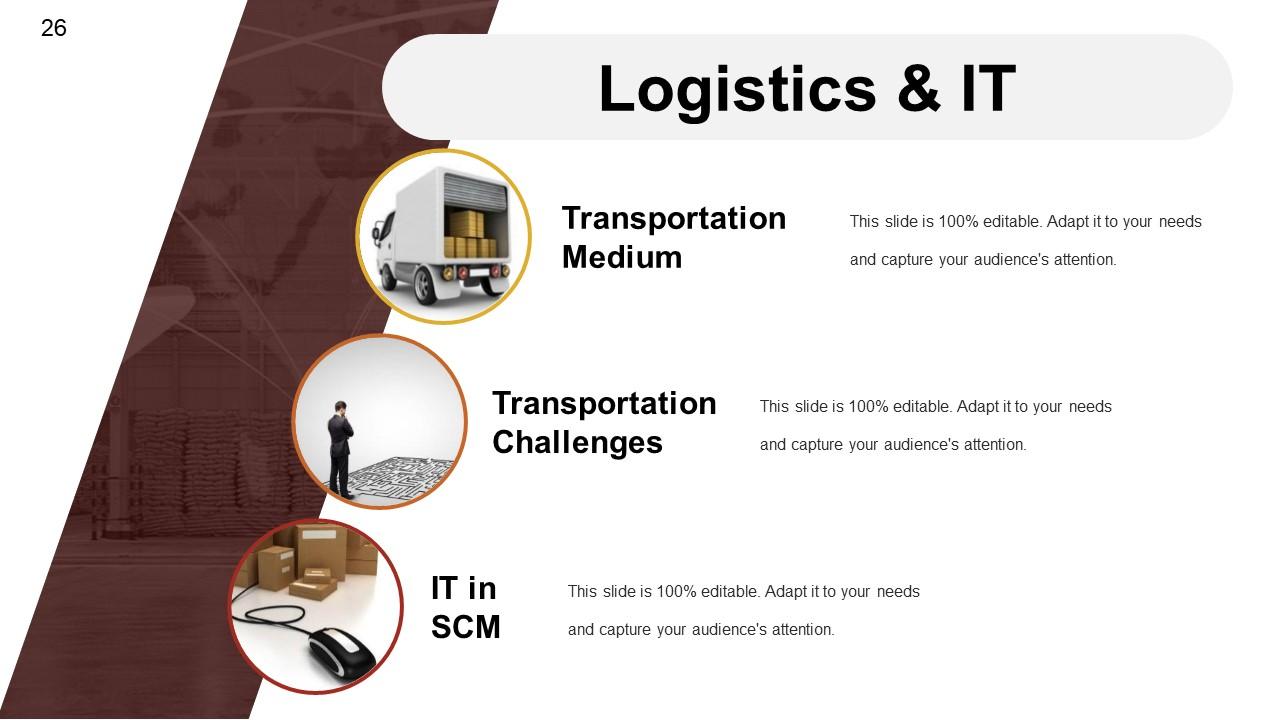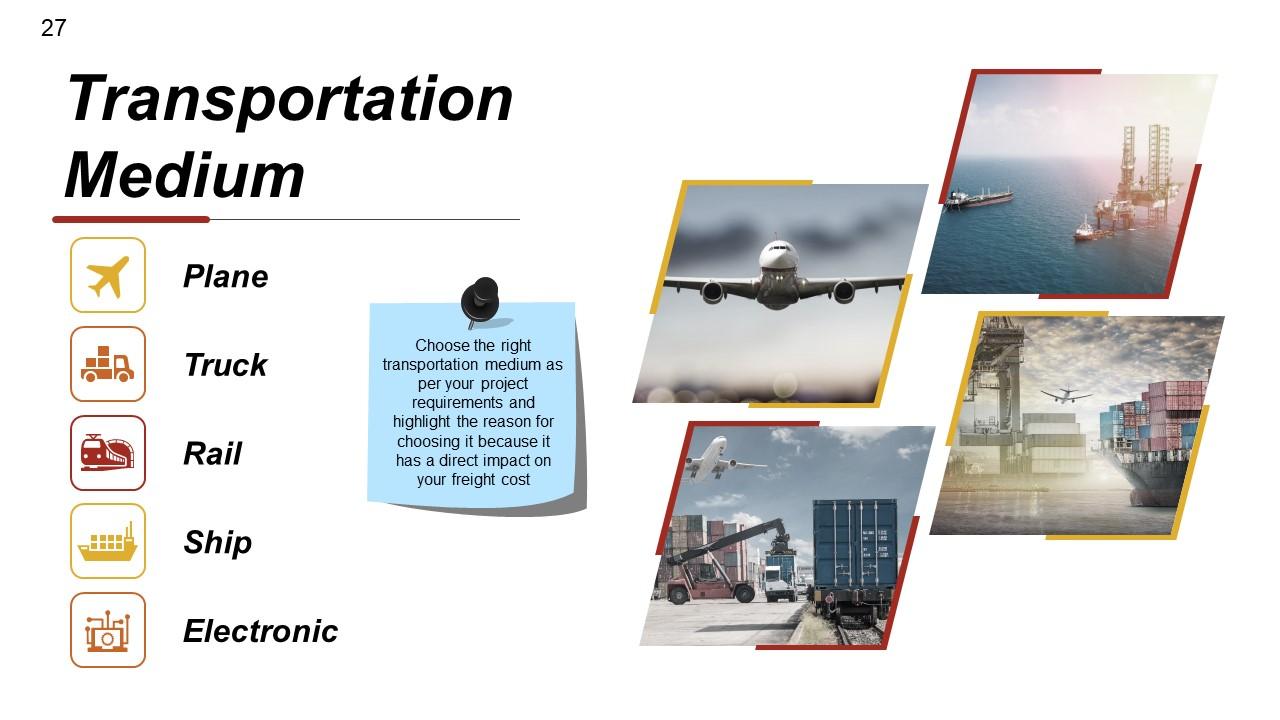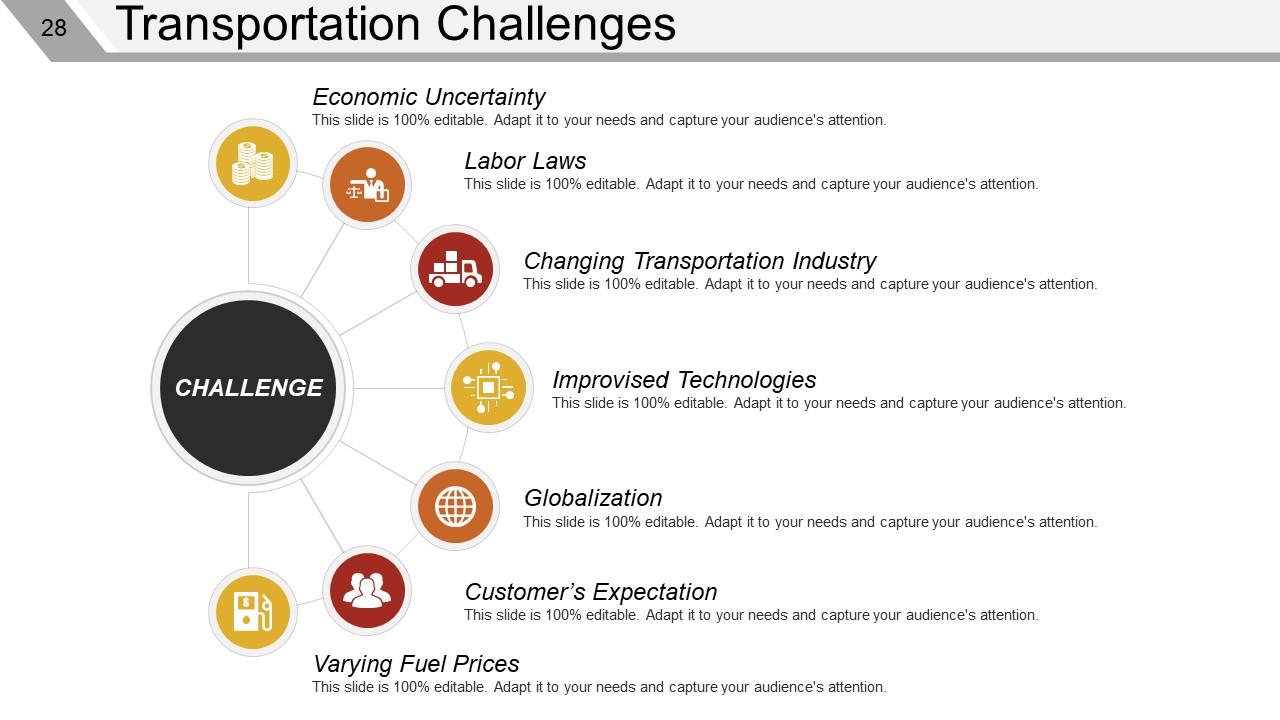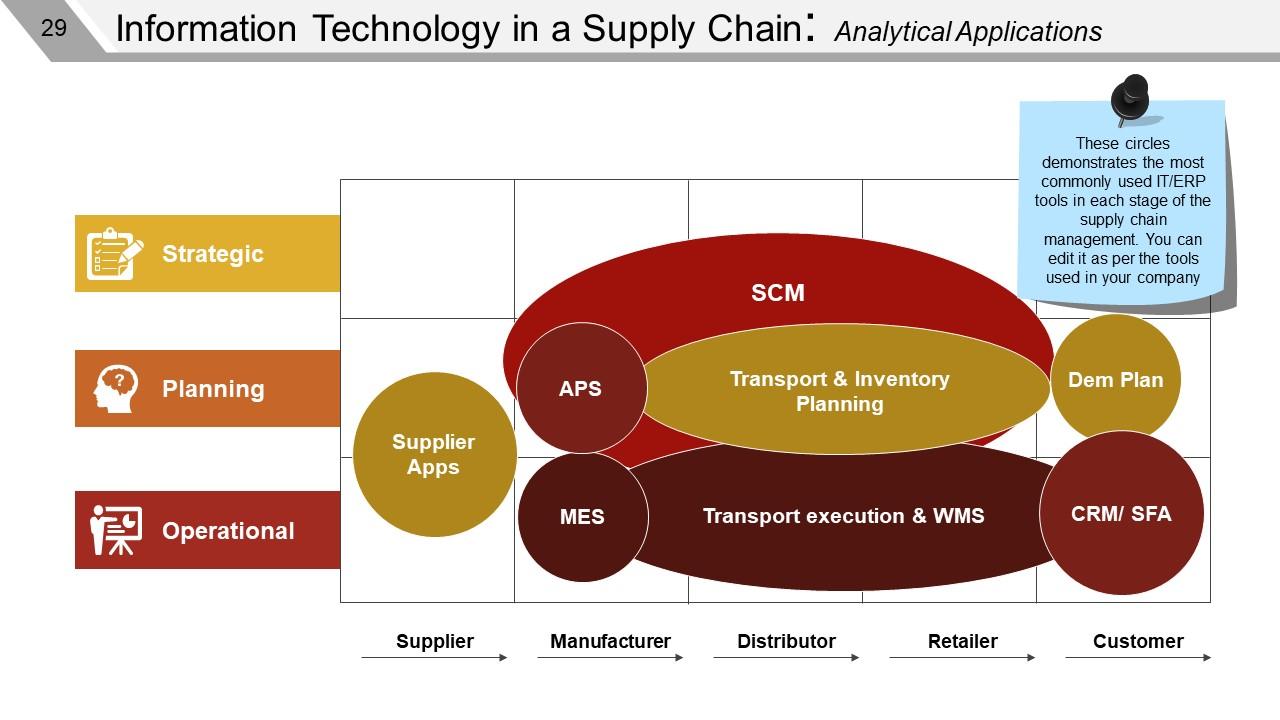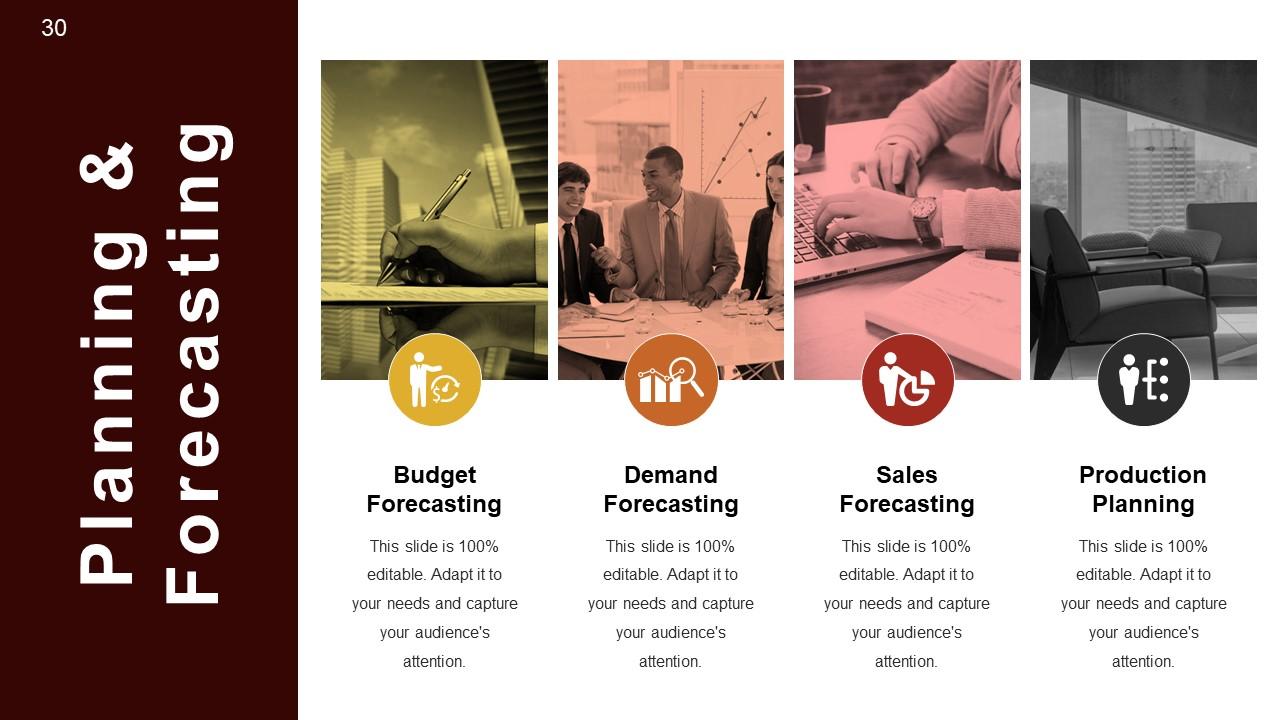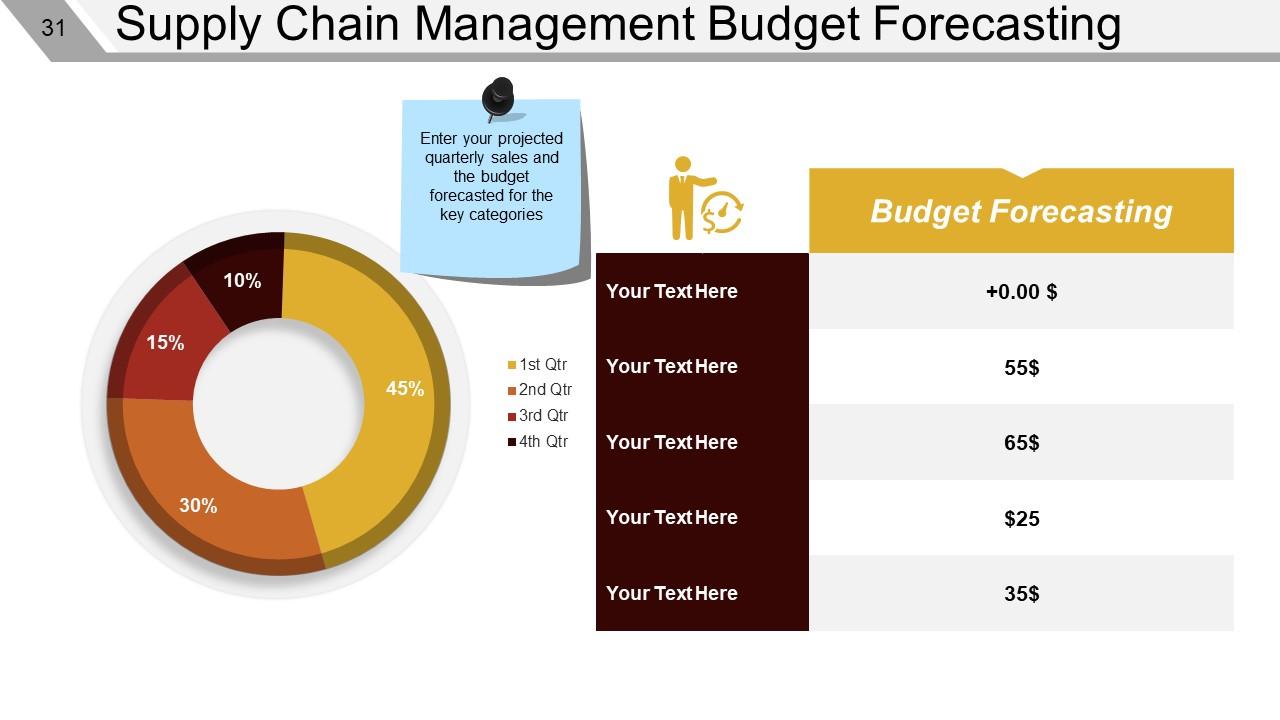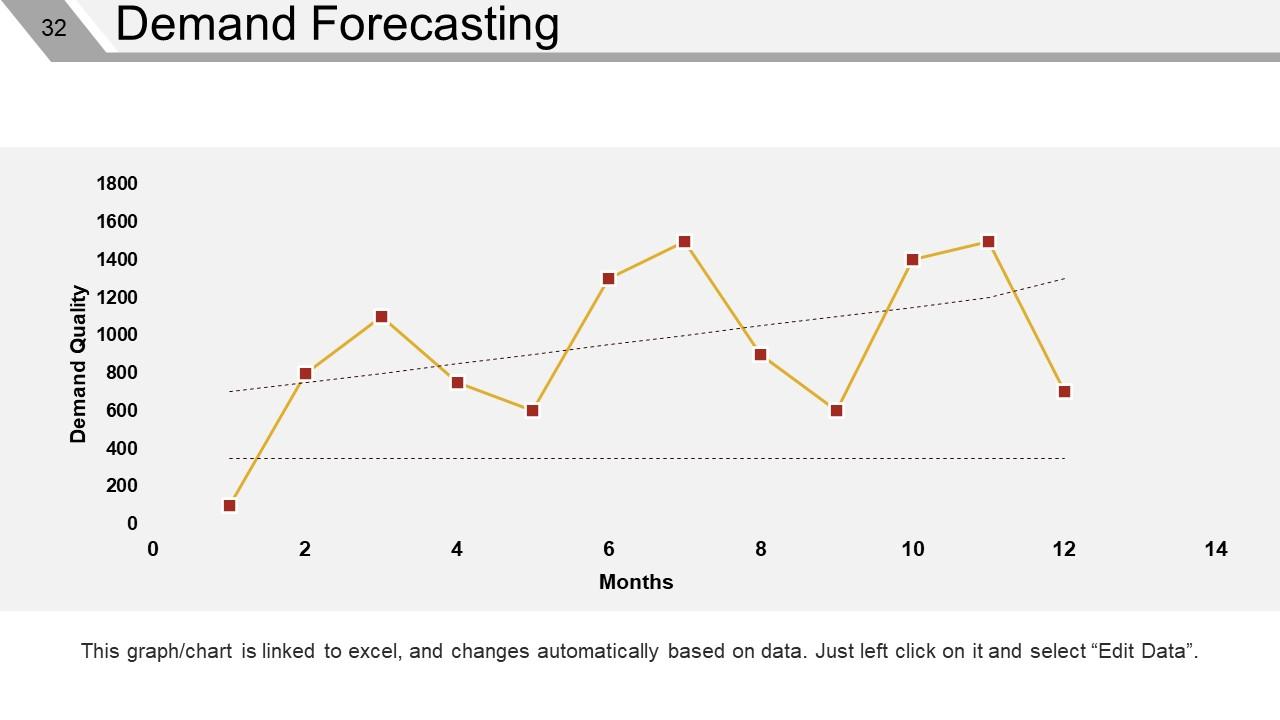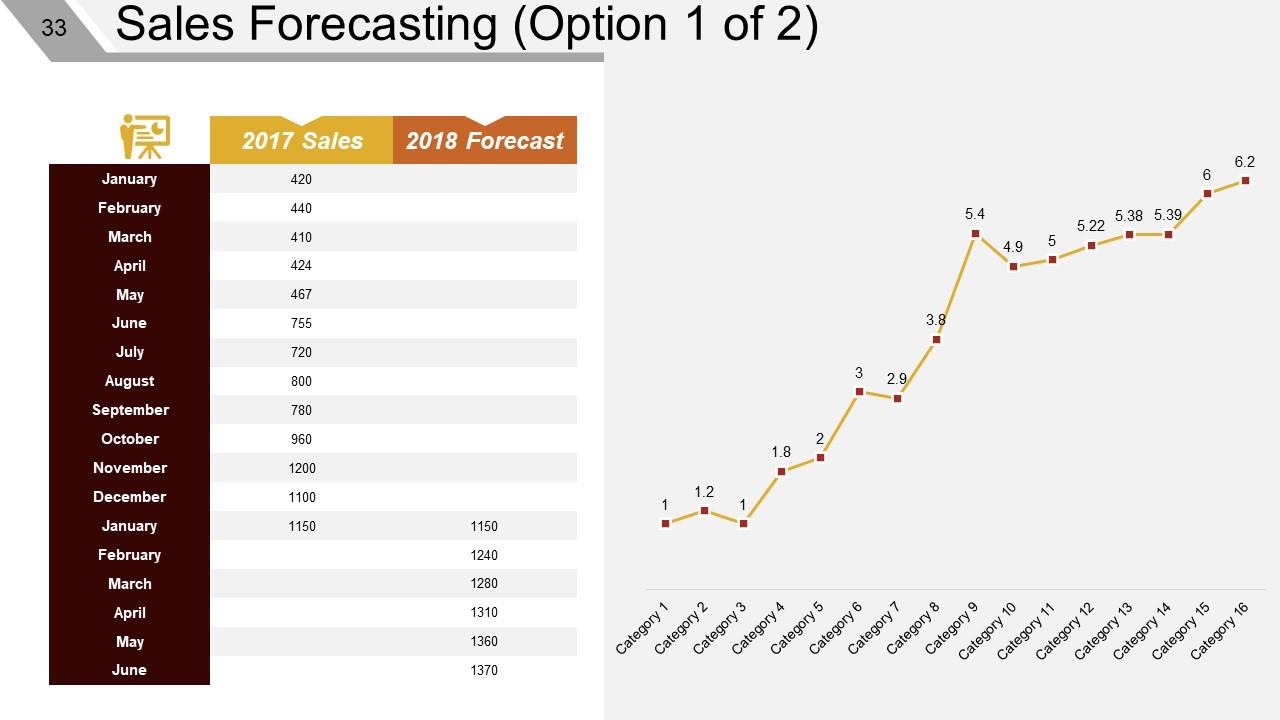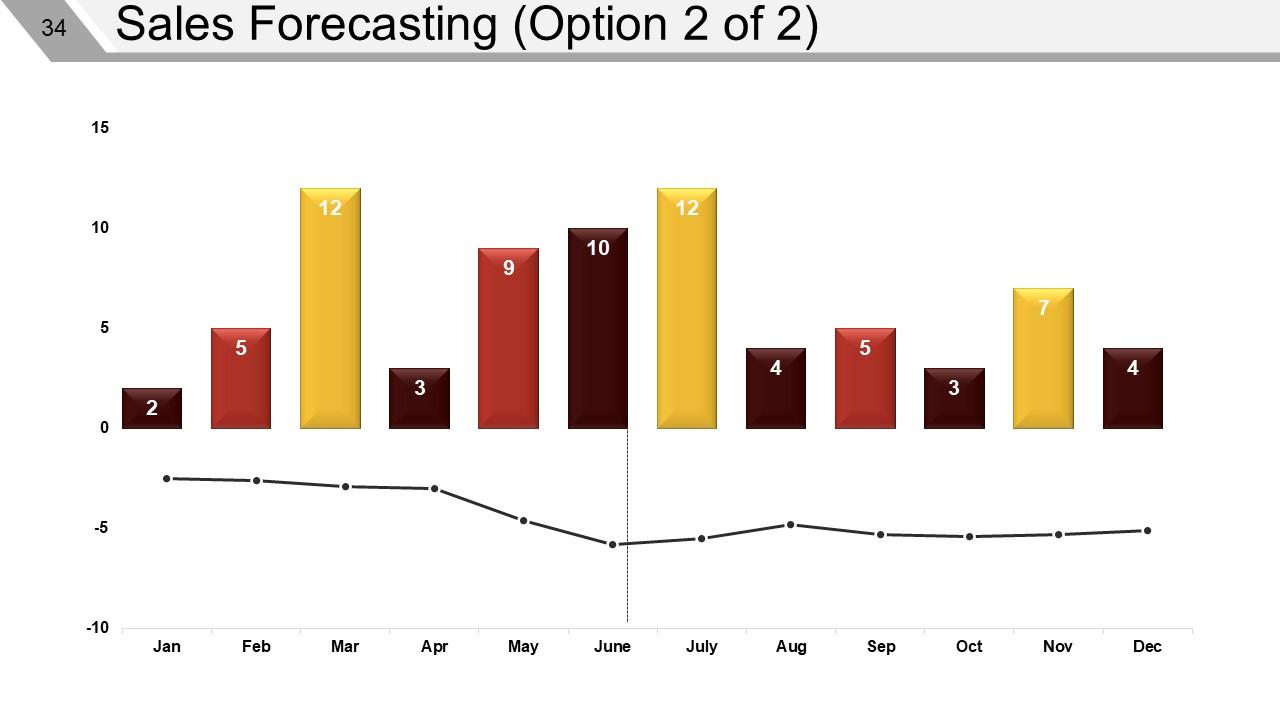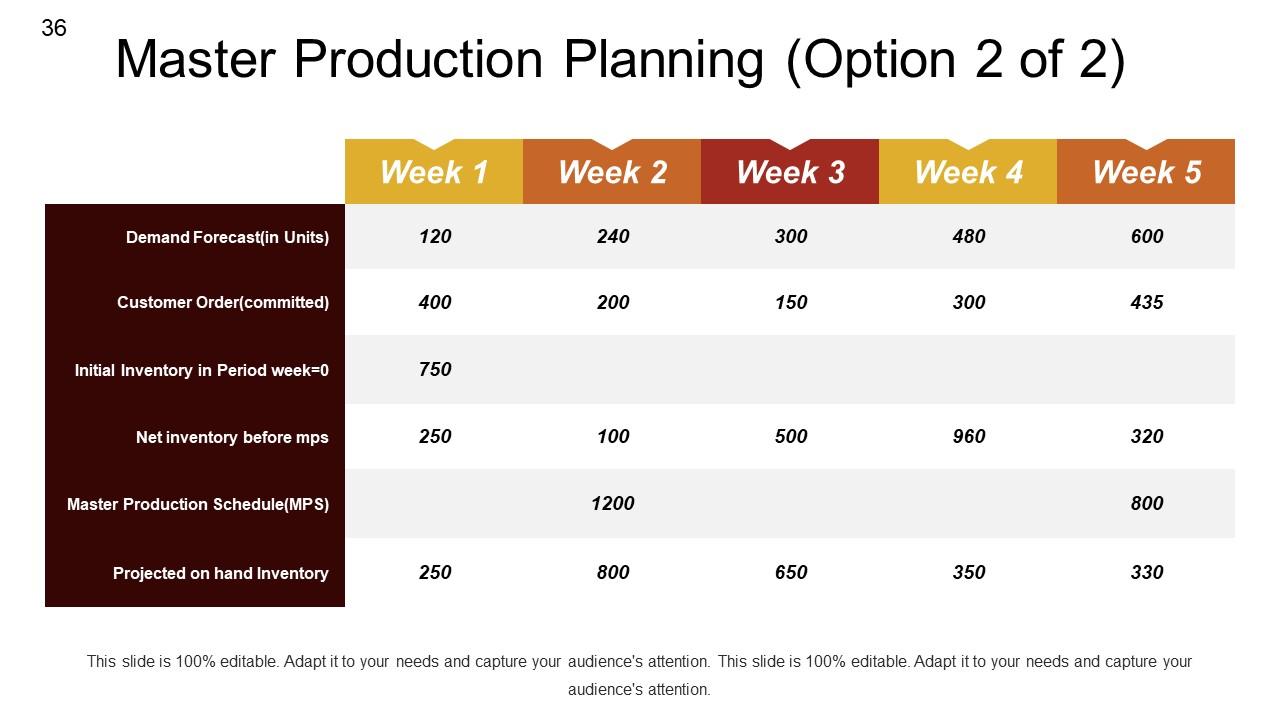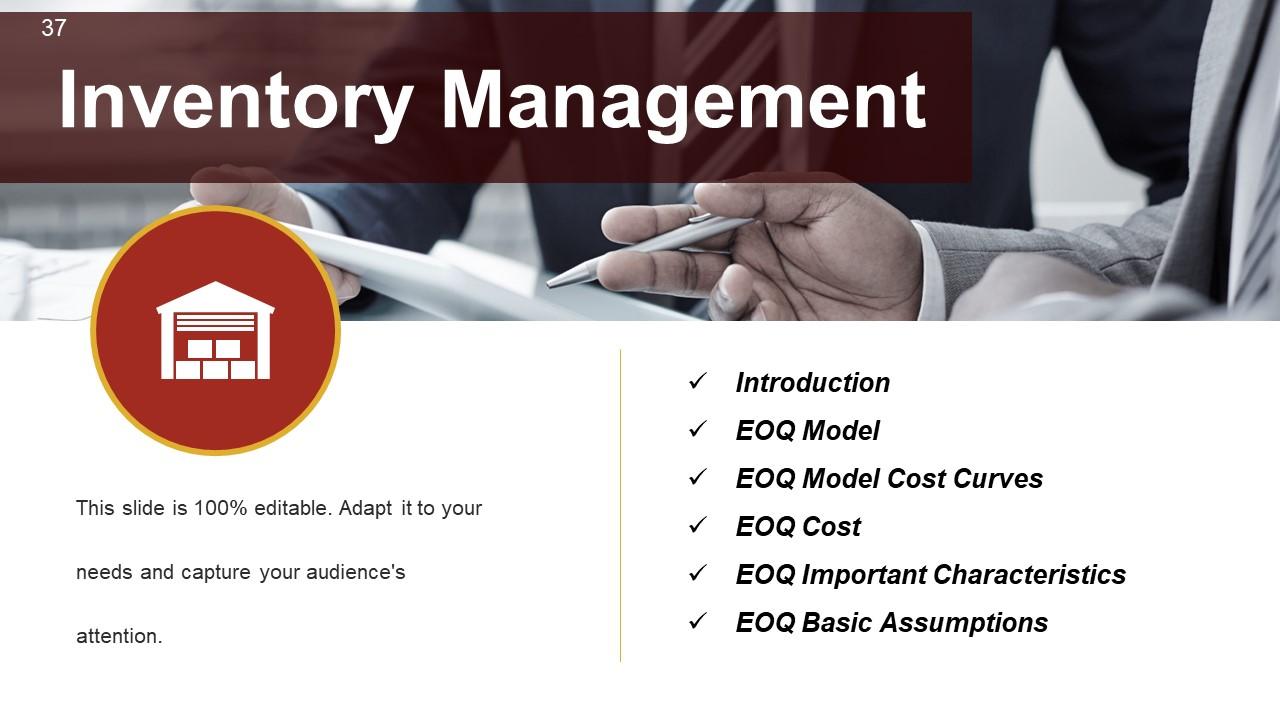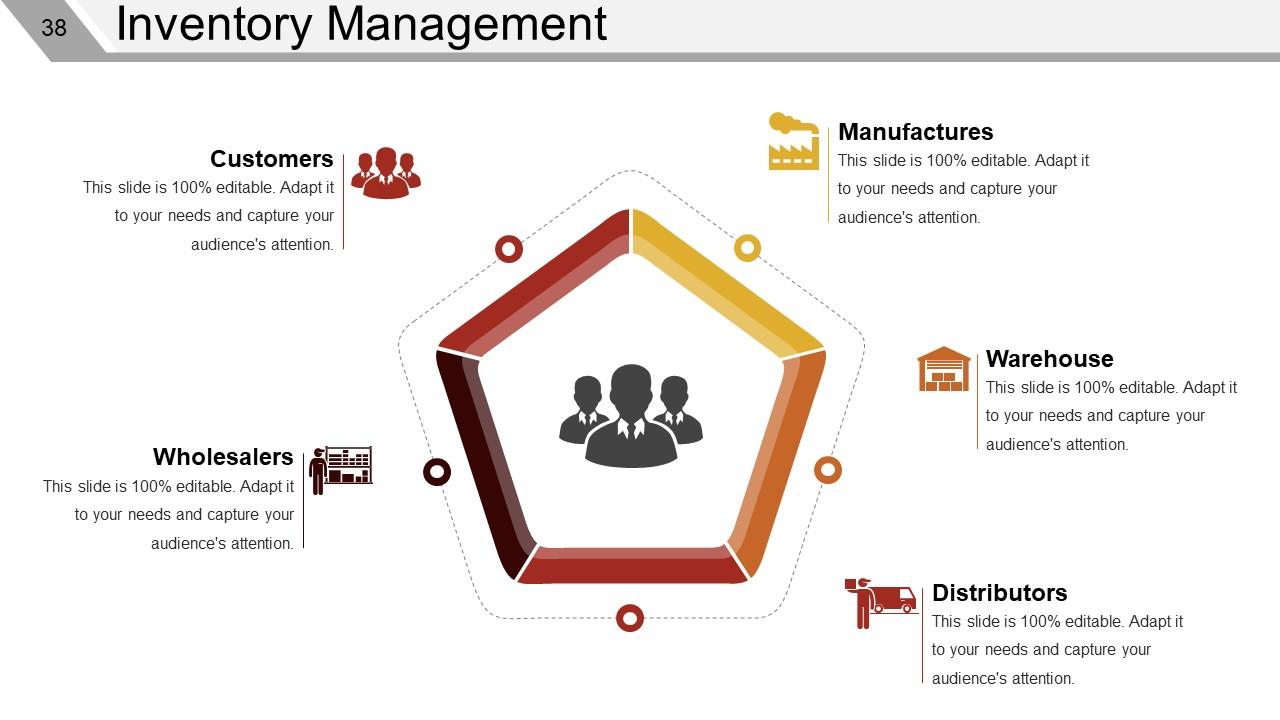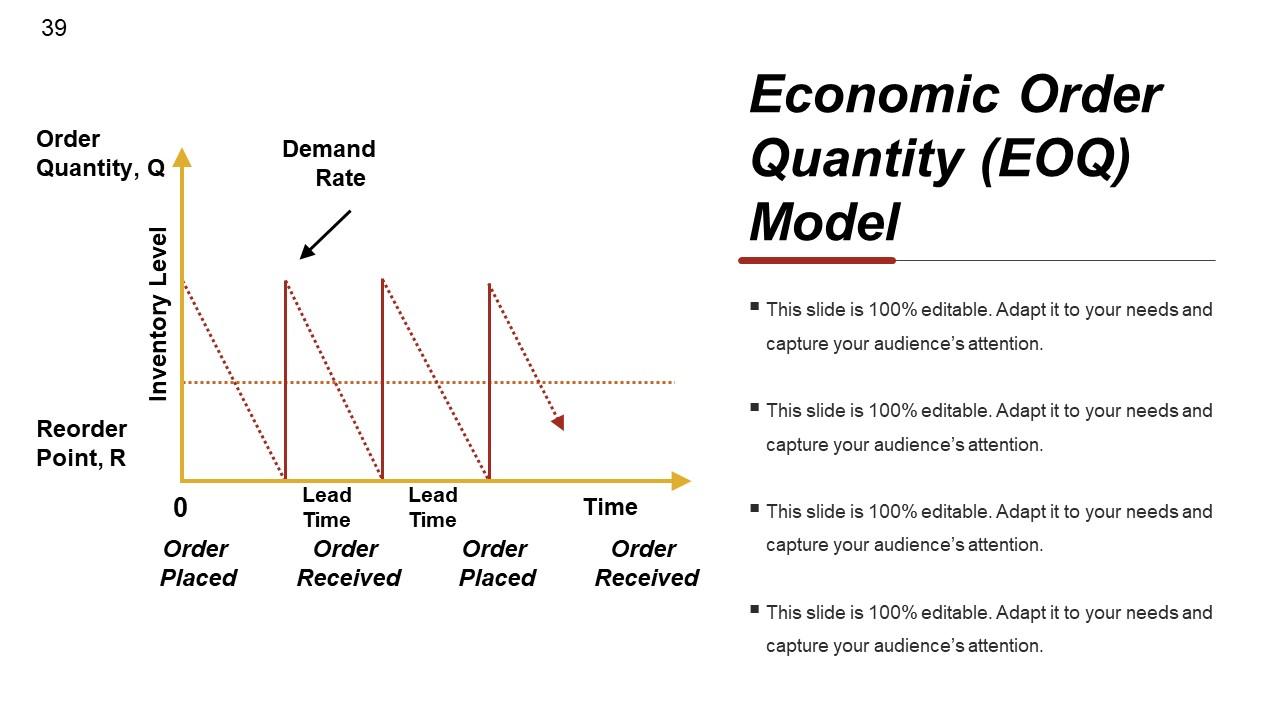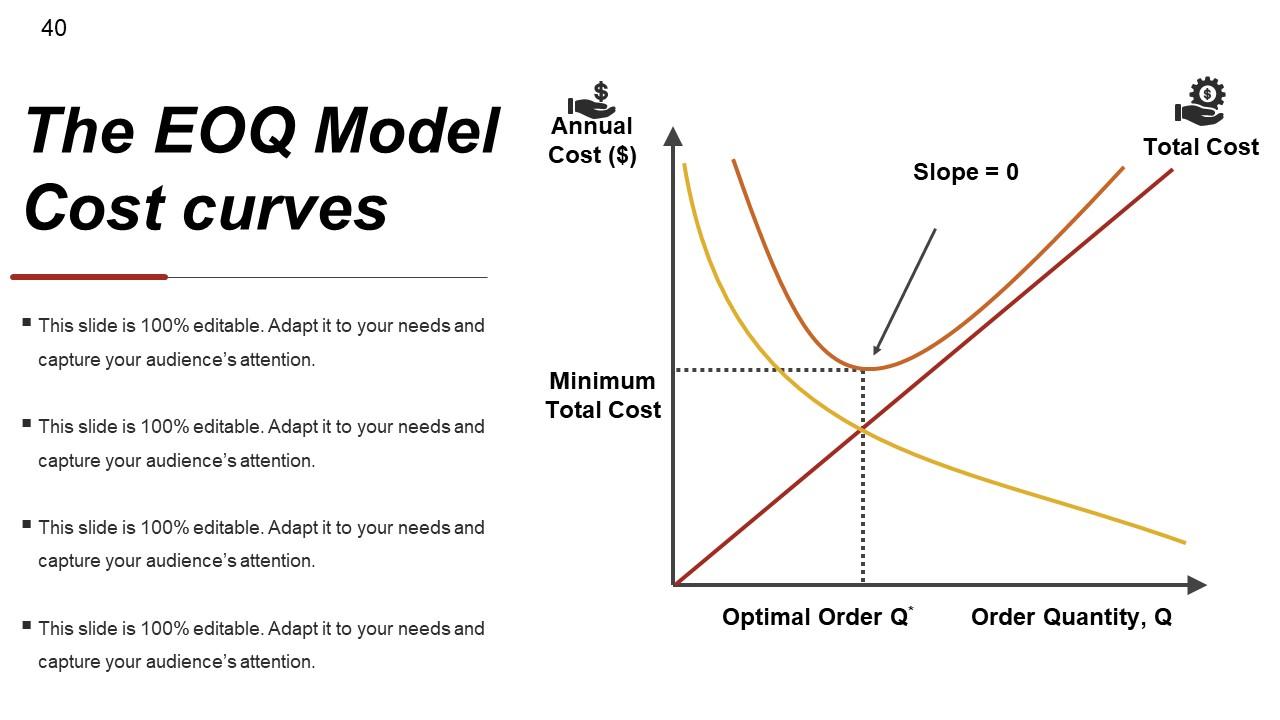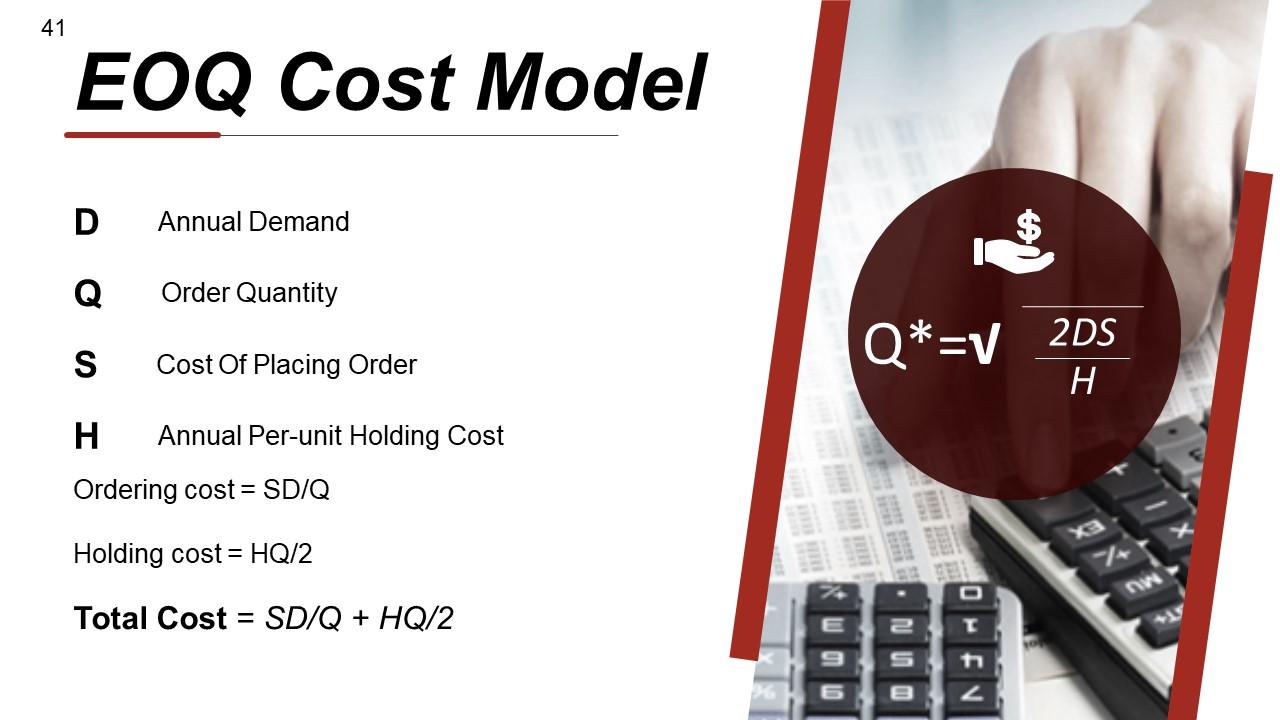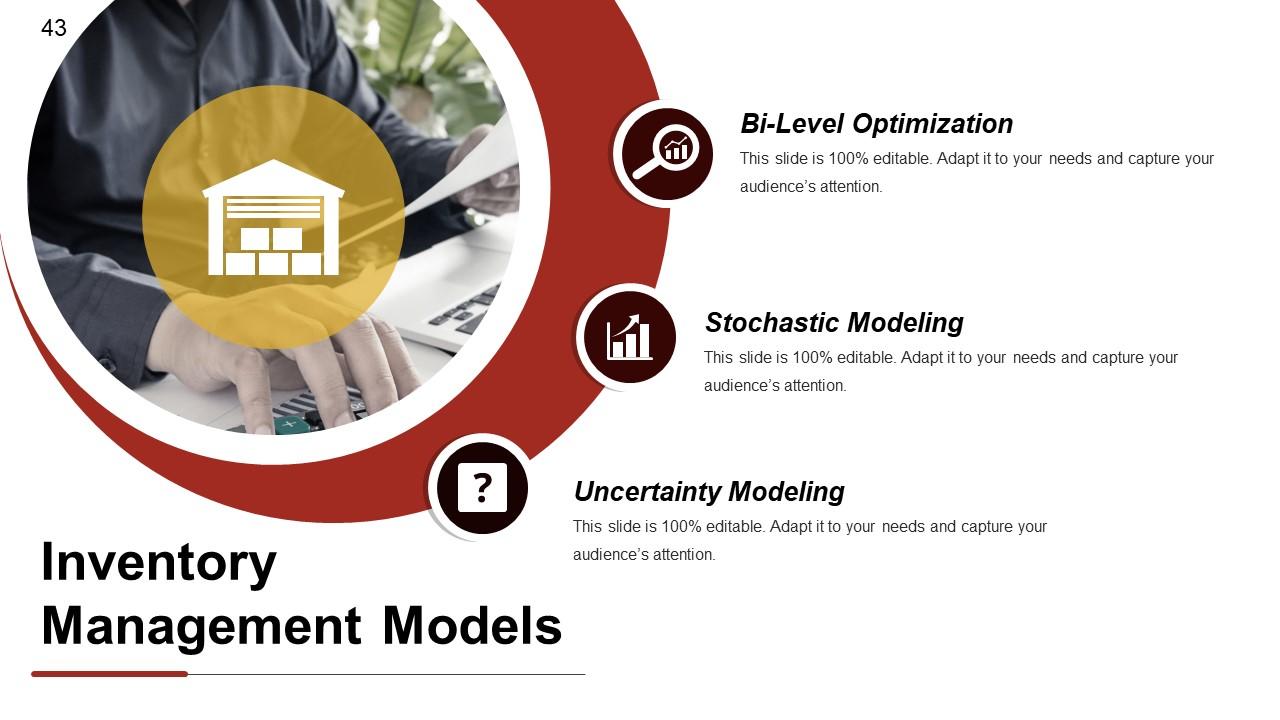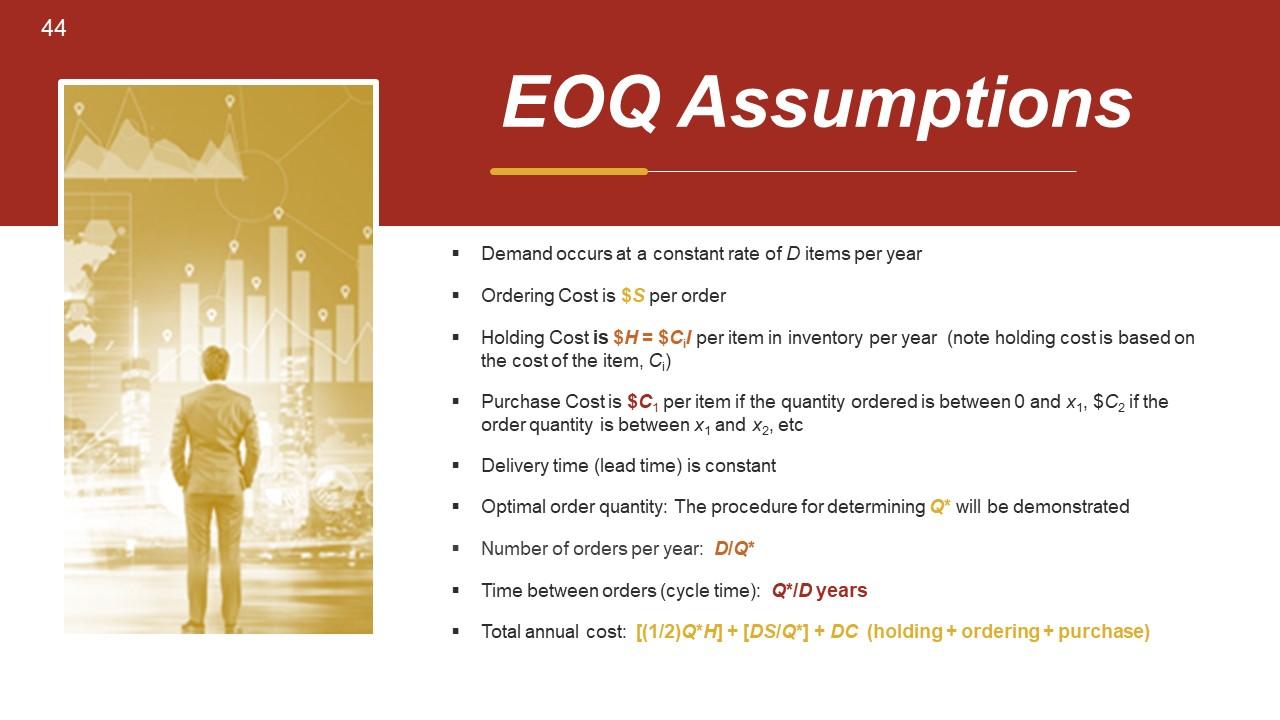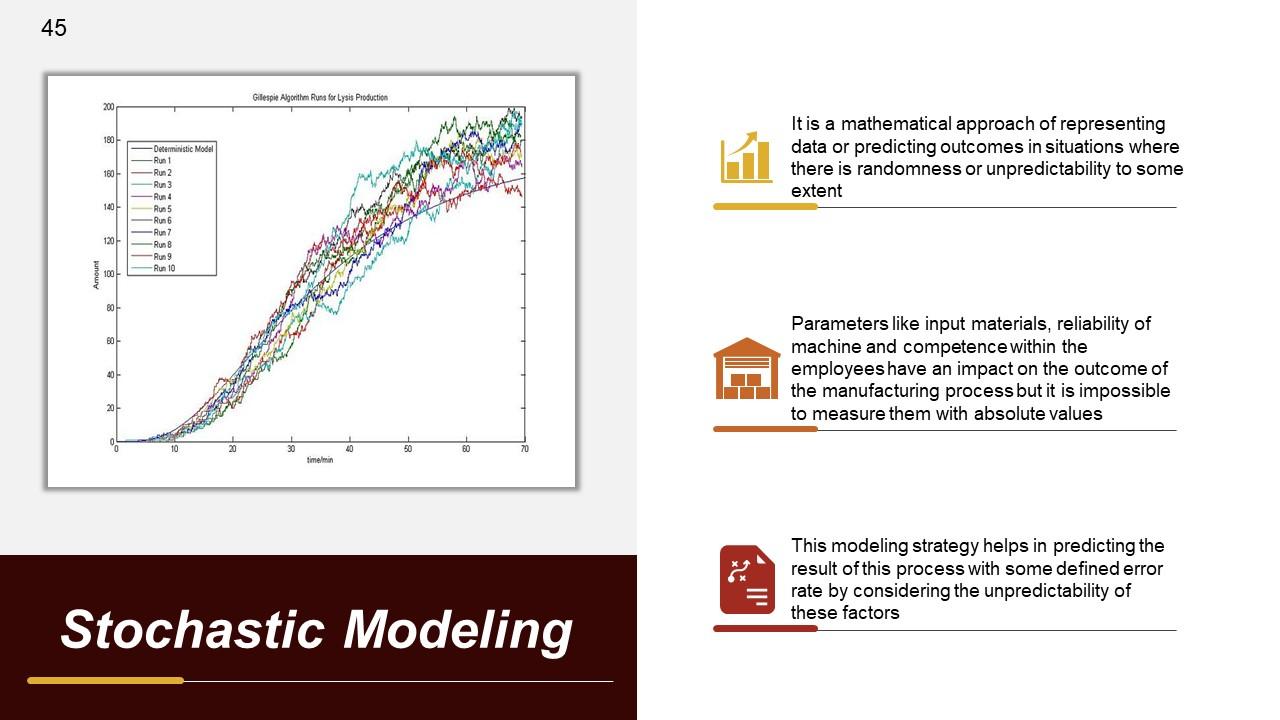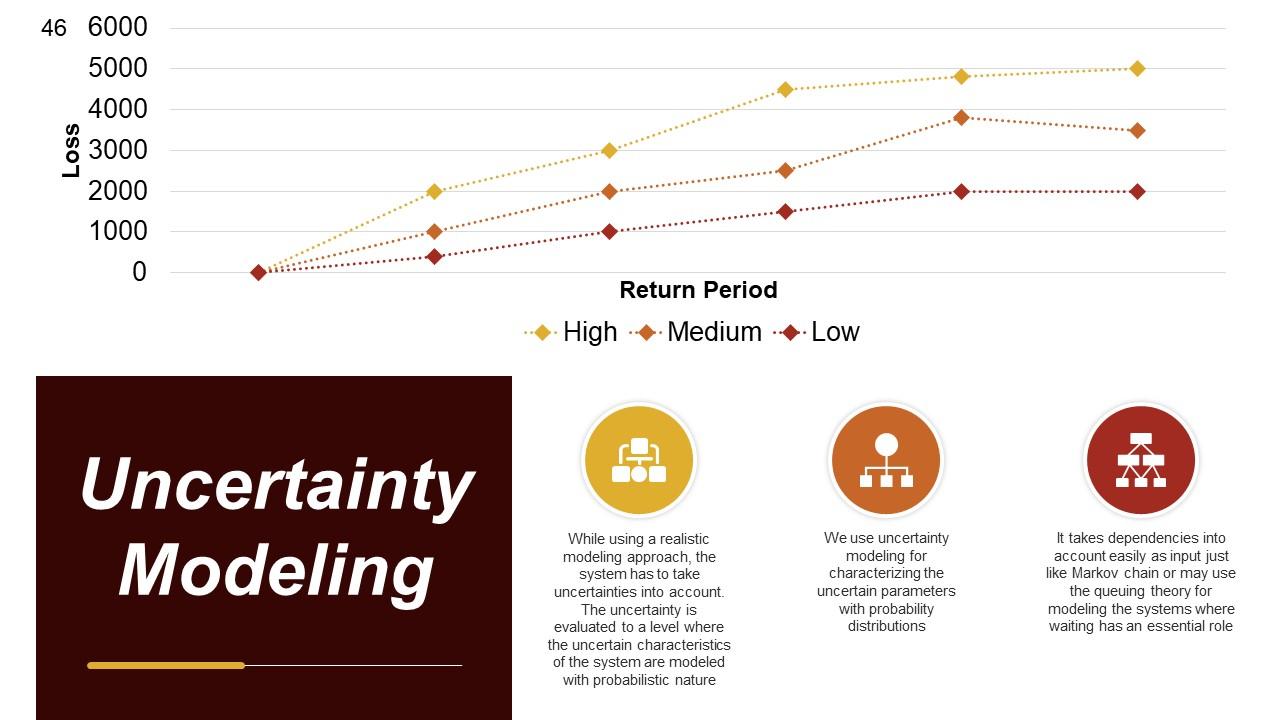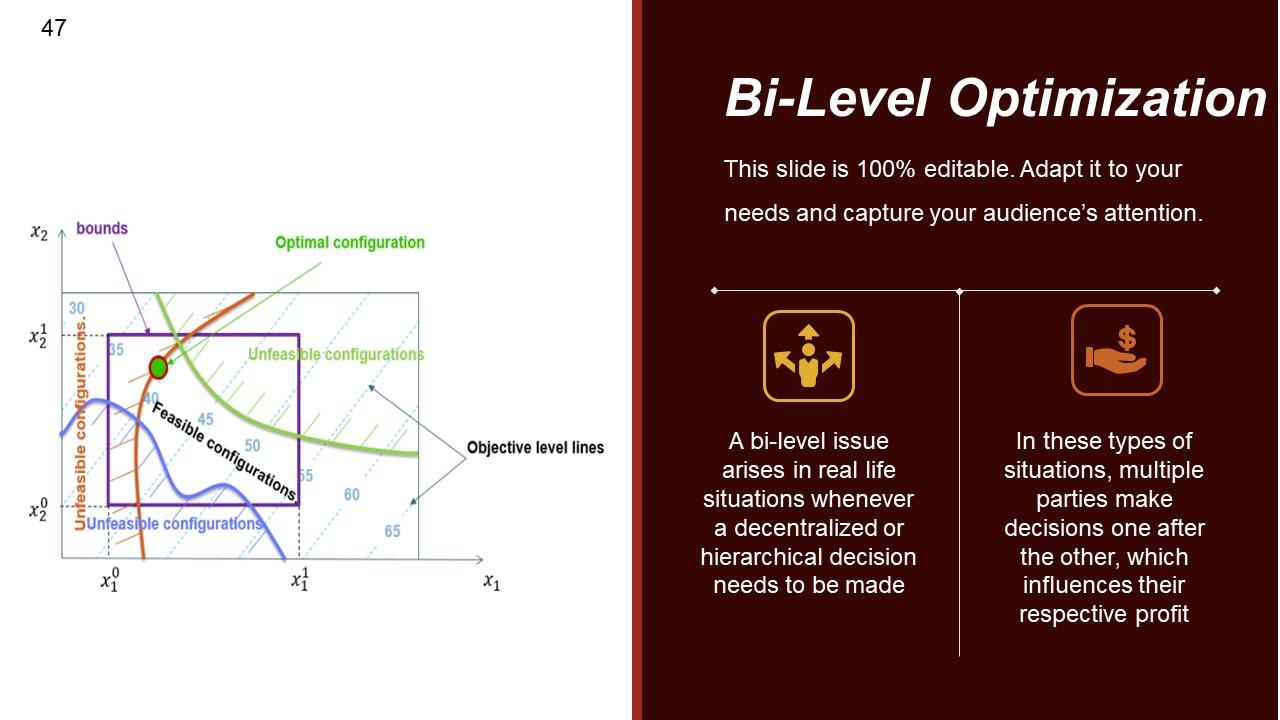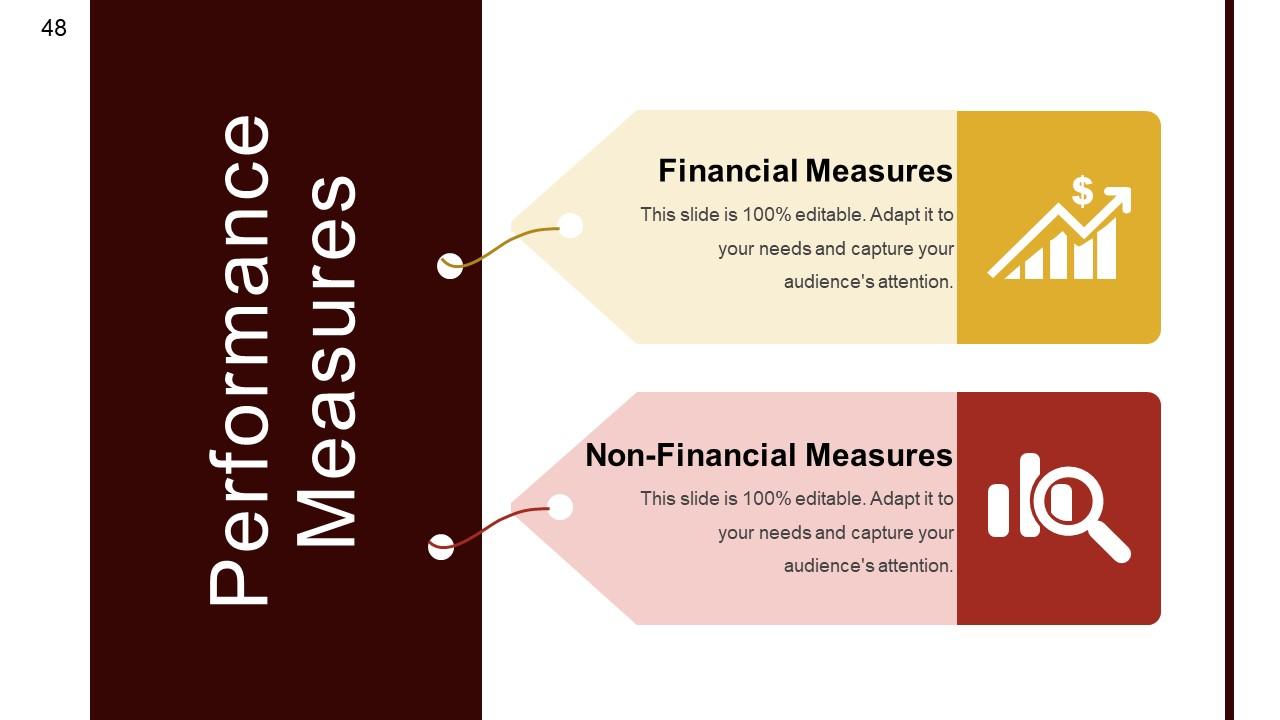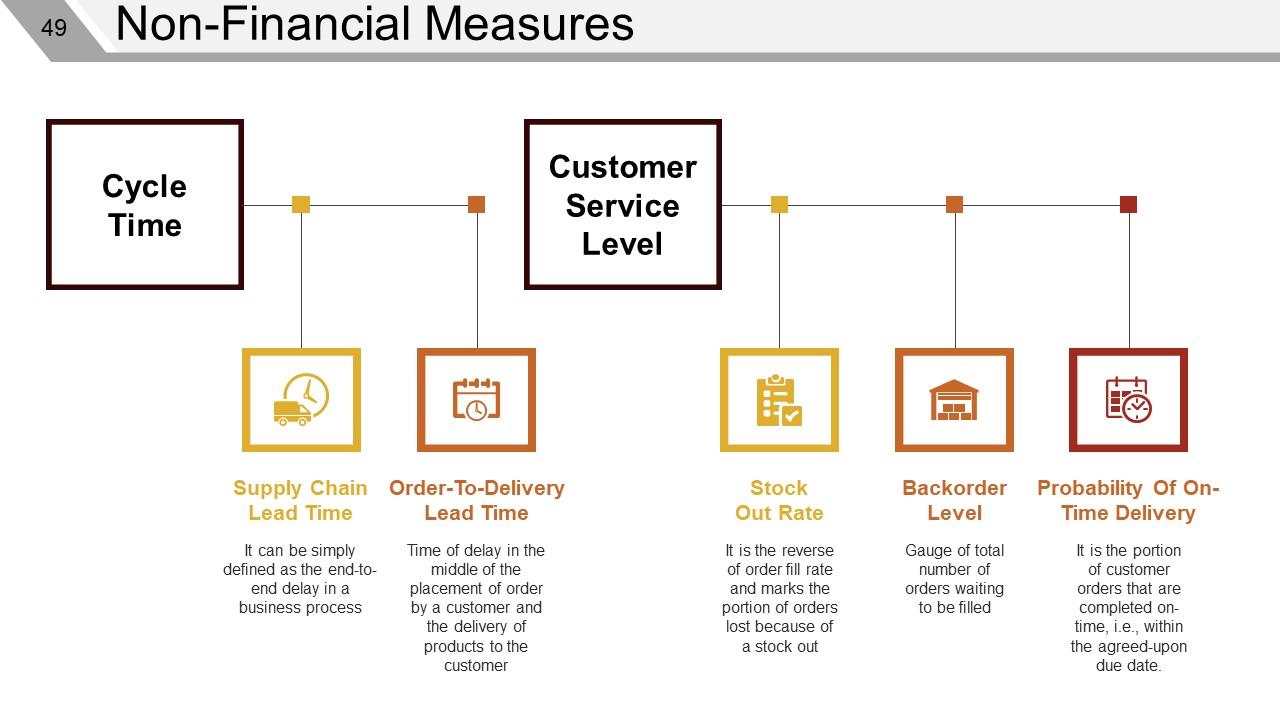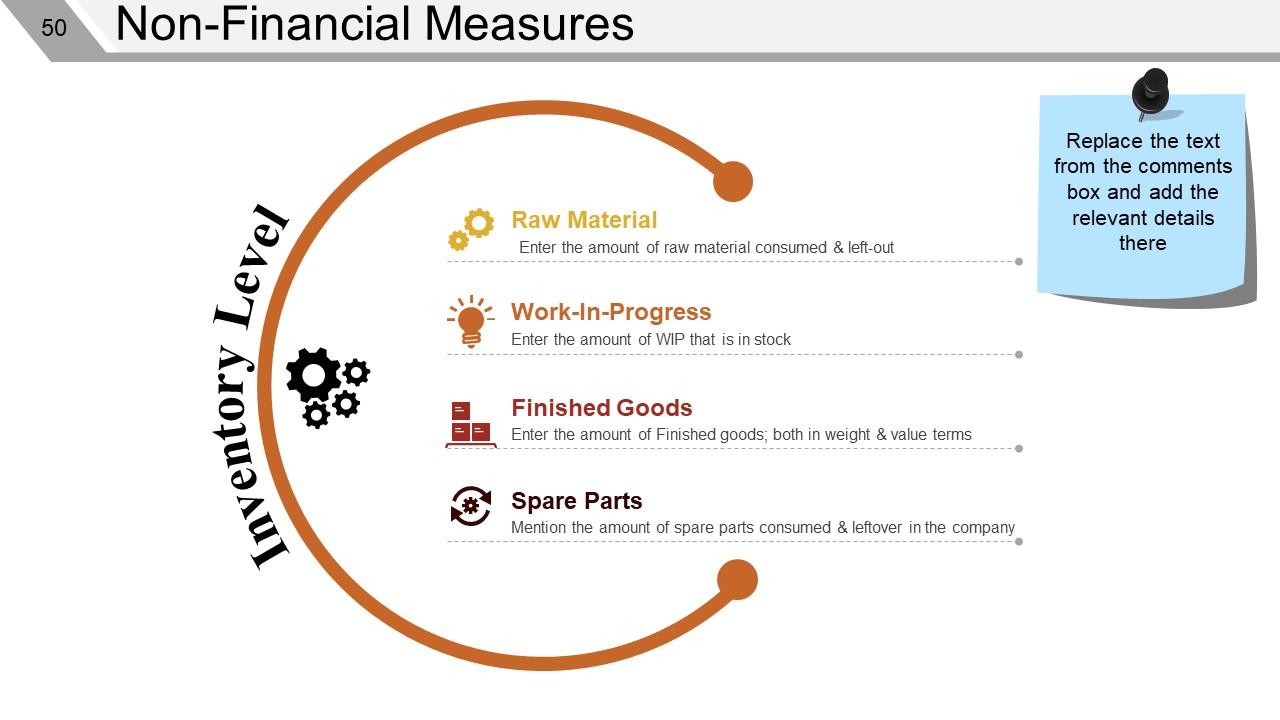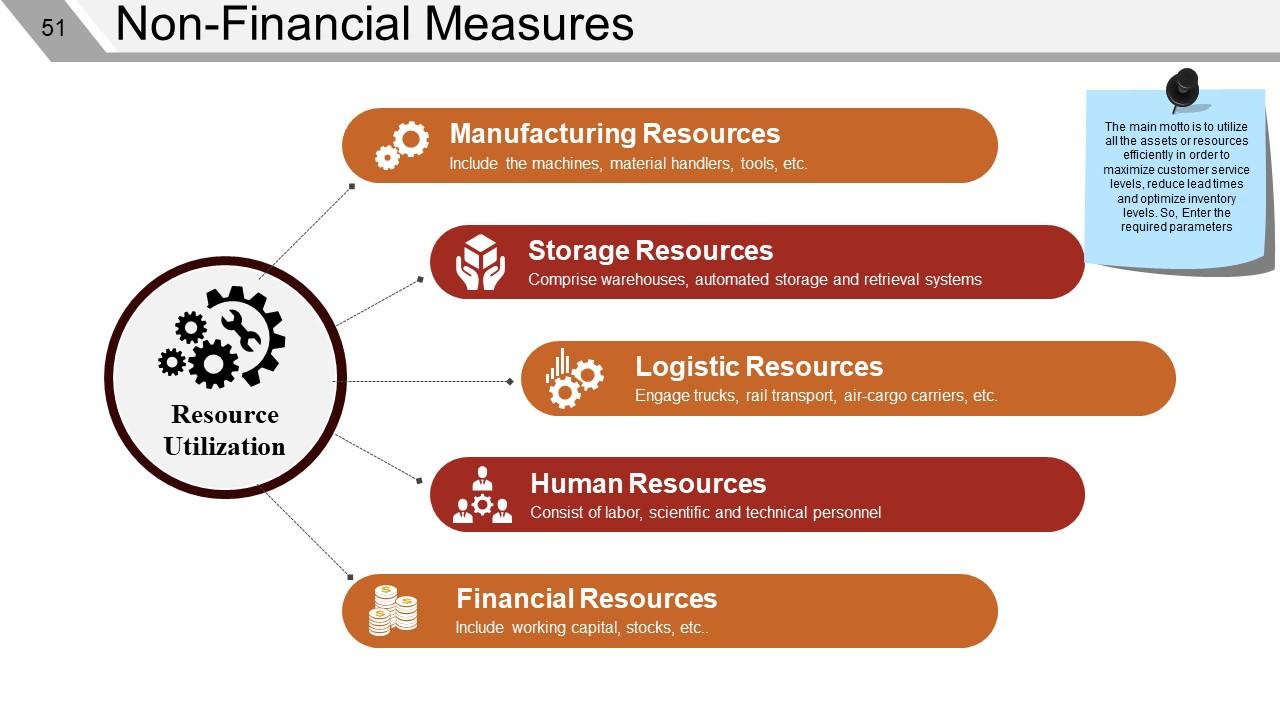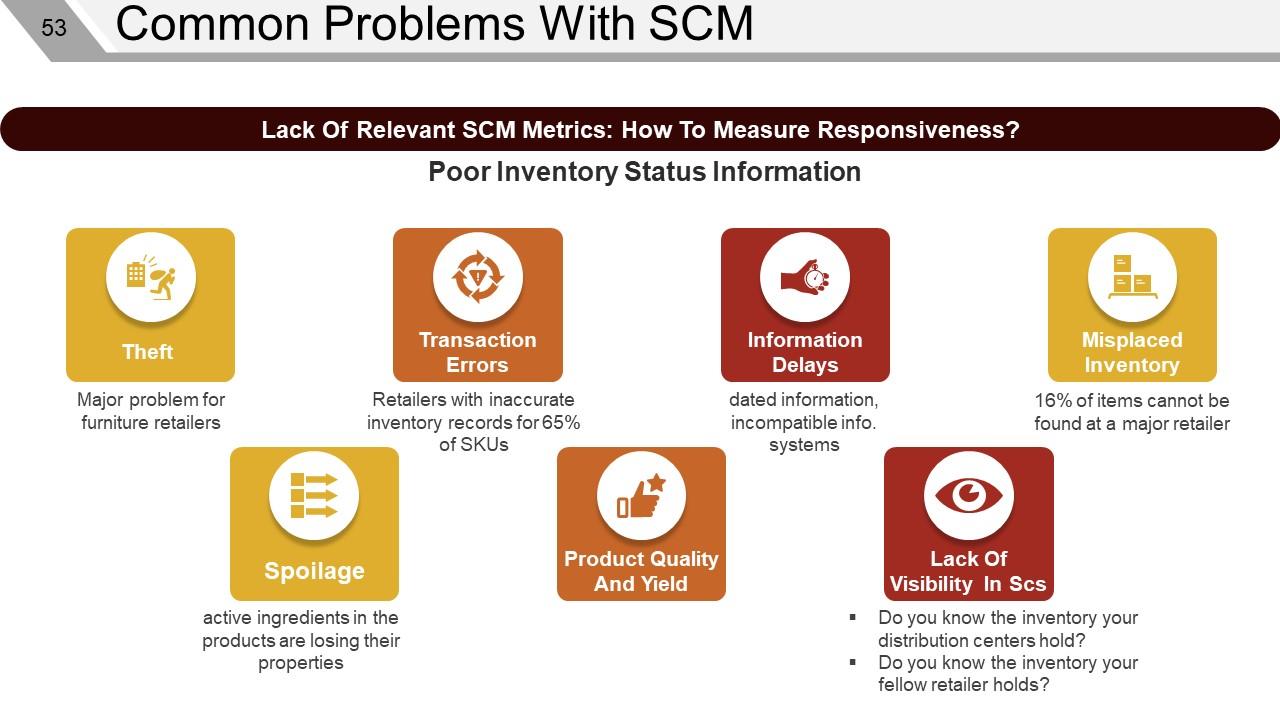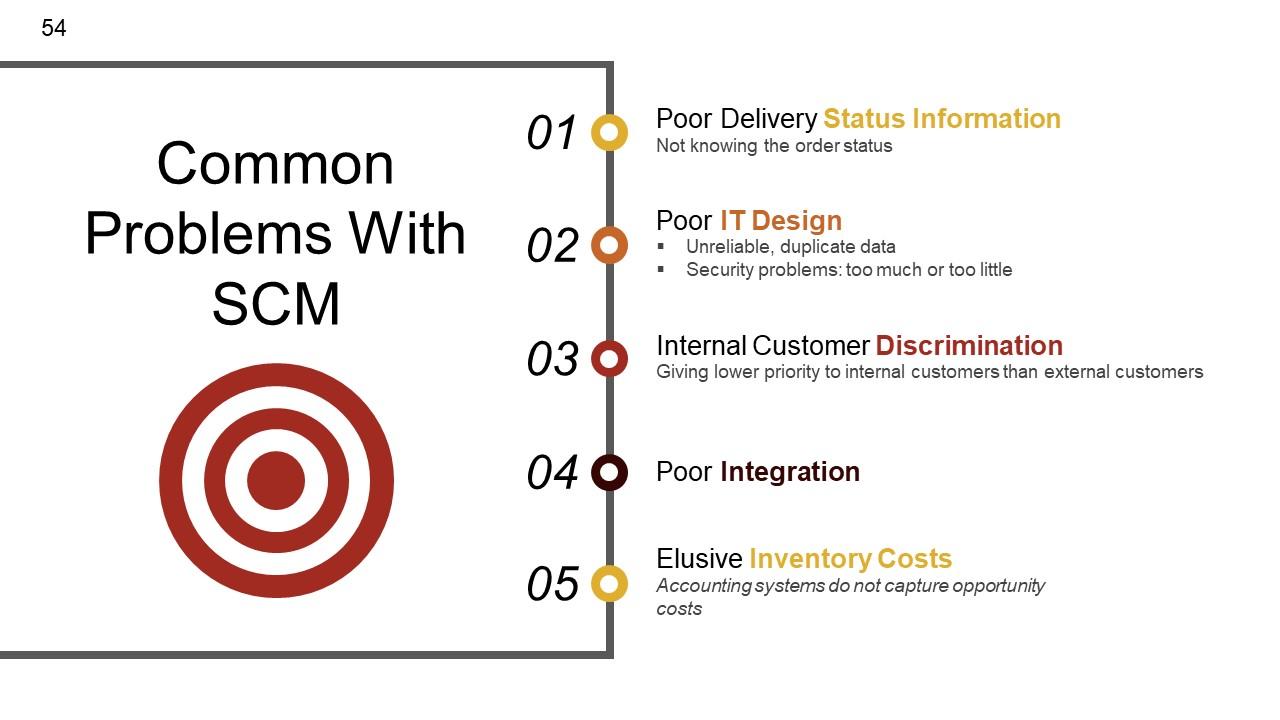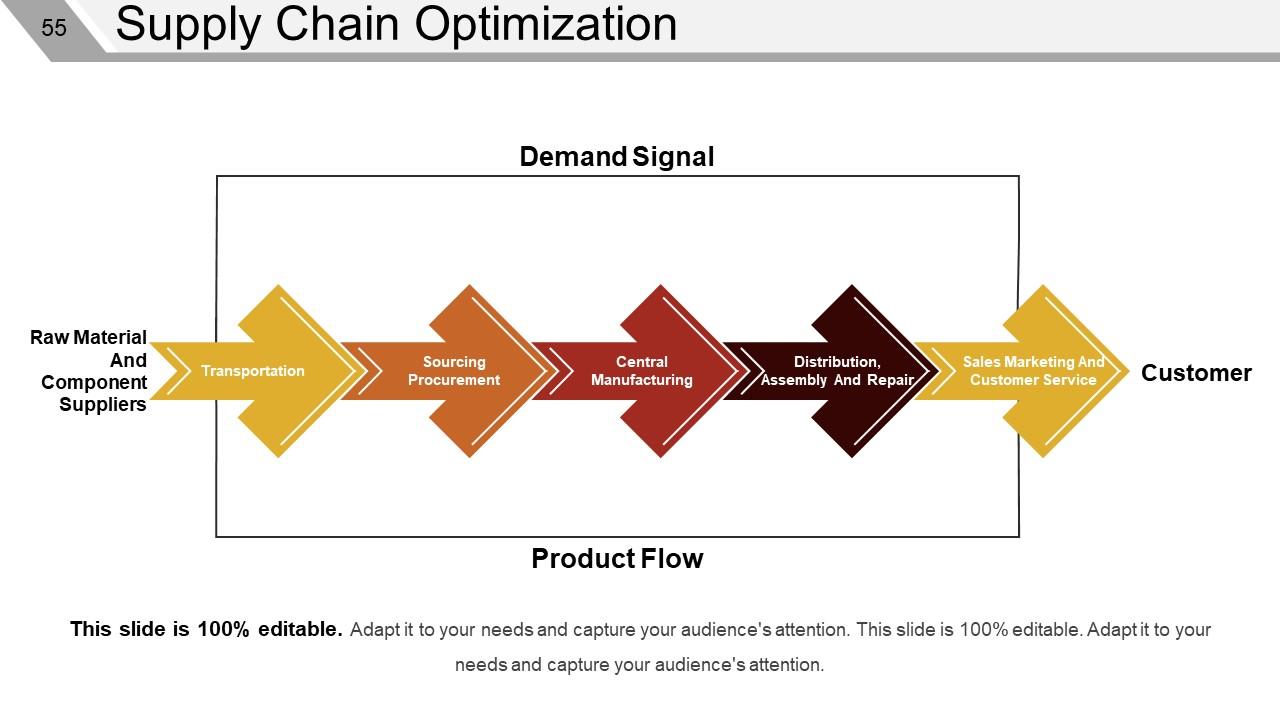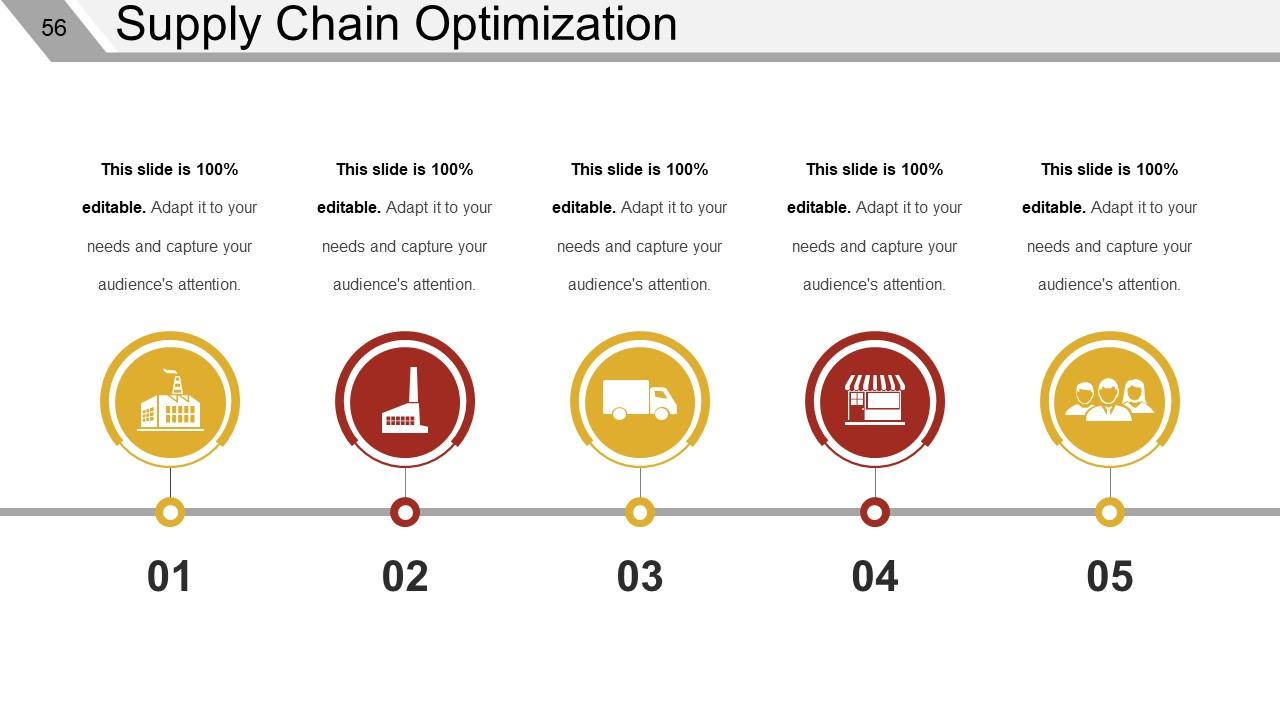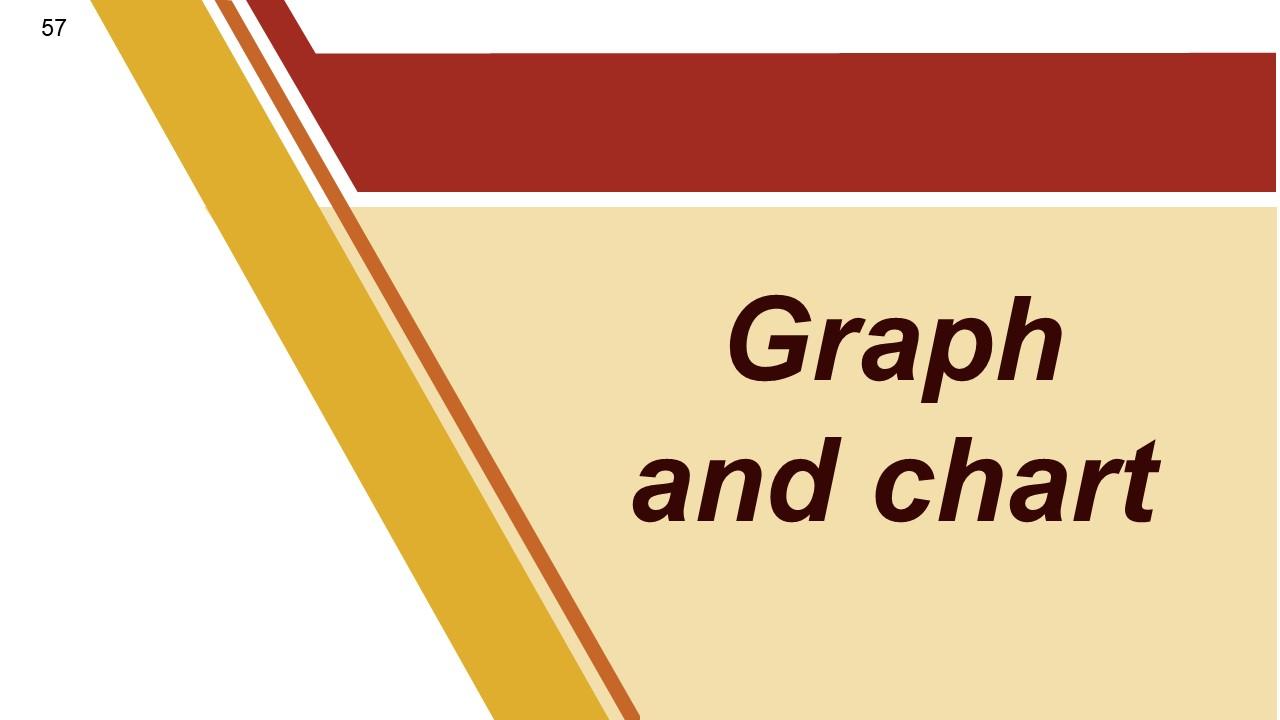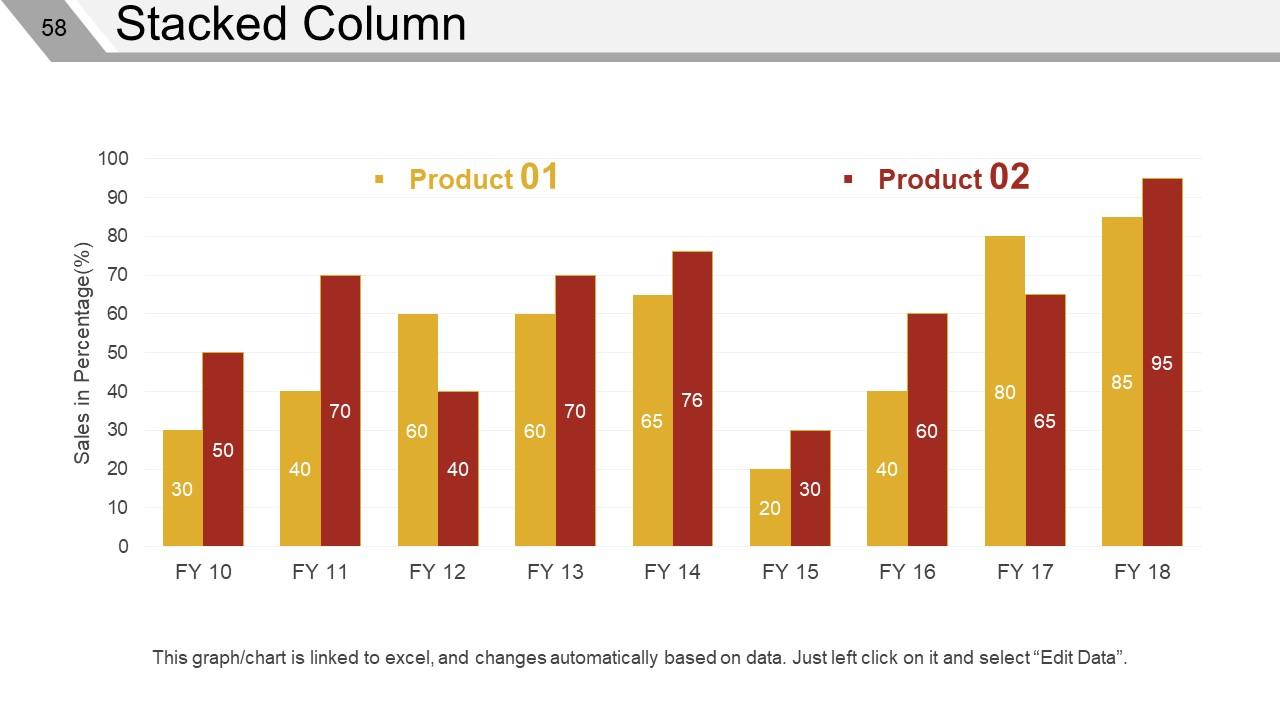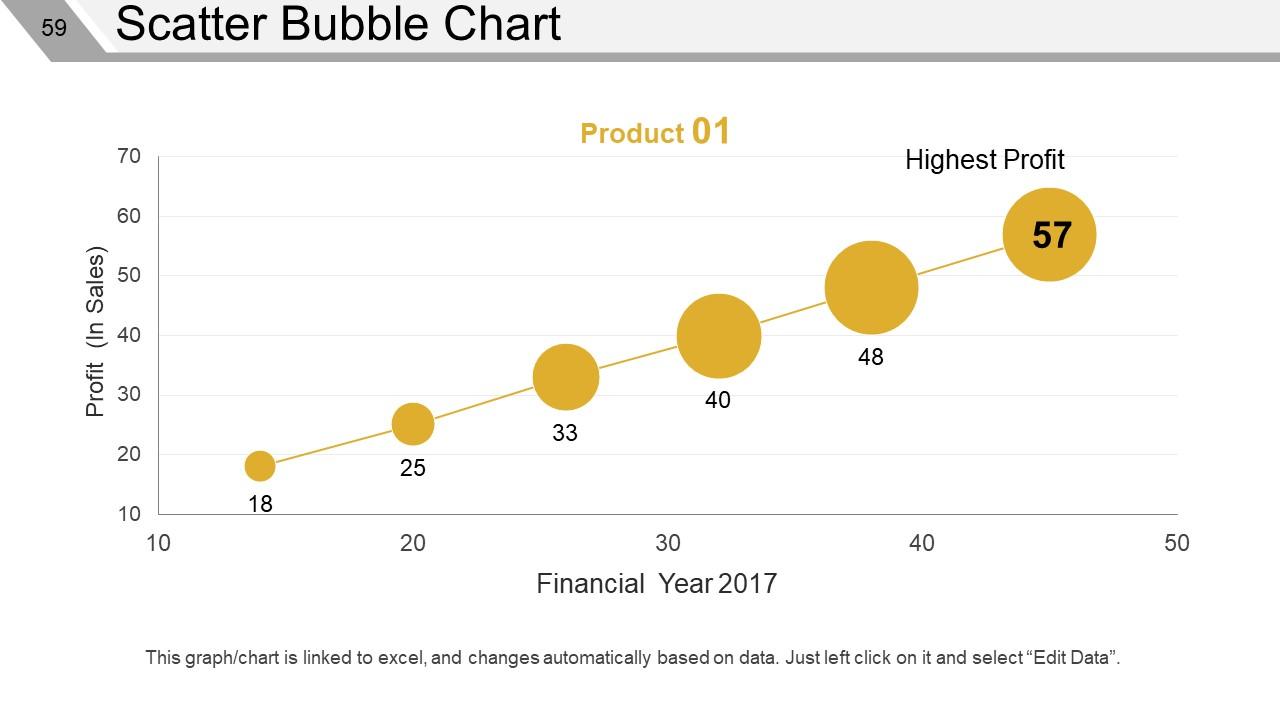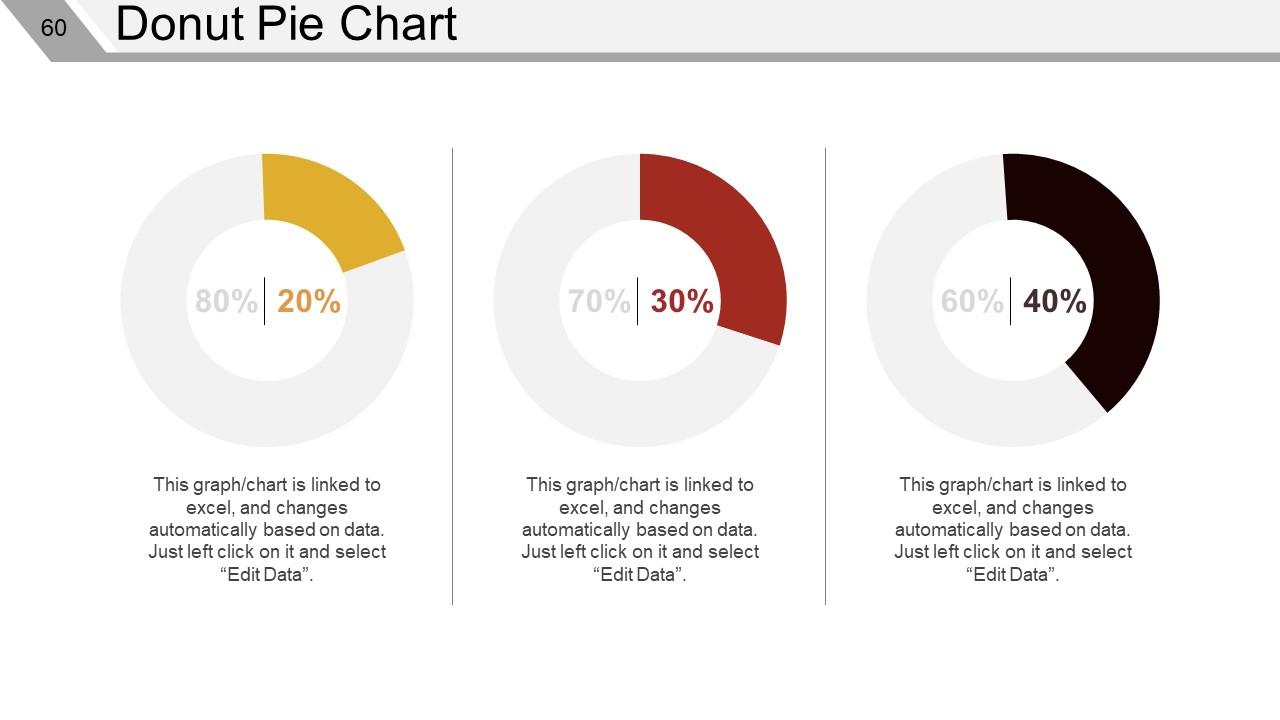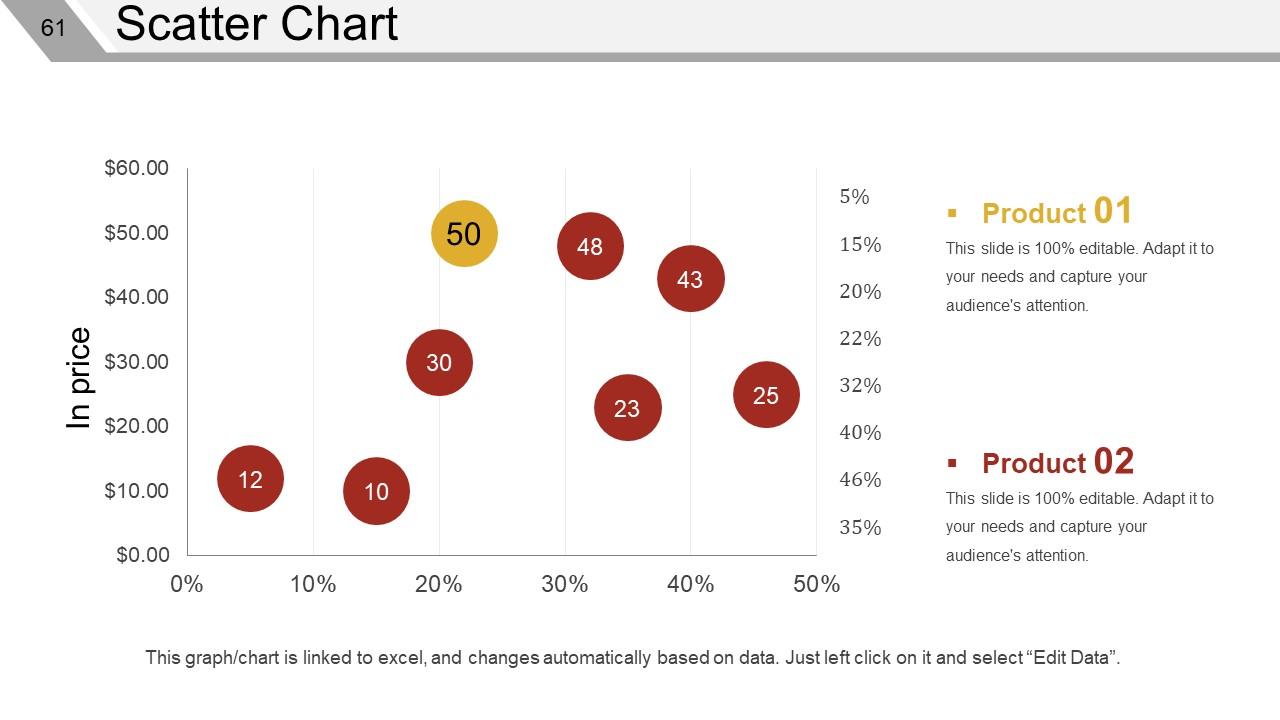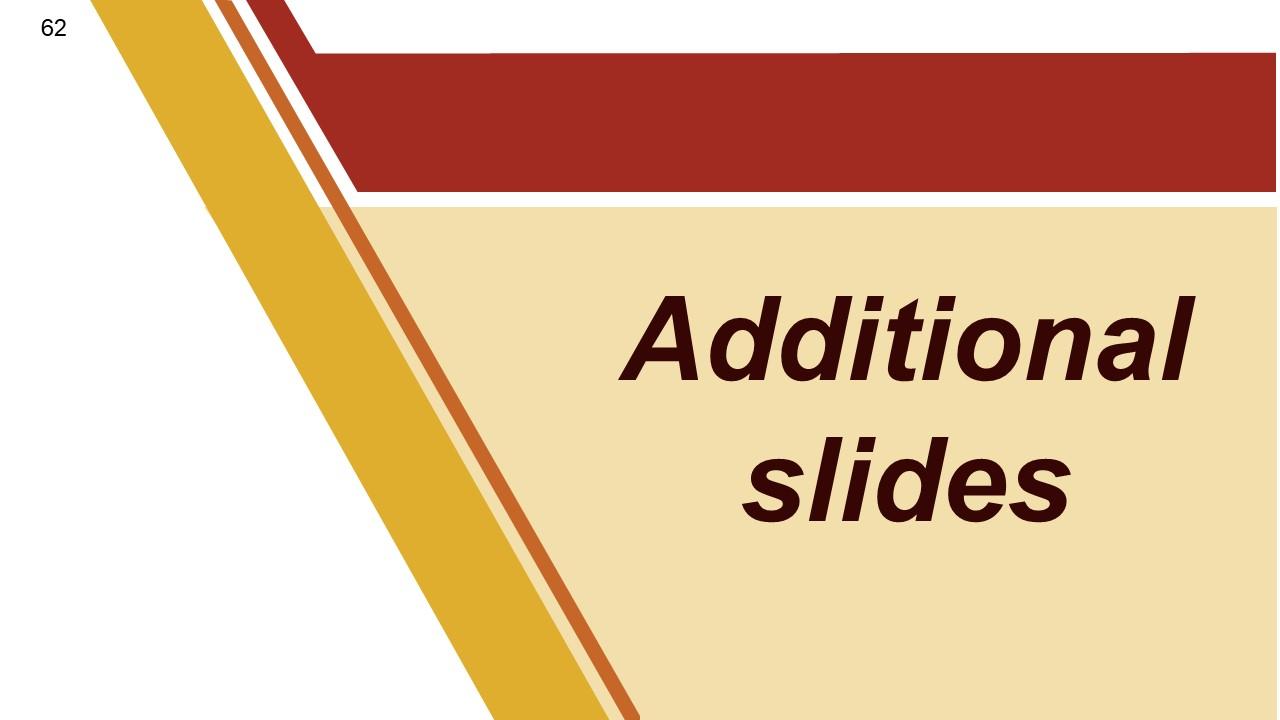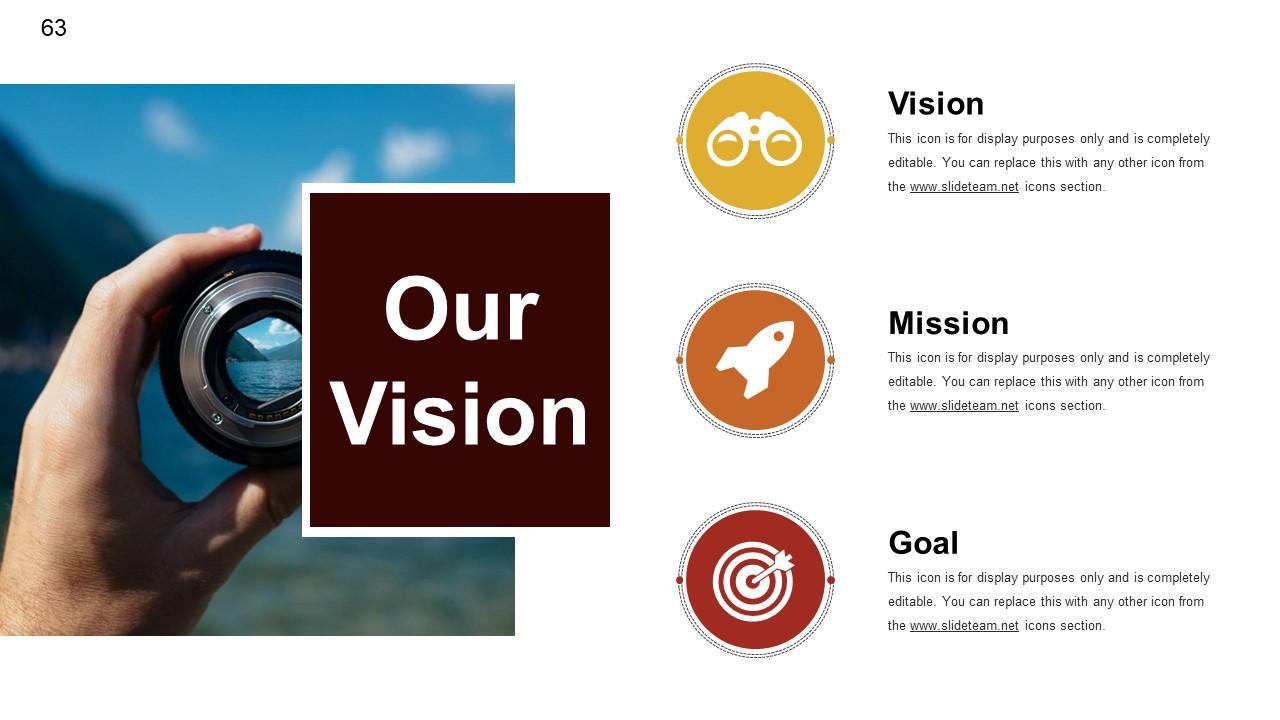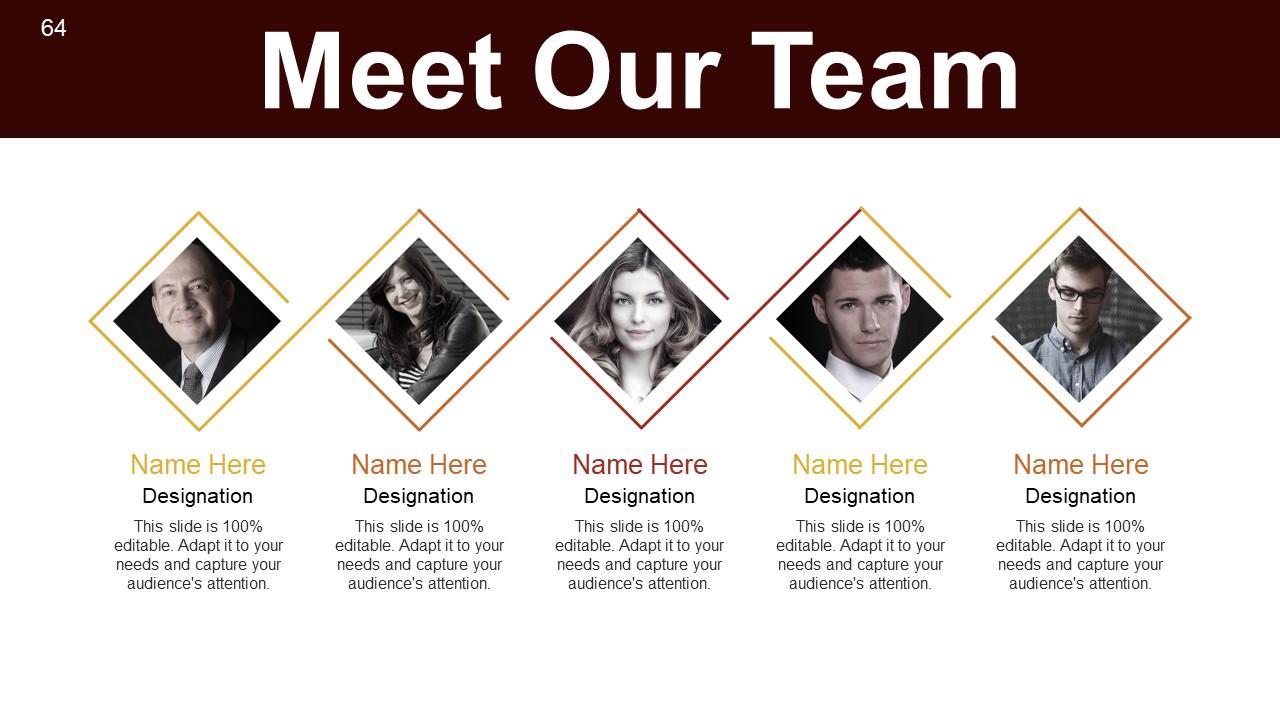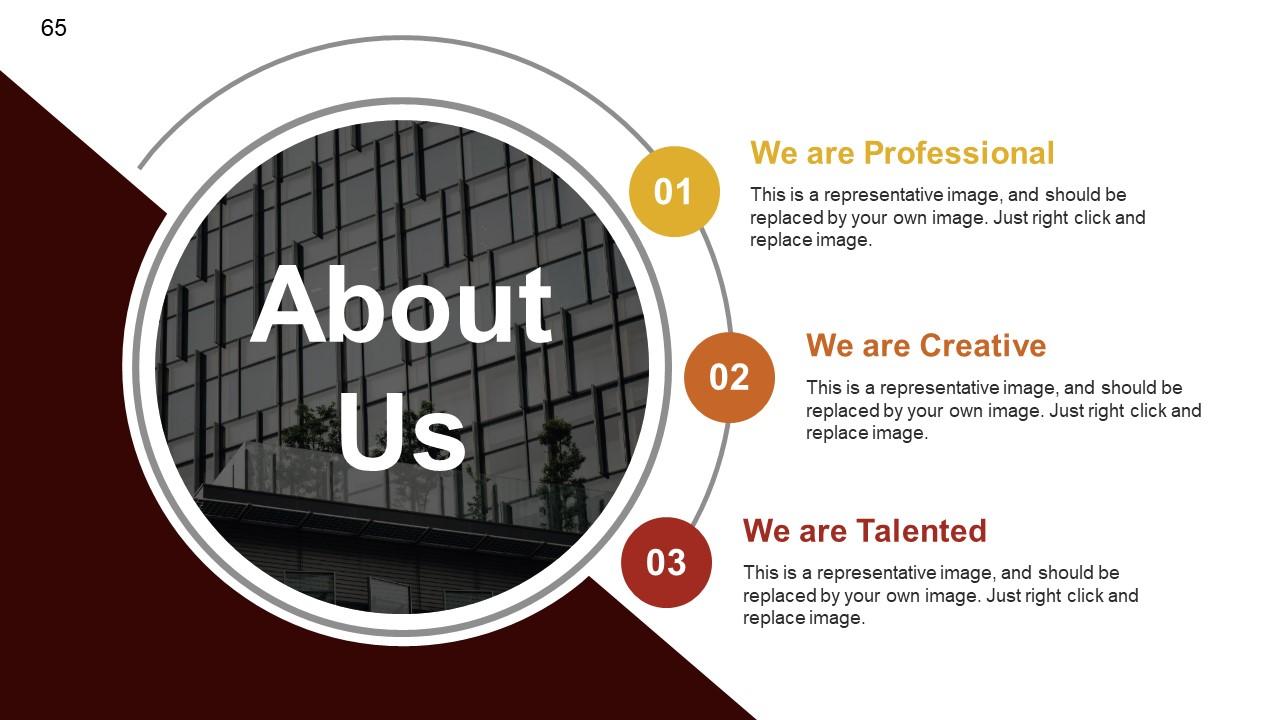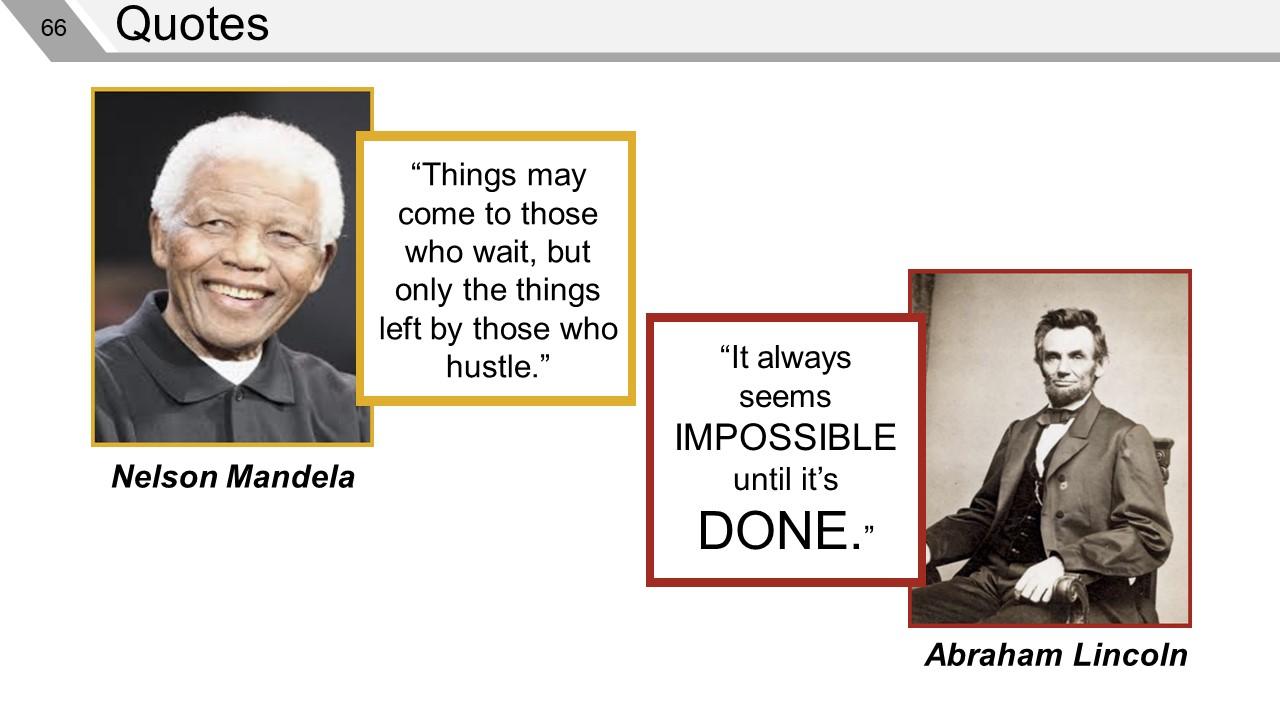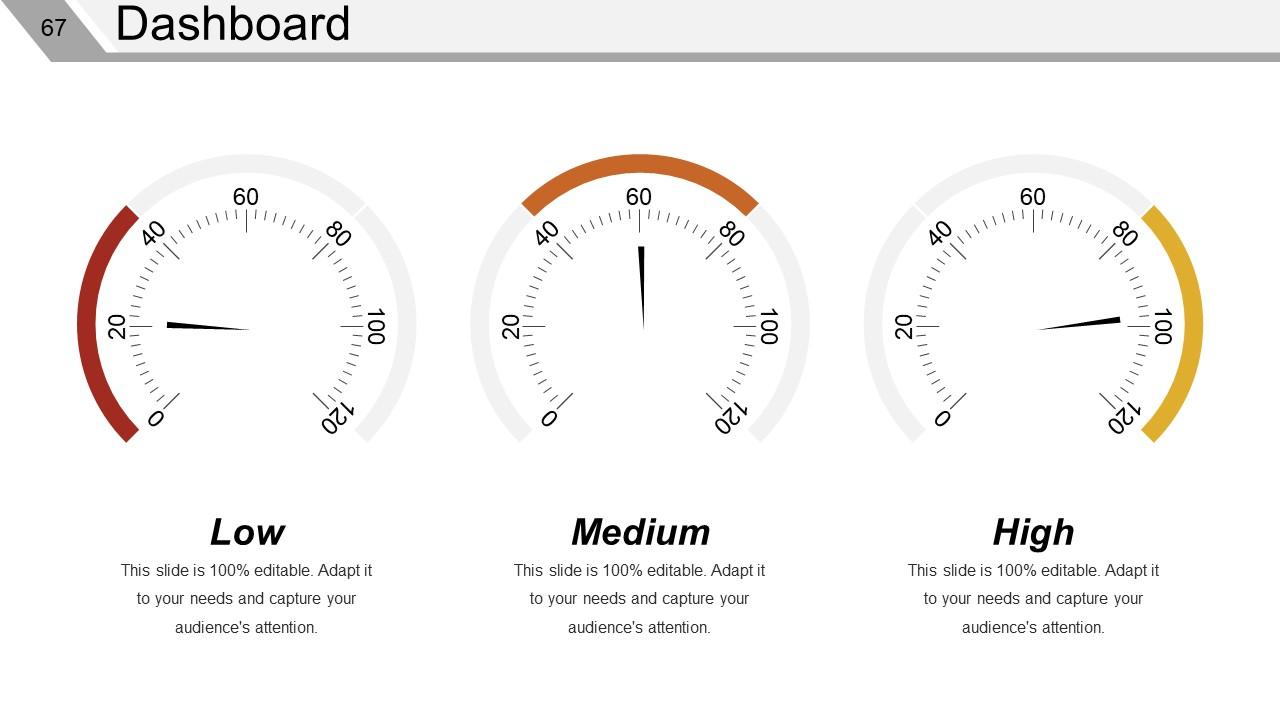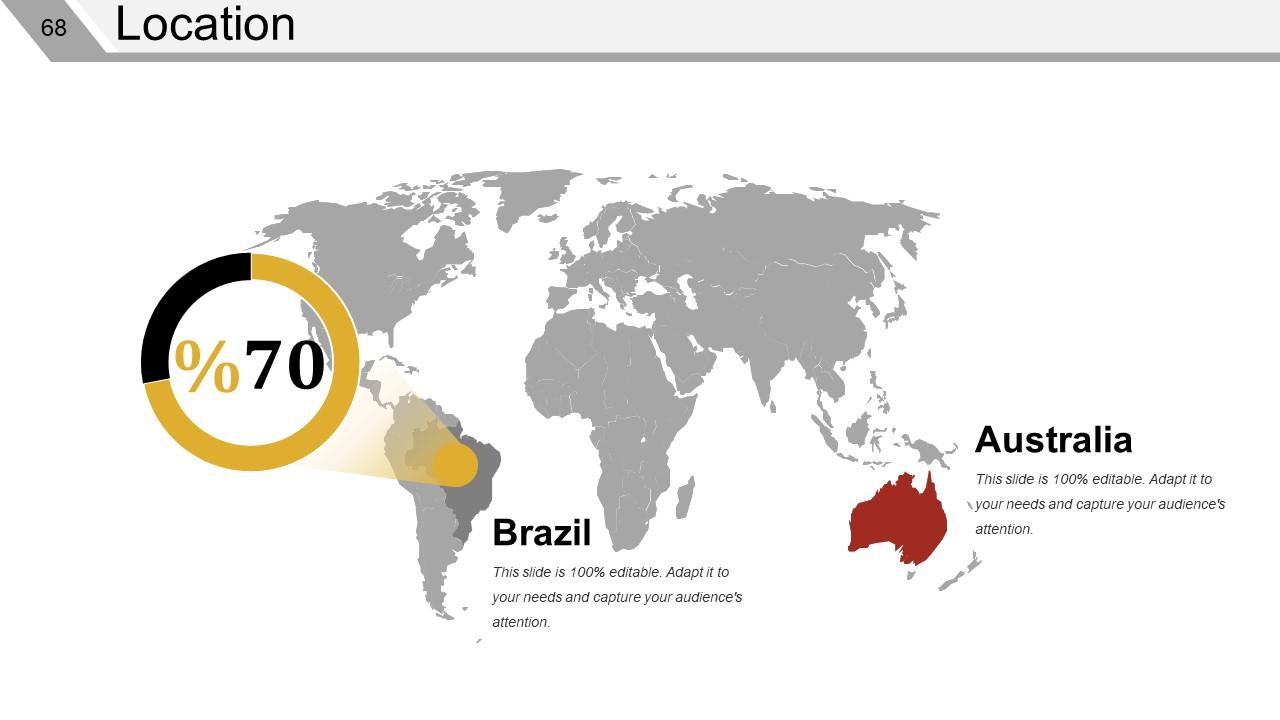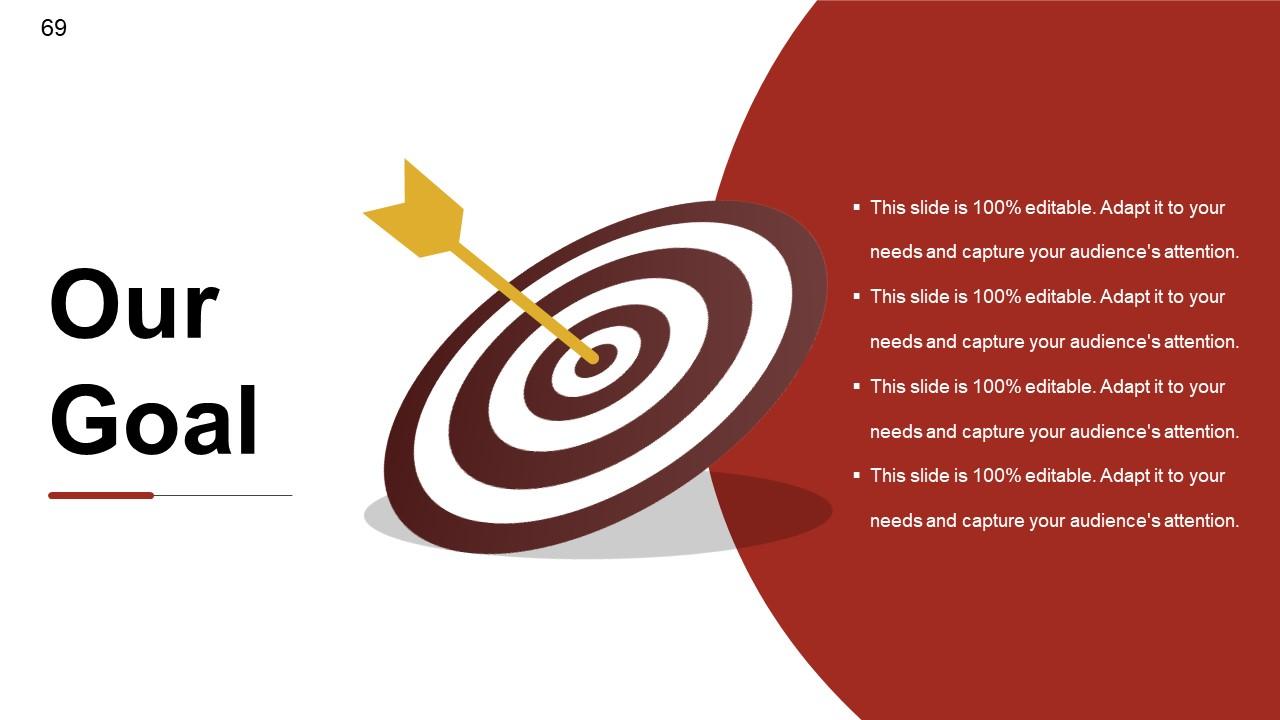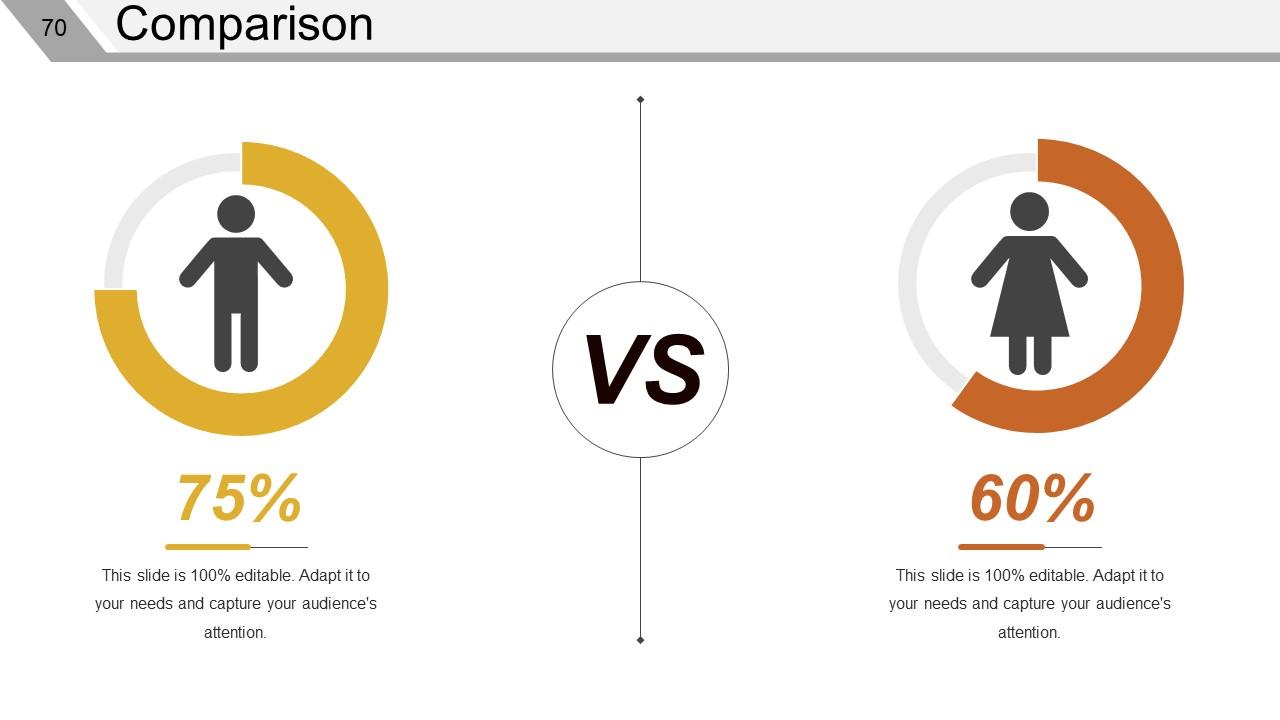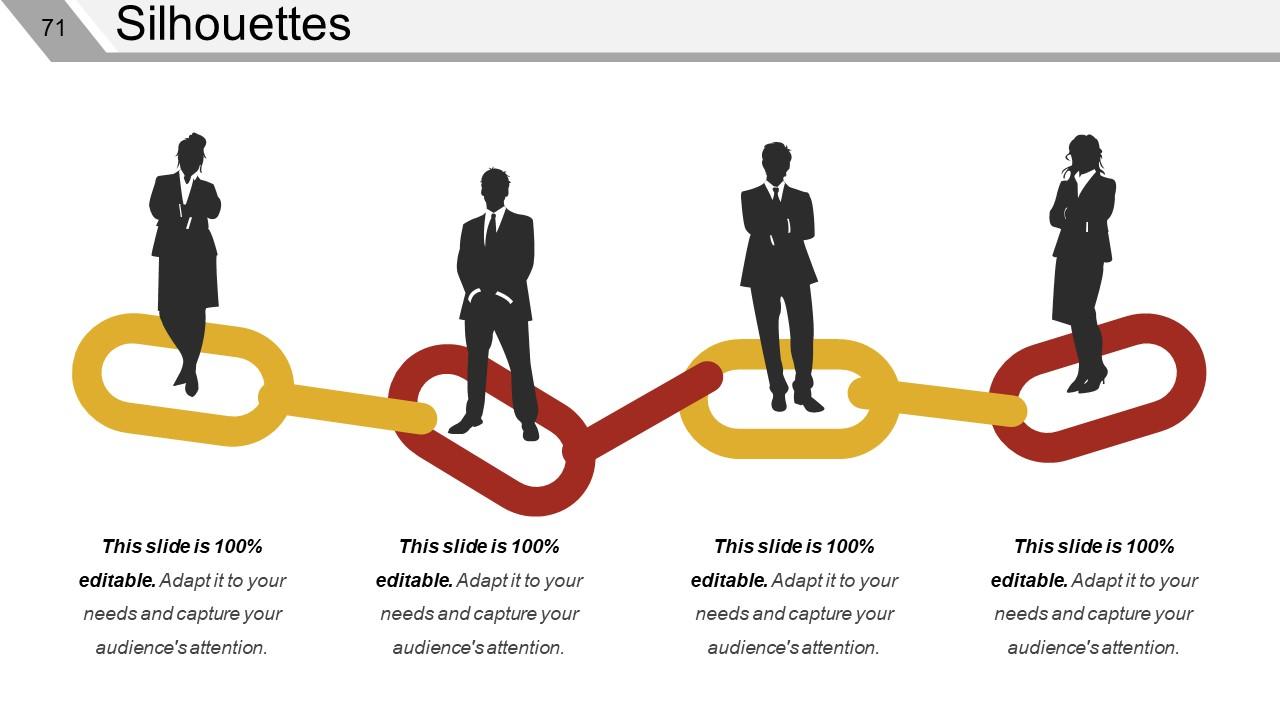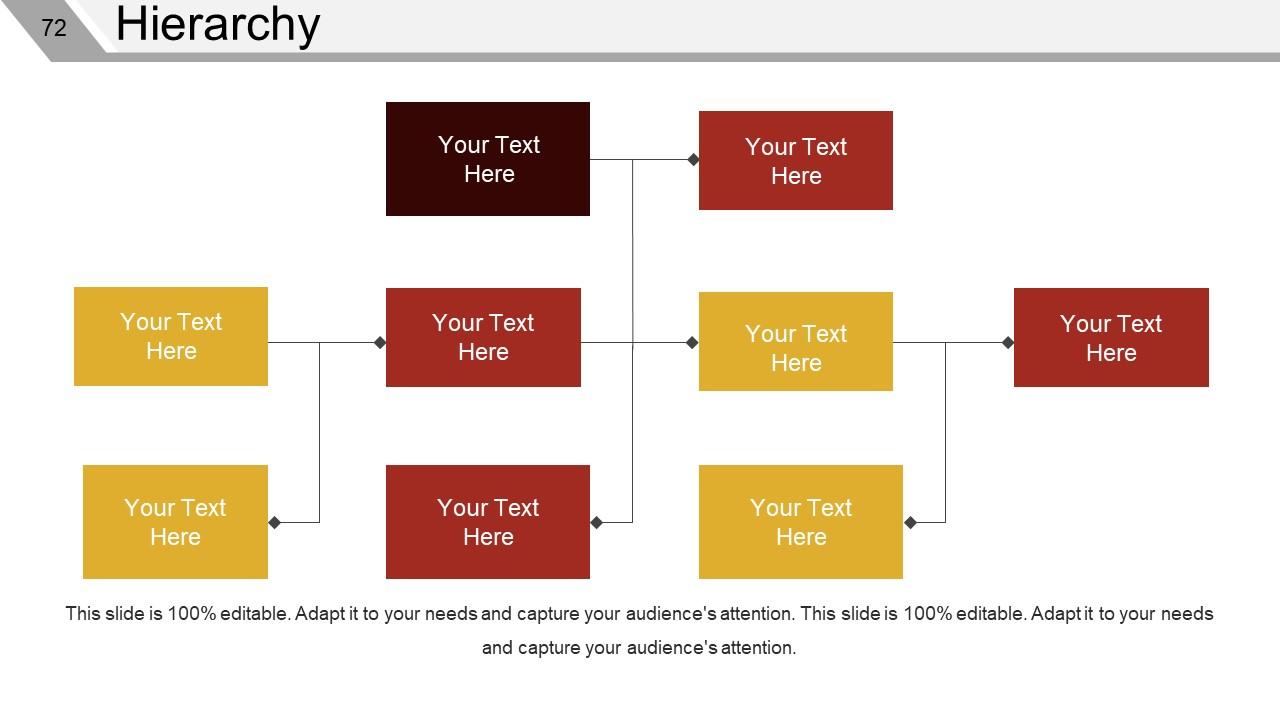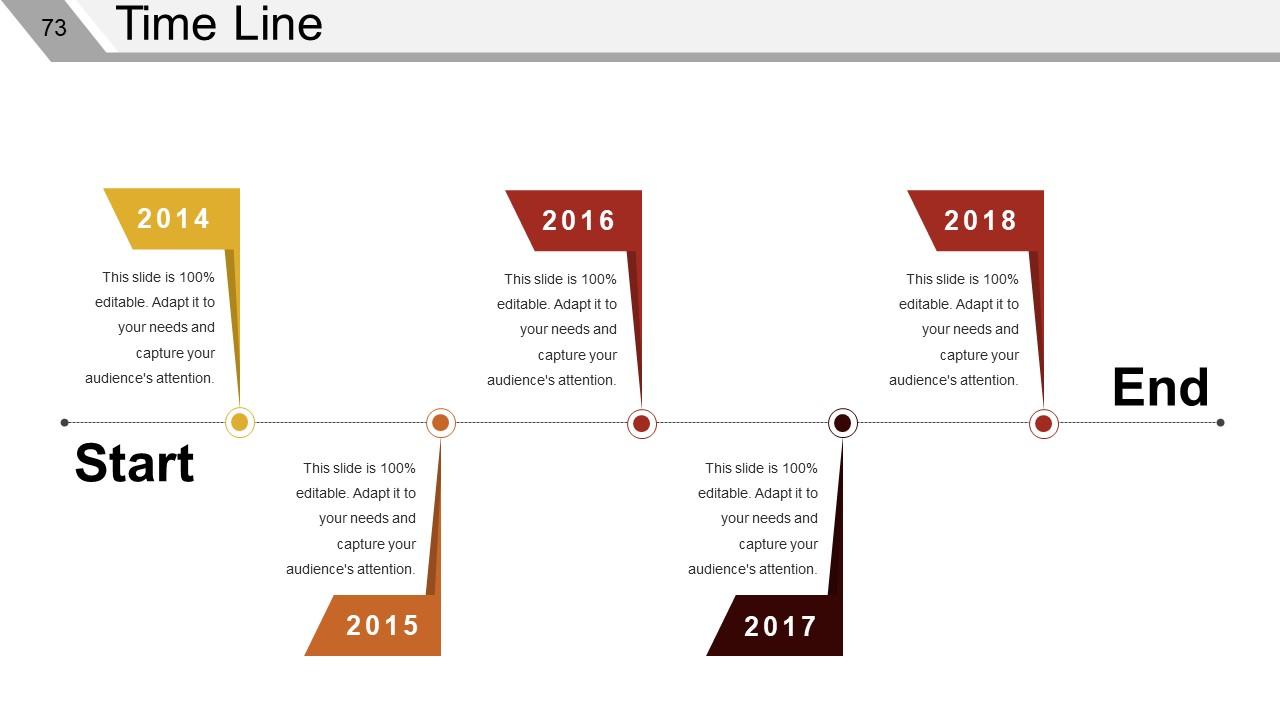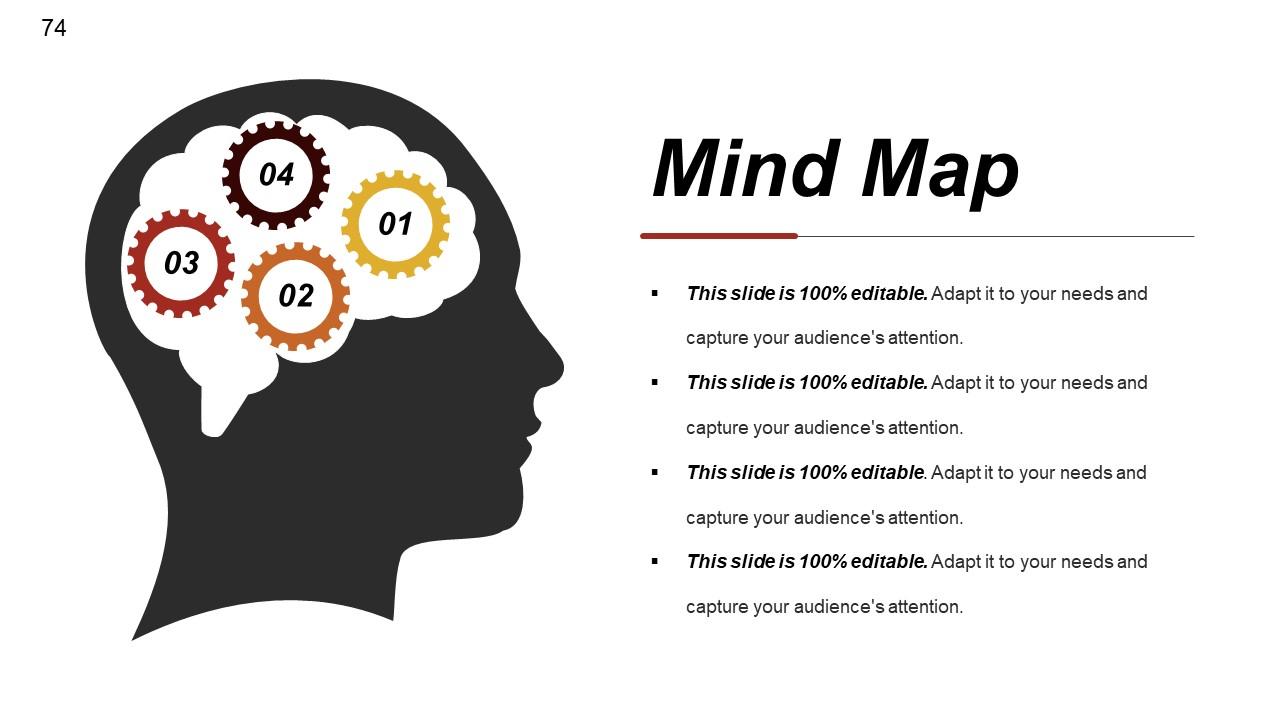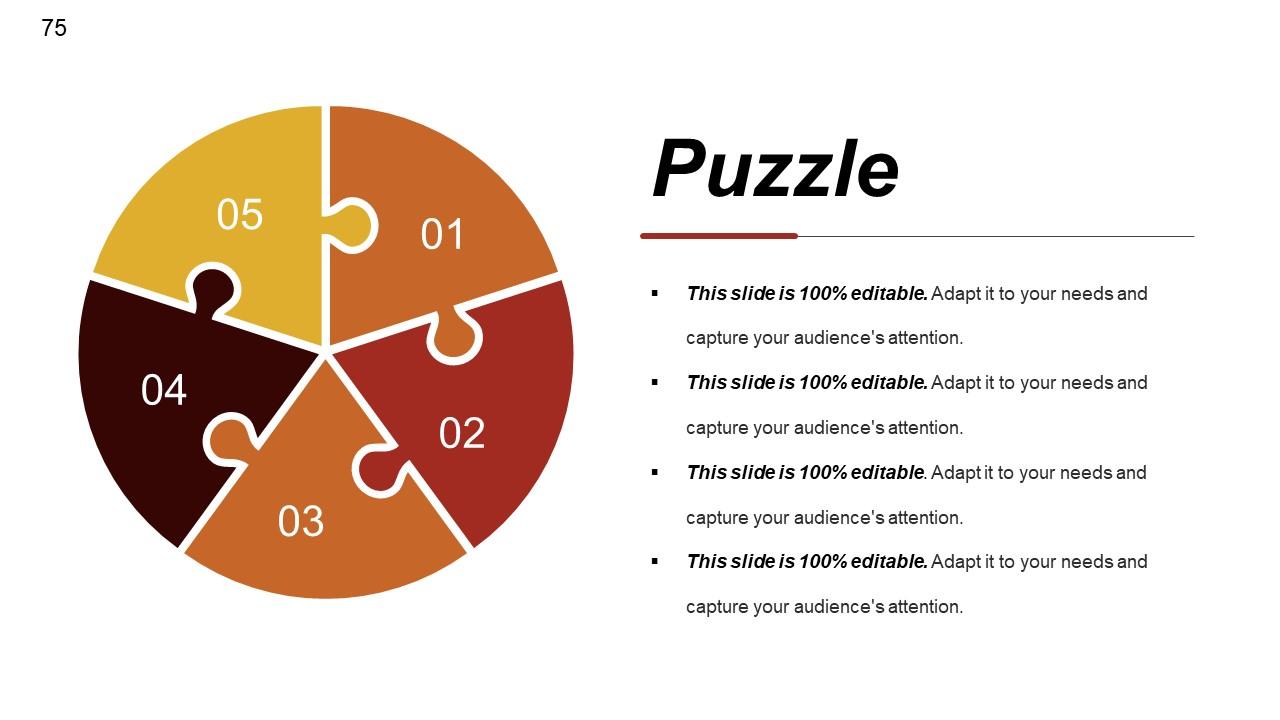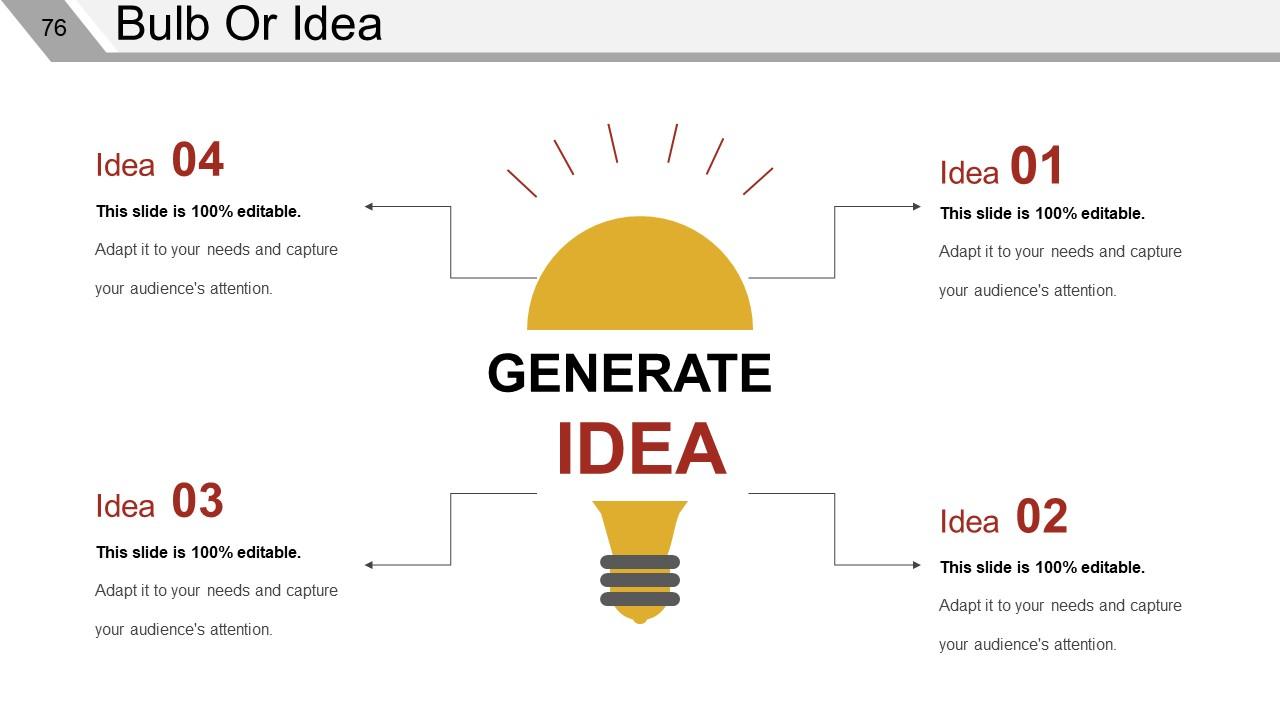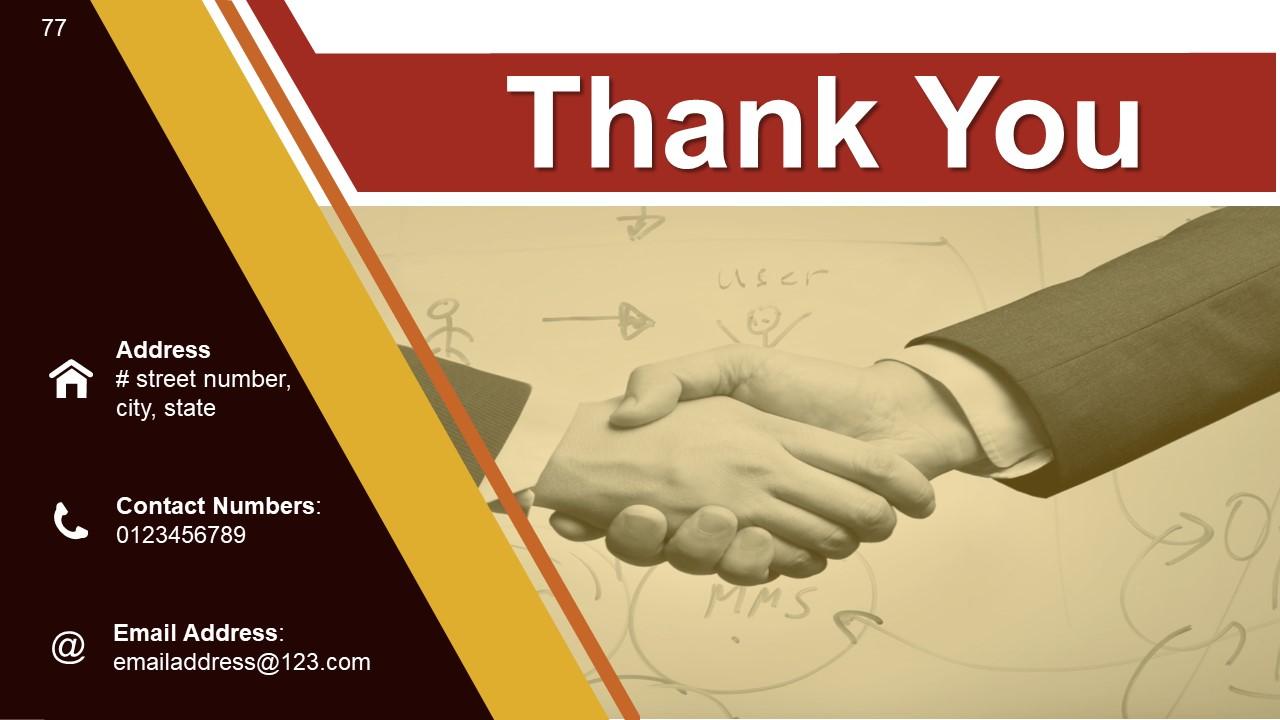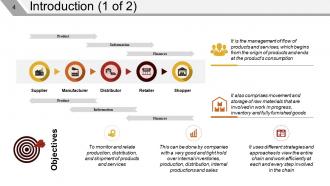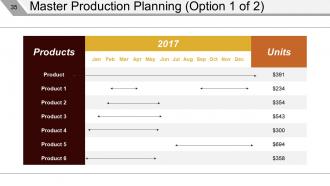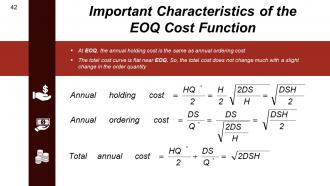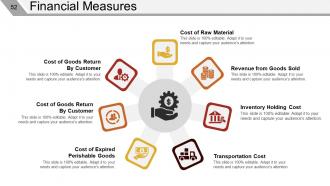Supply Chain Management Review Powerpoint Presentation Slides
Want to present your company’s supply chain management review report? Not finding suitable PPT templates for the same. No worries! We are here to help you out. Download our professionally designed supply chain management review PowerPoint presentation slides that will help you in explaining the various aspects of supply chain management. This supply chain analysis PPT presentation includes a slide on introduction, supply chain management process, SCM decision phases, strategic sourcing process, logistics & IT, planning & forecasting, inventory management, inventory management models, performance measures, a common problem with SCM, components of supply chain etc., which will help you leave an impact on your audience. Our research team has researched for the content and our graphics designers have converted it into an impressive presentation. This order fulfilment presentation PPT is suitable for topics like raw-material management, inventory management, supply chain logistics flow, material management, circular supply chain management, goods, and services flow etc. Download our supply chain management ppt presentations and accomplish your end goals. Want to present your company’s supply chain management review report? Not finding suitable PPT templates for the same. No worries! We are here to help you out. Download our professionally designed supply chain management review PowerPoint presentation slides that will help you in explaining the various aspects of supply chain management. This supply chain analysis PPT presentation includes a slide on introduction, supply chain management process, SCM decision phases, strategic sourcing process, logistics & IT, planning & forecasting, inventory management, inventory management models, performance measures, a common problem with SCM, components of supply chain etc., which will help you leave an impact on your audience. Our research team has researched for the content and our graphics designers have converted it into an impressive presentation. This order fulfilment presentation PPT is suitable for topics like raw-material management, inventory management, supply chain logistics flow, material management, circular supply chain management, goods, and services flow etc. Download our supply chain management review PowerPoint presentation and accomplish your end goals. Camaraderie comes alive due to our Supply Chain Management Review Powerpoint Presentation Slides. Friendly feelings get expressed.
Want to present your company’s supply chain management review report? Not finding suitable PPT templates for the same. No w..
- Google Slides is a new FREE Presentation software from Google.
- All our content is 100% compatible with Google Slides.
- Just download our designs, and upload them to Google Slides and they will work automatically.
- Amaze your audience with SlideTeam and Google Slides.
-
Want Changes to This PPT Slide? Check out our Presentation Design Services
- WideScreen Aspect ratio is becoming a very popular format. When you download this product, the downloaded ZIP will contain this product in both standard and widescreen format.
-

- Some older products that we have may only be in standard format, but they can easily be converted to widescreen.
- To do this, please open the SlideTeam product in Powerpoint, and go to
- Design ( On the top bar) -> Page Setup -> and select "On-screen Show (16:9)” in the drop down for "Slides Sized for".
- The slide or theme will change to widescreen, and all graphics will adjust automatically. You can similarly convert our content to any other desired screen aspect ratio.
Compatible With Google Slides

Get This In WideScreen
You must be logged in to download this presentation.
PowerPoint presentation slides
Presenting Supply Chain Management Review PowerPoint Presentation Slides. This presentation consists 77 slides that are editable as per needs. alter the fonts, colors and slide background as per your requirements. You can download the presentation slides in both widescreen (16:9) and standard screen (4:3) aspect dimensions. Presentation is entirely compatible with Google Slides and other online software’s. PPT templates can be saved in JPG or PDF format. You can personalize the PPT slides by incorporating business name, trademark or logo. Premium product support is provided.
People who downloaded this PowerPoint presentation also viewed the following :
Content of this Powerpoint Presentation
Slide 1: This slide introduces Supply Chain Management Review. State Your Company Name and begins.
Slide 2: This slide shows Deck Outline as follows- Supply Chain Management Process, SCM Decision Phases, Strategic Sourcing Process, Logistics & IT, Introduction, Planning & Forecasting, Inventory Management, Inventory Management Models, Performance Measures, Common Problems with SCM.
Slide 3: This slide shows Introduction and further descripin these following steps- SCM Introduction, Goals, Advantages, SCM Implementation Steps, SCM Process Flow, Supply Chain Components.
Slide 4: This slide showcases Introduction with these important factors- Objectives, Finances, Information, Product, Finances, Information, Product, Supplier, Manufacturer, Distributor, Shopper, Retailer. You can use as it is or make changes as per your business needs.
Slide 5: This slide shows Introduction with the stages of the supply chain which you can use as such or edit your data- Supply Chain Management, Purchasing And Supply Management, Physical Distribution, Management, Materials Management, Logistics, Information Flow, Physical Flow, End Customer, Demand Side, Supply Side, Second Tier Customer, First Tier Customer, Second Tier Supplier, First Tier Supplier.
Slide 6: This slide shows Components Of The Supply Chain with these components which are- Supply, Manufacturing, Distribution & Warehousing, Retail, Consumer.
Slide 7: This slide presents Components Of The Supply Chain with these connected parameters- Outbound Logistics, Inbound Logistics, Internal Logistics, Bottle Manufacturing Plant, Oil Drilling, Plastic Manufacturer, Label Printer Maker, Paper Manufacturer, Plantation, Juice Butting Plan, Juicing Farm, National Distribution Center, Focal Firm, Regional Distribution Center, Shops Supermarkets Vending.
Slide 8: This slide presents Company Timeline. This slide also demonstrates the flow of Material, Information & Money across the value chain and showcases all the important steps in the SCM process.
Slide 9: This slide showcases SCM Advantages and here we have some of the advantages listed- Develops better customer relationship and service, Creates better delivery mechanisms for products and services in demand with minimum delay, Improvises productivity and business functions, Minimizes warehouse and transportation costs, Minimizes direct and indirect costs, Assists in achieving shipping of right products to the right place at the right time, Enhances inventory management, supporting the successful execution of just-in-time stock models.
Slide 10: This slide shows SCM Implementation Steps as follows- Developing An SCM Vision, Assessing Supply Chain Opportunities, Developing An SCM Strategy, Creating The Optimum SCM Organizational Structure, Establishing The SCM Information And Communication Network, Translating The SCM Strategy Into Actions.
Slide 11: This slide presents five steps SCM Goal and these are some we have listed- To leverage inventory as a shared resource and utilize the distributed order management technology to complete orders from the optimal node in the supply chain, Cost efficient and cheap products are necessary, but supply chain managers need to concentrate on value creation for their customers, To maximize resource productivity, construct standardized processes, remove duplicate efforts and minimize inventory levels, Increased expectations of clients for higher product variety, customized goods, off-season availability of inventory and rapid fulfillment should be matched.
Slide 12: This slide displays Supply Chain Management Process. There are six important steps involved in Supply chain management process. Each of these steps have been discussed separately in the later slides.
Slide 13: This slide showcases SCM Process - Plan with these few specification- Plant Location, Plant Size, Warehouse Designing Plan, Delivery Models, IT Solutions, Transportation Cost Modeling. Planning is the strategic part of supply chain management process, to find out a best possible blueprint of how to fulfill the end requirement. SCM managers should identify a list of key parameters as mentioned in this slide.
Slide 14: This slide presents SCM Process - Plan showing in tabular form. At this stage of supply chain management, the emphasis is on to ascertain the most reliable of suppliers for raw materials so that production process would never jeopardize. a capable supplier is one thing, but there should be a tangible system in place for the continuous development of suppliers which would boost their efficiency as well.
Slide 15: This slide shows SCM Process - Execute. This is the stage where well designed processes are implemented so that a perceivable shape is given to existing plans in the form of manufactured products which are ready for testing, packaging, and delivery.
Slide 16: This slide presents SCM Process - Deliver. The managers have a task at hand to deliver the product/service in the right quantity, at the right place and right time by employing suitable carriers. Supply chain managers should be fully equipped with modern IT tools to keep a track on the following parameters.
Slide 17: This slide showcases SCM Decision Phases like these three we have listed- Supply Chain Strategy, Supply Chain Planning, Organizational Strength, Strategy, Planning & Operations are the three important steps of SCM decision process. This is a summary slide and guidelines have been mentioned in the boxes which will further help in writing the key points under each step.
Slide 18: This slide presents Strategic Sourcing Process with these primary steps you can use for your benefits- Understanding the Spent Category, Supplier Market Assessment, Supplier Survey, Building the Strategy, RFx Request, Communication with new suppliers, These are the important steps in the strategic sourcing process from your vendor. Each of this steps have been discussed in separate slides
Slide 19: This slide shows Understanding The Spent Category. The five major segments that are analyzed in the first stage are as follows Complete previous expenditure records and volumes, Expenditures divided by items and sub items, Expenditures by division, department or user, Expenditures by the supplier, Future demand projections or budgets.
Slide 20: This slide represents Supplier Market Assessment with some key parameters to considered- The second step includes frequent assessment of the supplier market for pursuing substitute suppliers to present incumbents, A thorough study of the supplier marketplace dynamics and current trends is done, The major element of the key products design is should-cost, Along with it, an analysis on the major suppliers’ sub-tier marketplace and examination for any risks or new opportunities are also important, The should-cost analysis supplies a valuable tool that drives minimizing of cost and regular progress efforts of the supplier.
Slide 21: This slide displays Supplier Survey showing these important parameters- The third step is developing a supplier analysis for both incumbent and potential substitute suppliers, This analysis assists in examining the skills and abilities of a supplier, Data collected from incumbent suppliers is used for verifying spend information that suppliers have from their sales systems.
Slide 22: This slide showcases Building The Strategy and these are the few strategy points to consider- How willing is the marketplace to oppose the supplier, How supportive are the clients of a firm for testing incumbent supplier relationships, What are the substitutes to the competitive assessment.
Slide 23: This slide presents Strategic Sourcing – Next Steps with these following points to be noted- RFx Request, Communication, Selection.
Slide 24: This slide showcases Order Fulfillment Process- Customer, Sales Department, Credit & Billing, Shipping.
Slide 25: This slide presents Steps Of Order Fulfillment with these following stages- Order Management, Customer, Merchant, Fulfillment & Delivery, Customer, Return, Fulfillment.
Slide 26: This slide showcases Logistics & IT with three main categories- Transportation Medium, Transportation Challenges, IT in SCM.
Slide 27: This slide presents Transportation Medium with these important means- Plane, Truck, Rail, Ship, Electronic.
Slide 28: This slide displays Transportation Challenges with these parameters- Varying Fuel Prices, Customer’s Expectation, Improvised Technologies, Globalization, Changing Transportation Industry, Labor Laws, Economic Uncertainty.
Slide 29: This slide showcases Information Technology in a Supply Chain: Analytical Applications.These demonstrates the most commonly used IT/ERP tools in each stage of the supply chain management. You can edit it as per the tools used in your company.
Slide 30: This slide showcases Planning & Forecasting with these parameters- Production Planning, Budget Forecasting, Demand Forecasting, Sales Forecasting.
Slide 31: This slide shows Supply Chain Management Budget Forecasting. Enter your projected quarterly sales and the budget forecasted for the key categories
Slide 32: This slide presents Demand Forecasting with a graph. You can edit data as per your requirement.
Slide 33: This slide showcases Sales Forecasting with a table with two years of variation.
Slide 34: This slide displays Sales Forecasting with bar graph form and edit/add as per you requirement.
Slide 35: This slide shows Master Production Planning table. You can edit as per your business requirement.
Slide 36: This slide presents Master Production Planning for four weeks of planning. You can add your data and make the best use of it.
Slide 37: This slide shows Inventory Management with these basic requirements- Introduction, EOQ Model, EOQ Model Cost Curves, EOQ Cost, EOQ Important Characteristics, EOQ Basic Assumptions.
Slide 38: This slide represents Inventory Management showing various needful parameters- Manufactures, Warehouse, Distributors, Wholesalers, Customers.
Slide 39: This slide displays Economic Order Quantity (EOQ) Model with a graph chart showing the level and time at which order recieved.
Slide 40: This slide covers the EOQ Model Cost curves with a graph showing. You can use it for your company.
Slide 41: This slide shows EOQ Cost Model. You can add or edit as such using the formula we have given.
Slide 42: This slide displays Important Characteristics of the EOQ Cost Function. We have mentioned some of the formulas you can use to calculate.
Slide 43: This slide shows these three main stages we have mentioned- Bi-Level Optimization, Stochastic Modeling, Uncertainty Modeling.
Slide 44: This slide covers most of the EOQ Assumptions. You can use these or edit as per your usage.
Slide 45: This slide showcases Stochastic Modeling with three of the main categories metioned.
Slide 46: This slide presents Uncertainty Modeling and also it shows graphical representation.
Slide 47: This slide shows Bi-Level Optimization. You can edit data as per your requirement.
Slide 48: This slide presents Performance Measures and these are the key factors we have listed- Financial Measures, Non-Financial Measures.
Slide 49: This slide showcases Non-Financial Measures. You can edit or use as per your requirements.
Slide 50: This slide shows Non-Financial Measures with these four parameters- Raw Material Work-In-Progress Finished Goods Spare Parts Inventory Level Replace the text from the comments box and add the relevant details there.
Slide 51: This slide shows Non-Financial Measures with five main types of resources. The main motto is to utilize all the assets or resources efficiently in order to maximize customer service levels, reduce lead times and optimize inventory levels.
Slide 52: This slide presents Financial Measures. With these seven important factors we can use- Cost of Raw Material, Revenue from Goods Sold, Inventory Holding Cost, Transportation Cost, Cost of Expired Perishable Goods, Cost of Goods Return By Customer, Cost of Goods Return By Customer.
Slide 53: This slide showing Common Problems With SCM these parameters- Theft, Transaction Errors, Information Delays, Misplaced Inventory, Product Quality And Yield, Spoilage, Lack Of Visibility In Scs.
Slide 54: This slide showcases Common Problems With SCM and these are- Poor Delivery Status Information, Poor IT Design, Internal Customer Discrimination, Poor Integration, Elusive Inventory Costs.
Slide 55: This slide presents Supply Chain Optimization. You can use as per your business requirement.
Slide 56: This slide shows Supply Chain Optimization with five steps.
Slide 58: This slide shows a Stacked Line graph in terms of percentage and years for comparison of Product 01, Product 02, Product 03 etc.
Slide 59: This is a Competitive Analysis Scatter Chart slide to present.
Slide 60: This slide showcases Donut Pie Chart for the comparing of the three products.
Slide 61: This is a Competitive Analysis Scatter Chart slide to present- Data Import, Example, Pricing, Support, Update, Tutorials, Easy to use, Users Interface.
Slide 62: This slide is titled Additional slides to proceed forward.
Slide 63: This is a Vision, Mission and Goals slide. State them here.
Slide 64: This is an Our Team slide with name, image&text boxes to put the required information.
Slide 65: This is an About Us slide showing Our Company, Value Client, and Premium services as examples
Slide 66: This is a Quotes slide to convey message, beliefs etc.
Slide 67: This is a Dashboard slide to show- Strategic System, Success, Goal Process, Sales Review, Communication Study.
Slide 68: This is a Location slide to show global growth, presence etc. on world map.
Slide 69: This slide shows Our Goals for your company.
Slide 70: This slide showcases Comparison which can be helpful in comparing products.
Slide 71: This is a Silhouettes slide to show people specific information etc.
Slide 72: This is an hierarchy chart. Use this for the team structure.
Slide 73: This is another slide on Milestones for the next reporting period in timeline form. State your important milestones here.
Slide 74: This slide presents a Mind map with text boxes.
Slide 75: This is a Puzzle image slide to show information, specification etc.
Slide 76: This idea shows an image of Bulb Or Idea to state your facts, notes etc.
Slide 77: This is a Thank You slide for acknowledgement.
Supply Chain Management Review Powerpoint Presentation Slides with all 77 slides:
Create the impression you intended with our Supply Chain Management Review Powerpoint Presentation Slides. Convey your brainwave exactly as you had imagined.
-
Nice and innovative design.
-
Easy to edit slides with easy to understand instructions.


